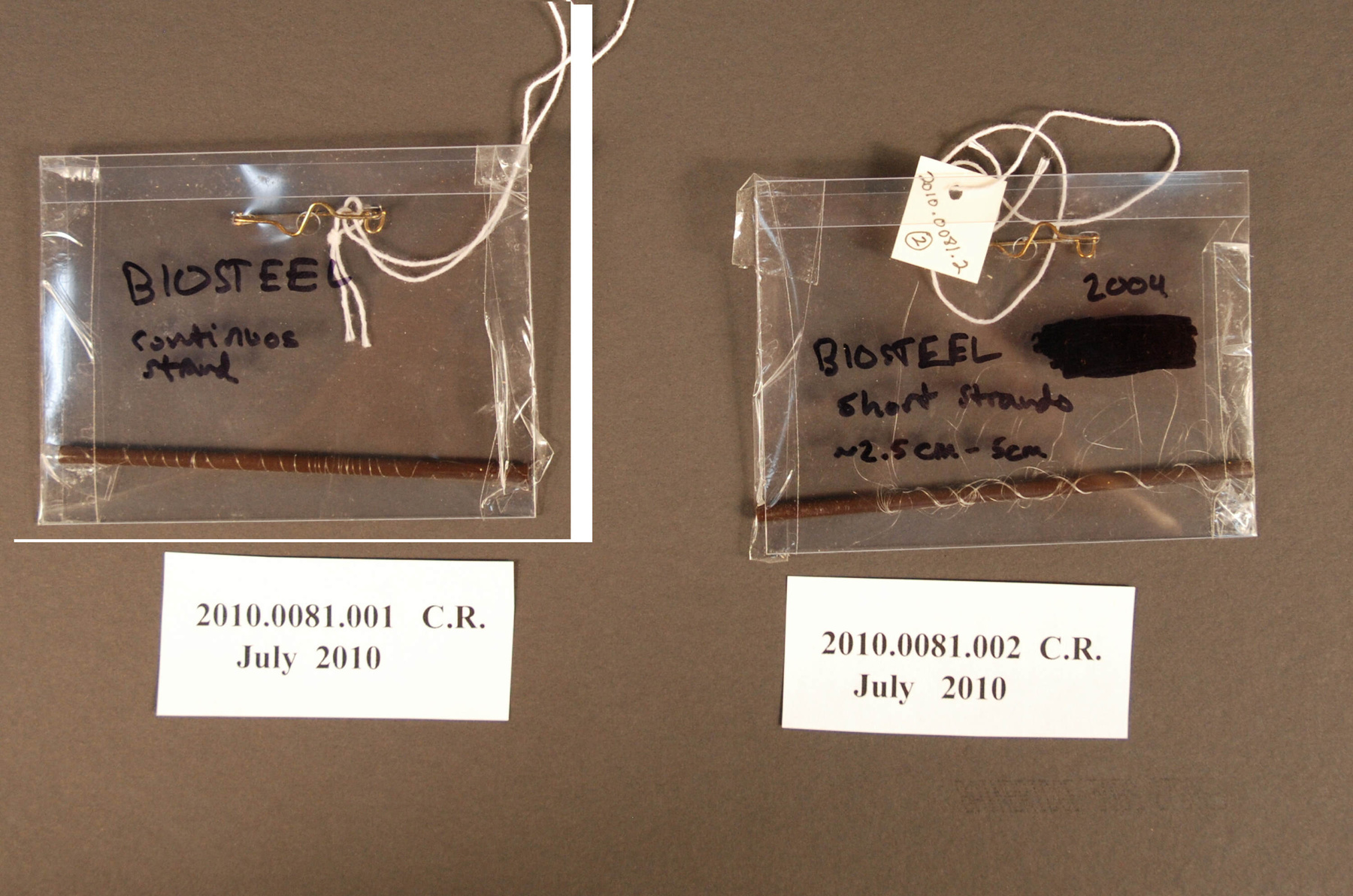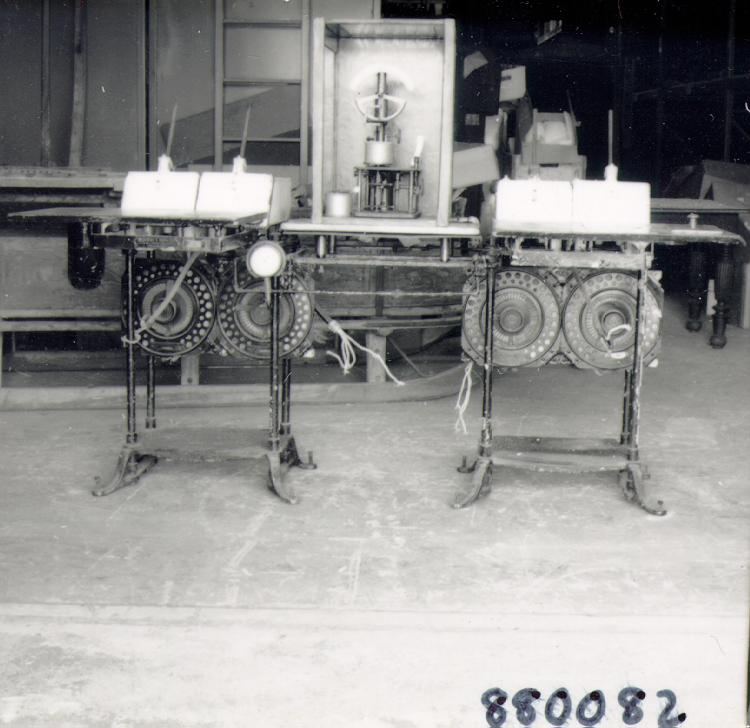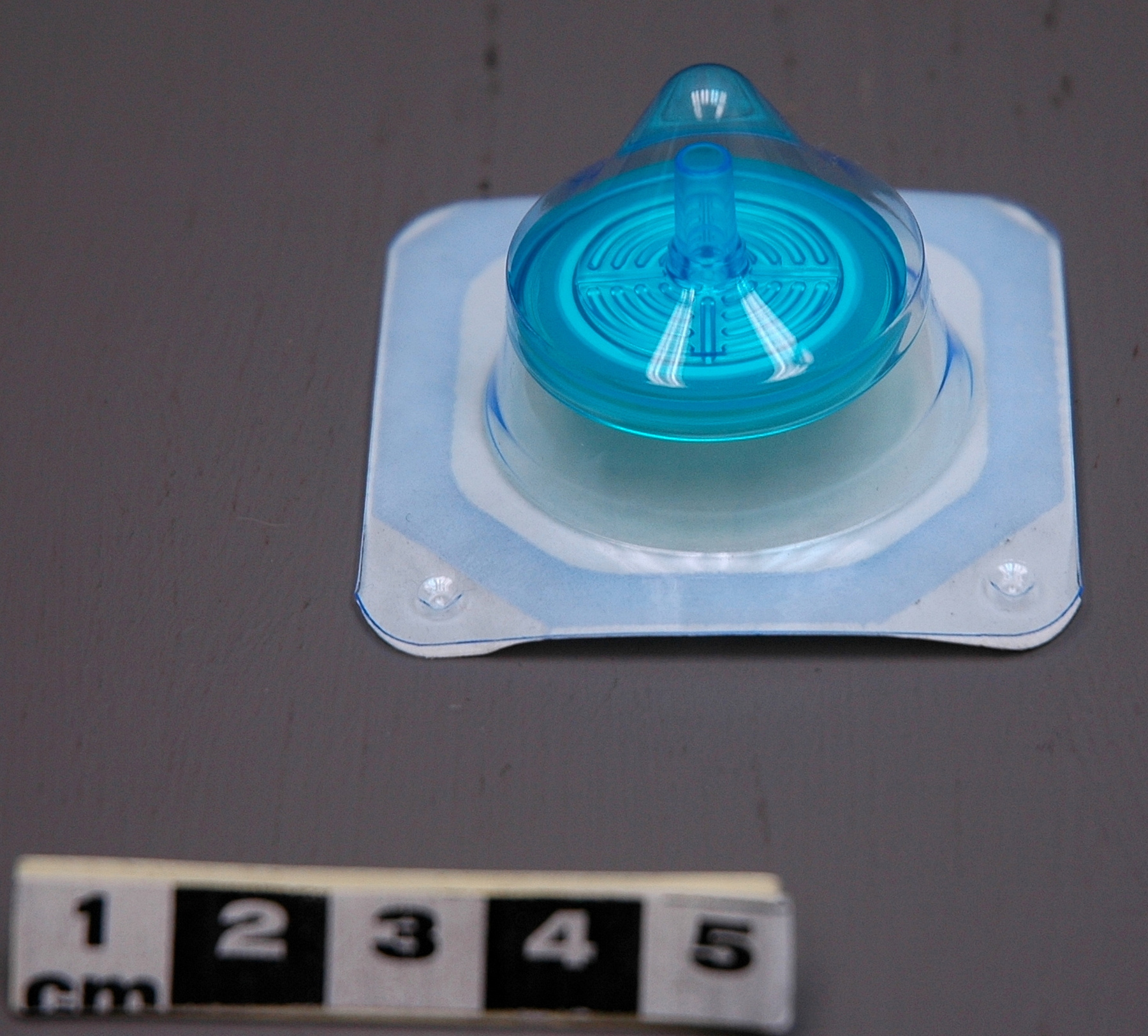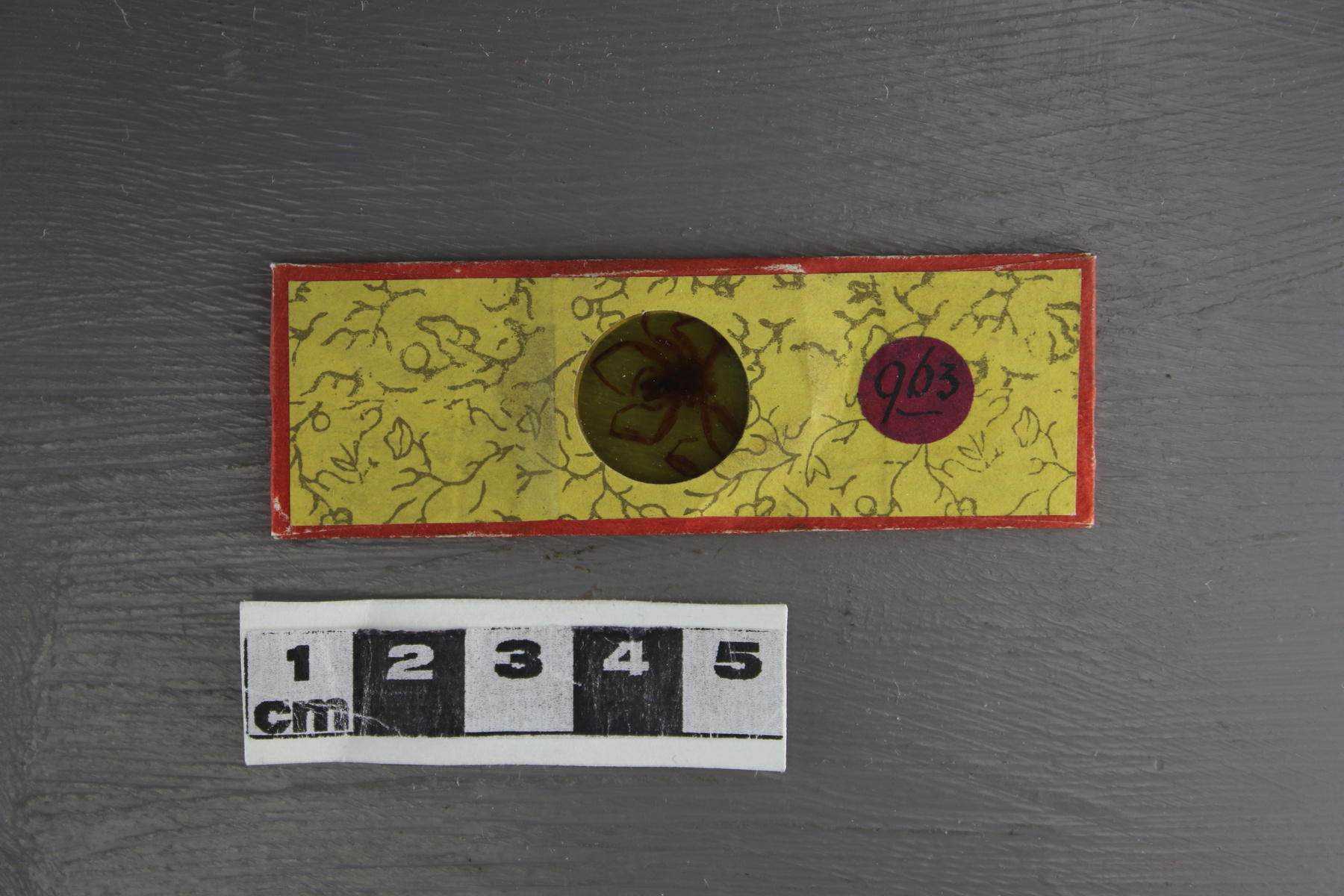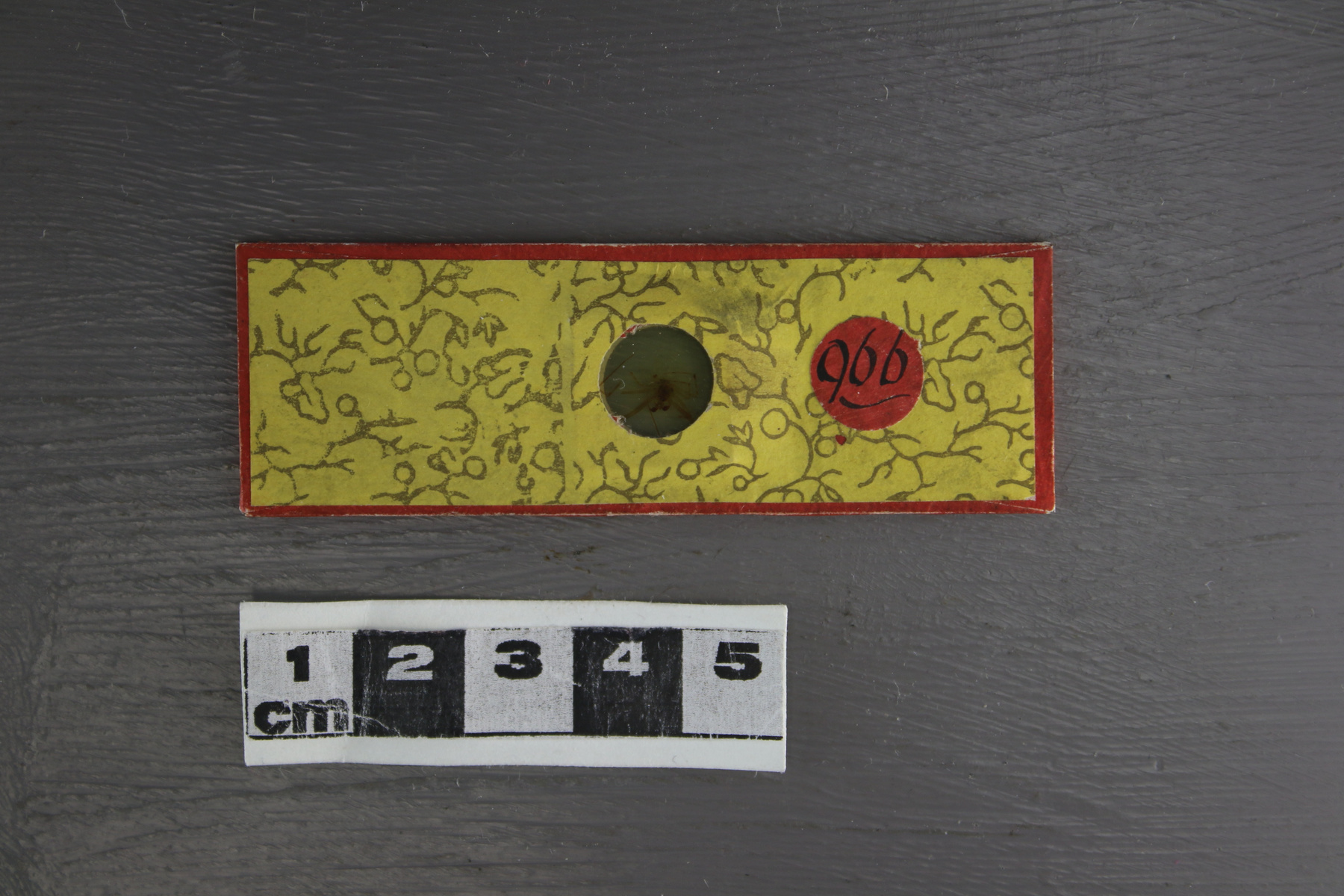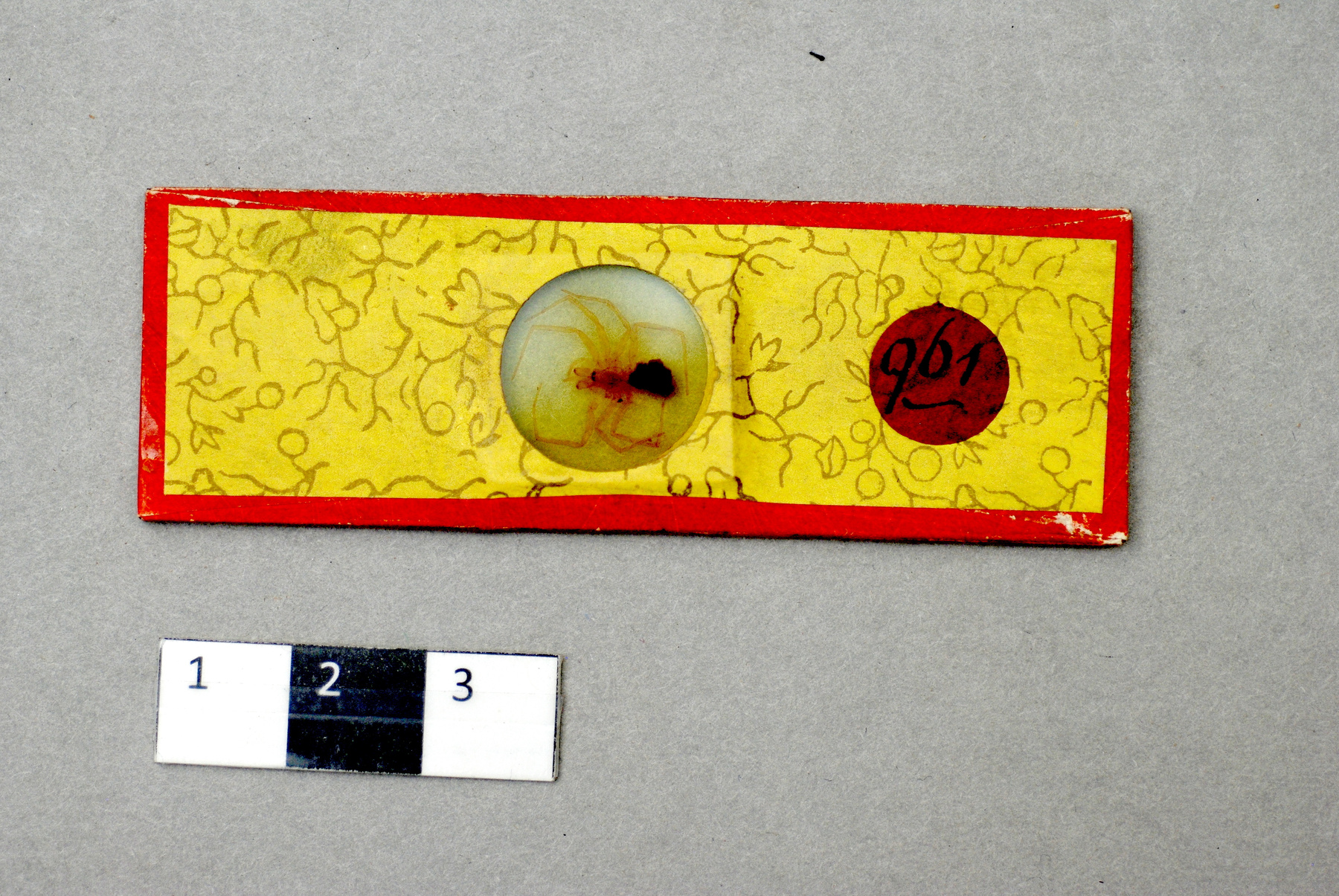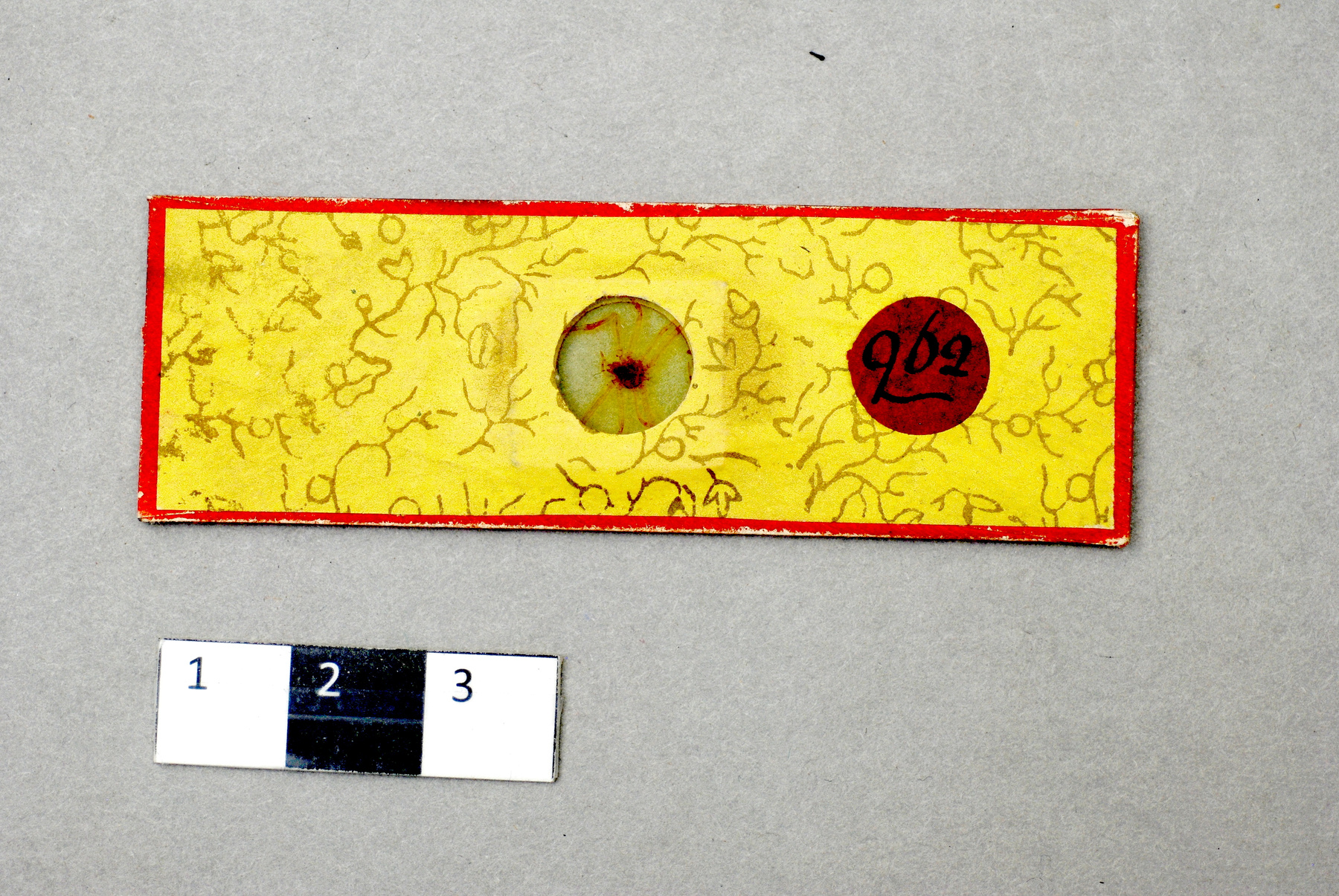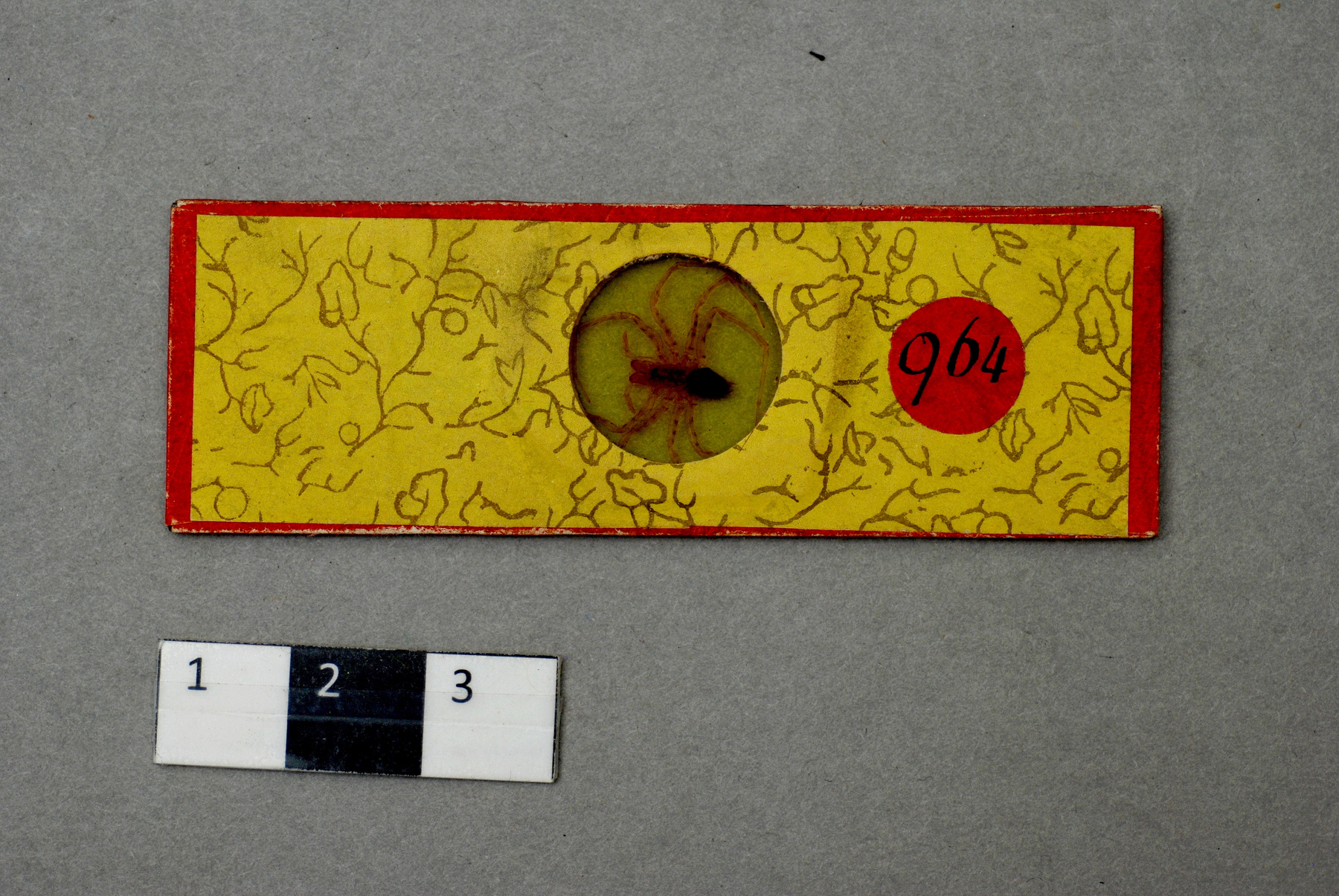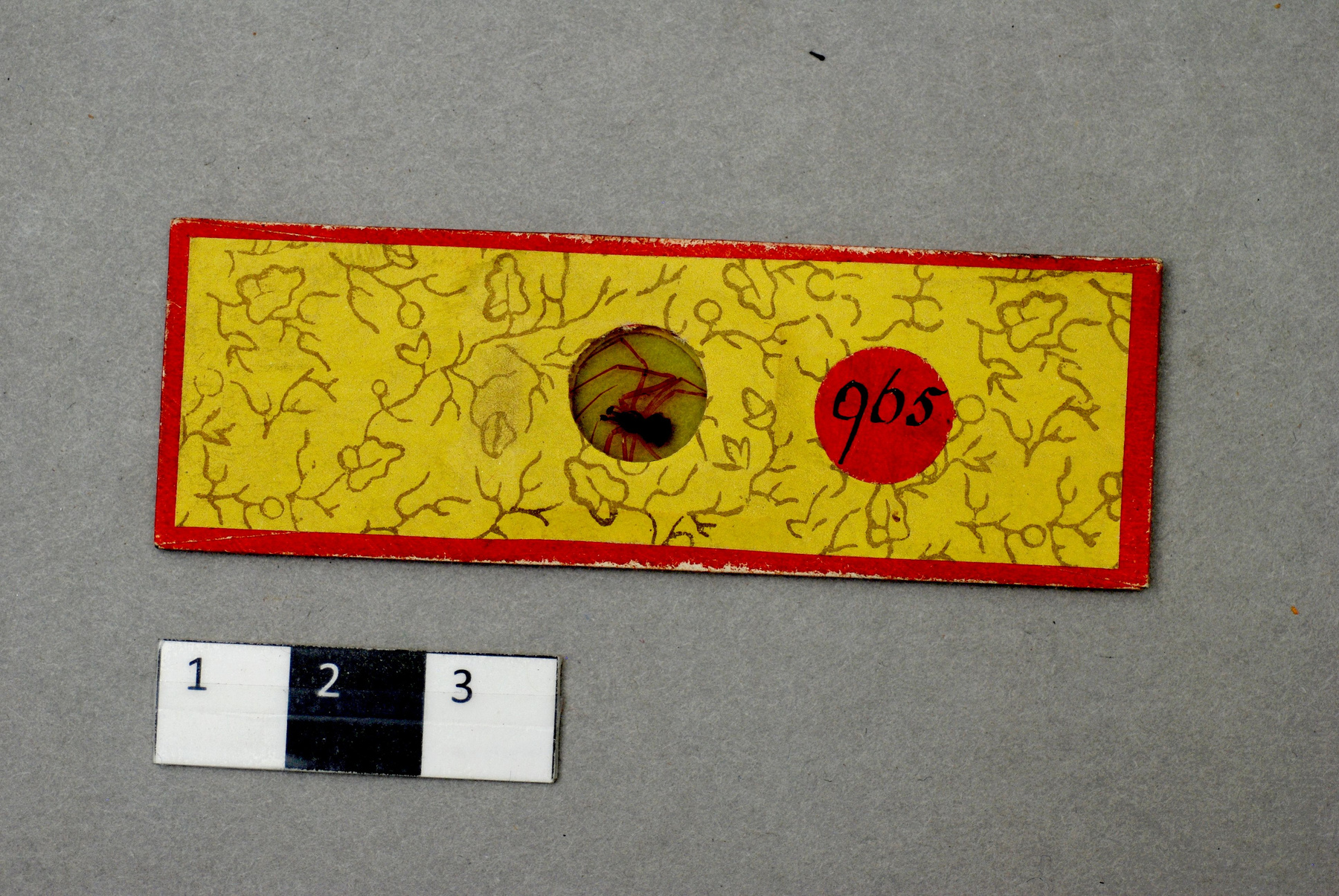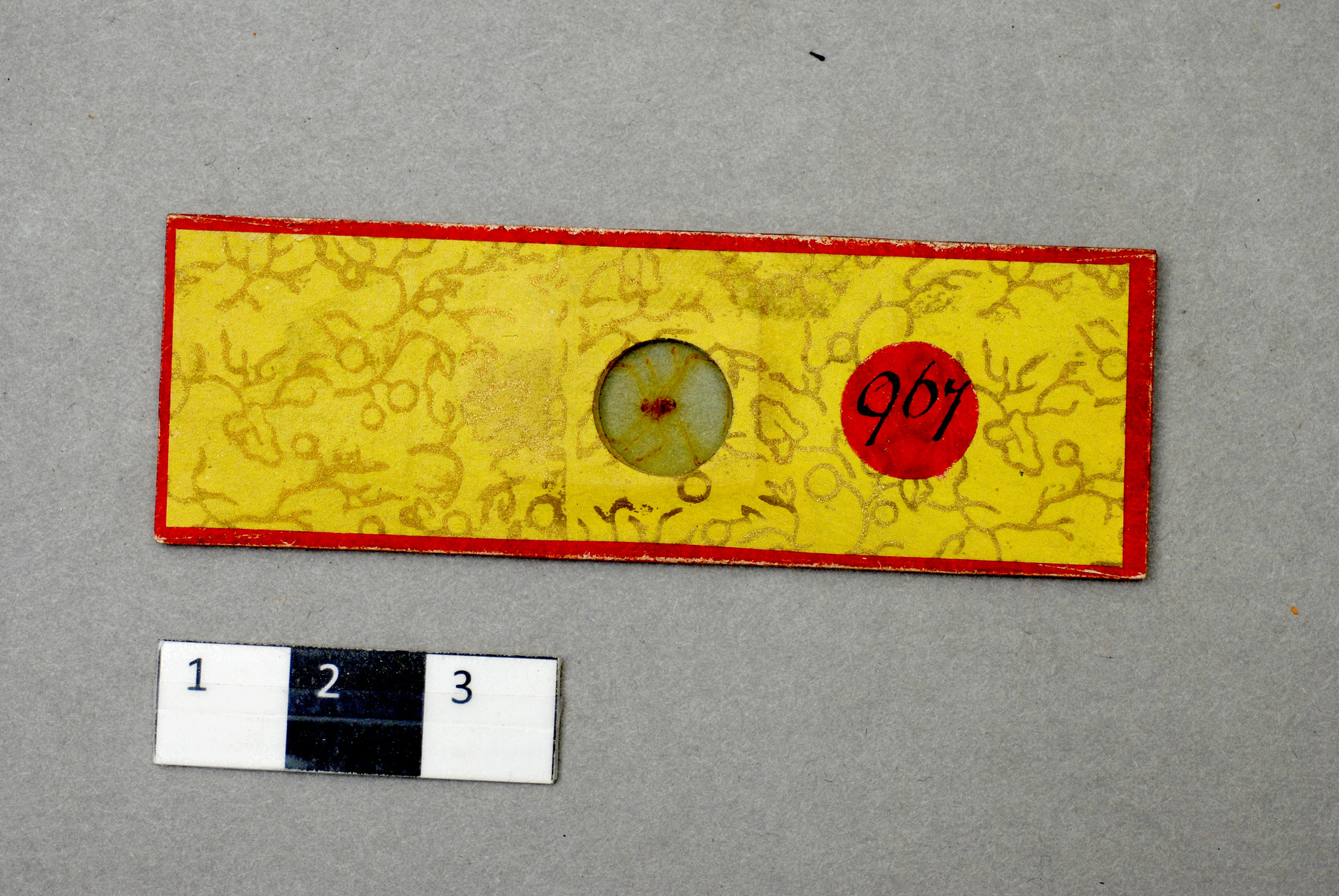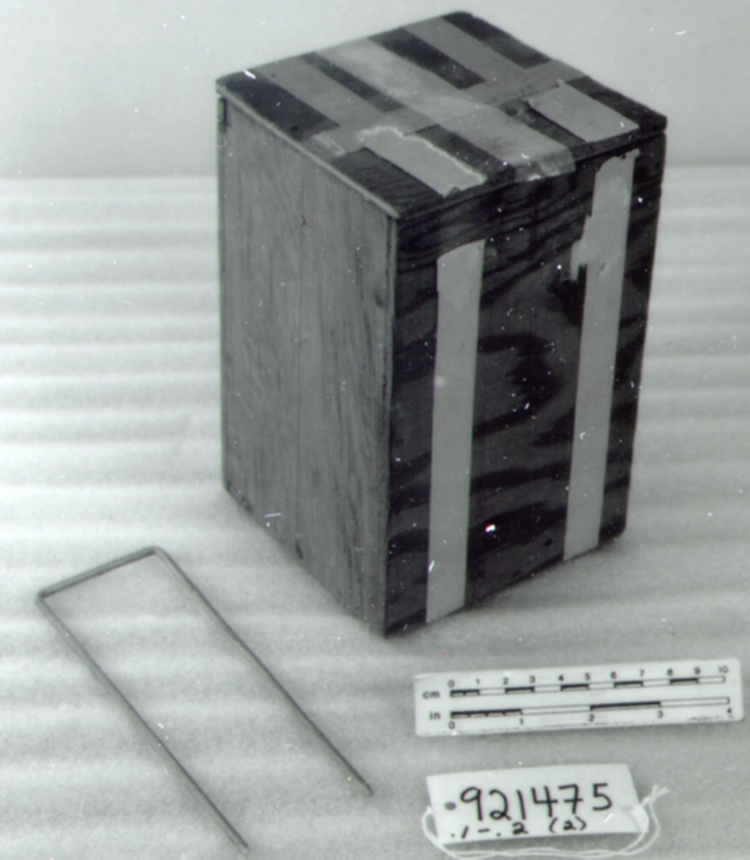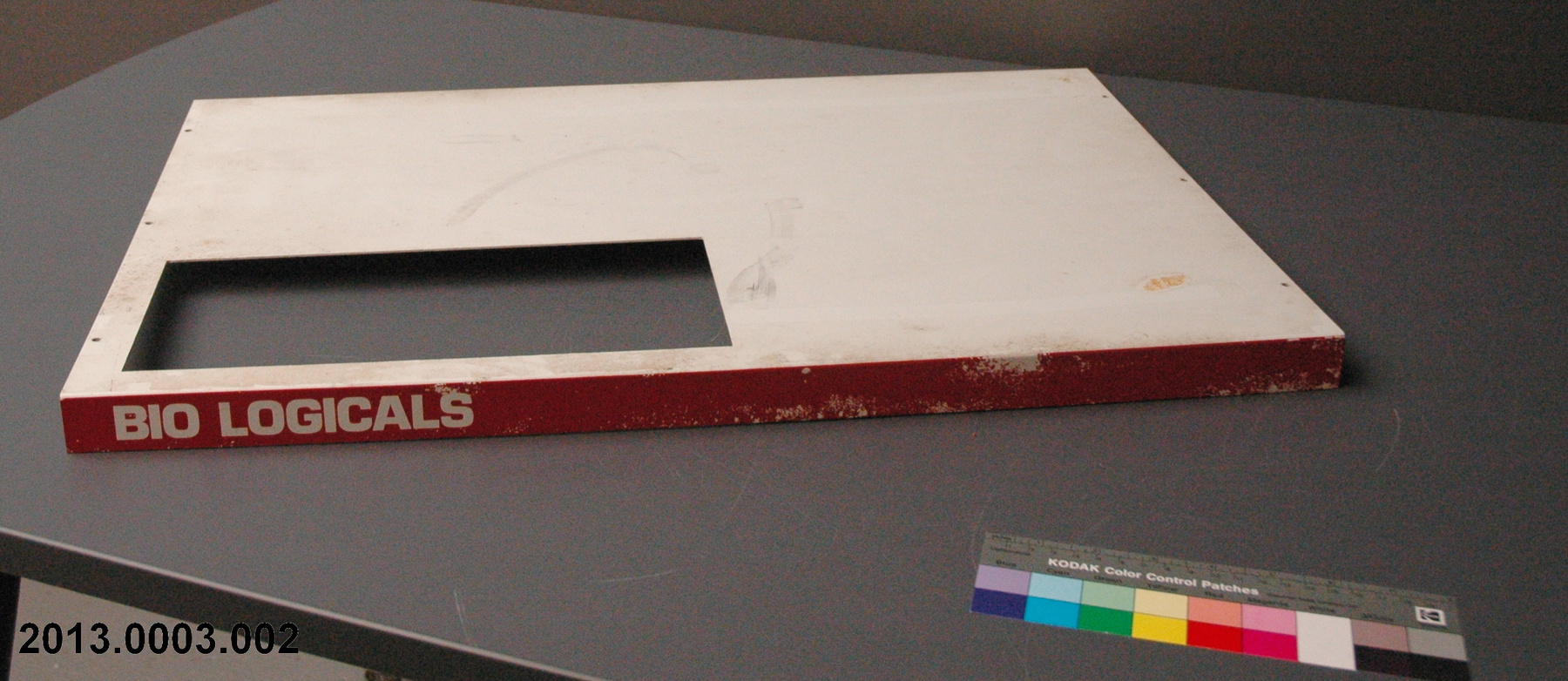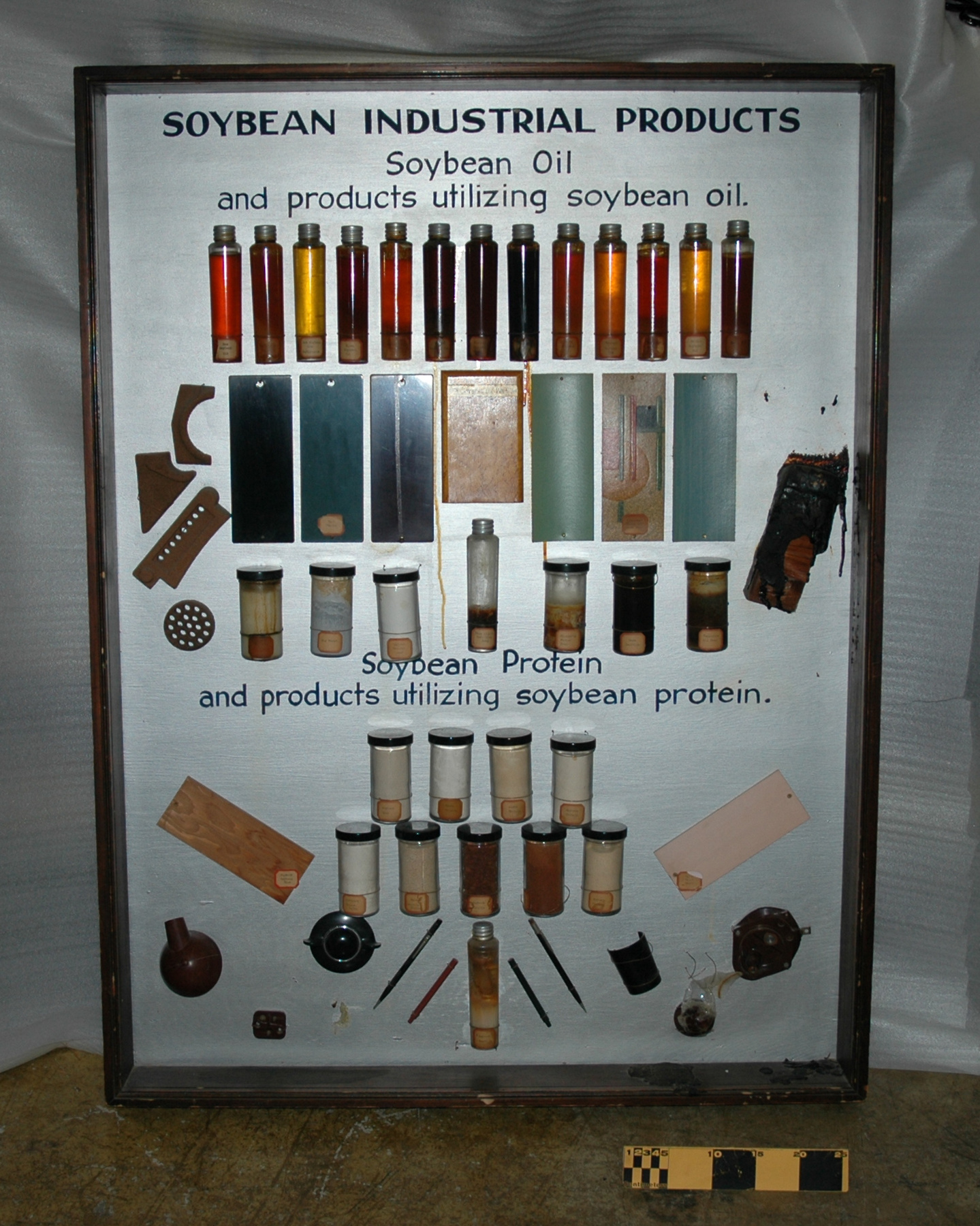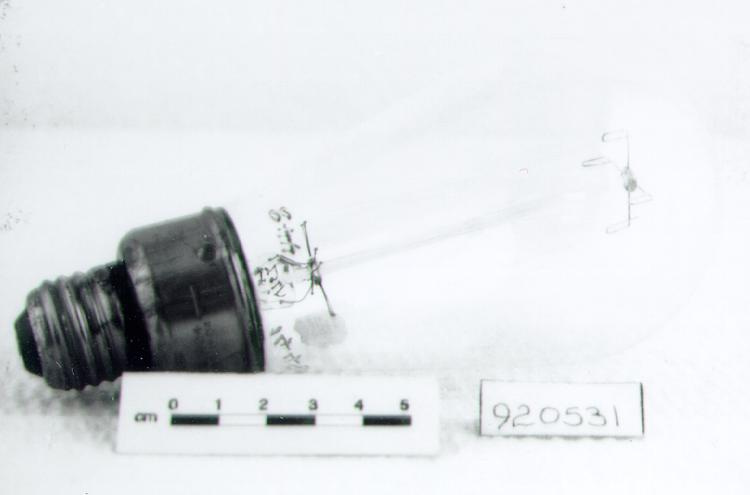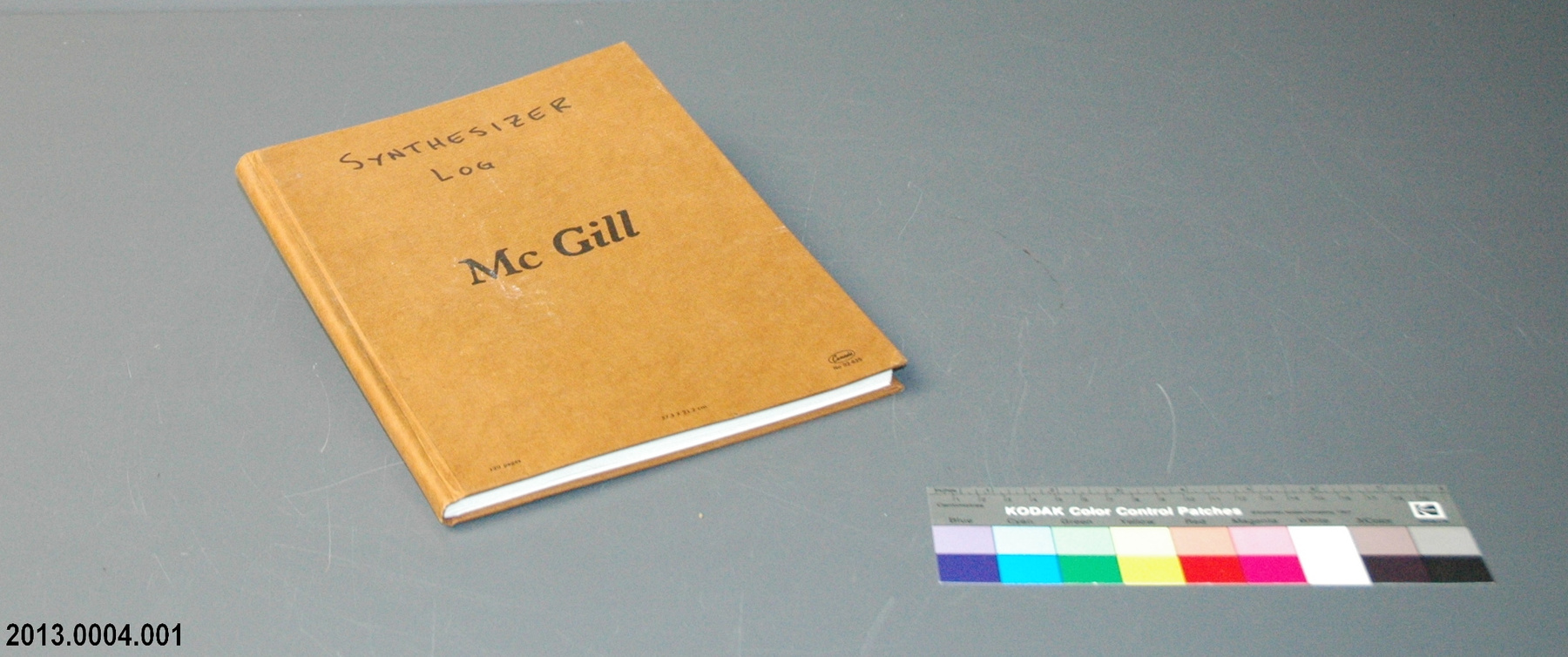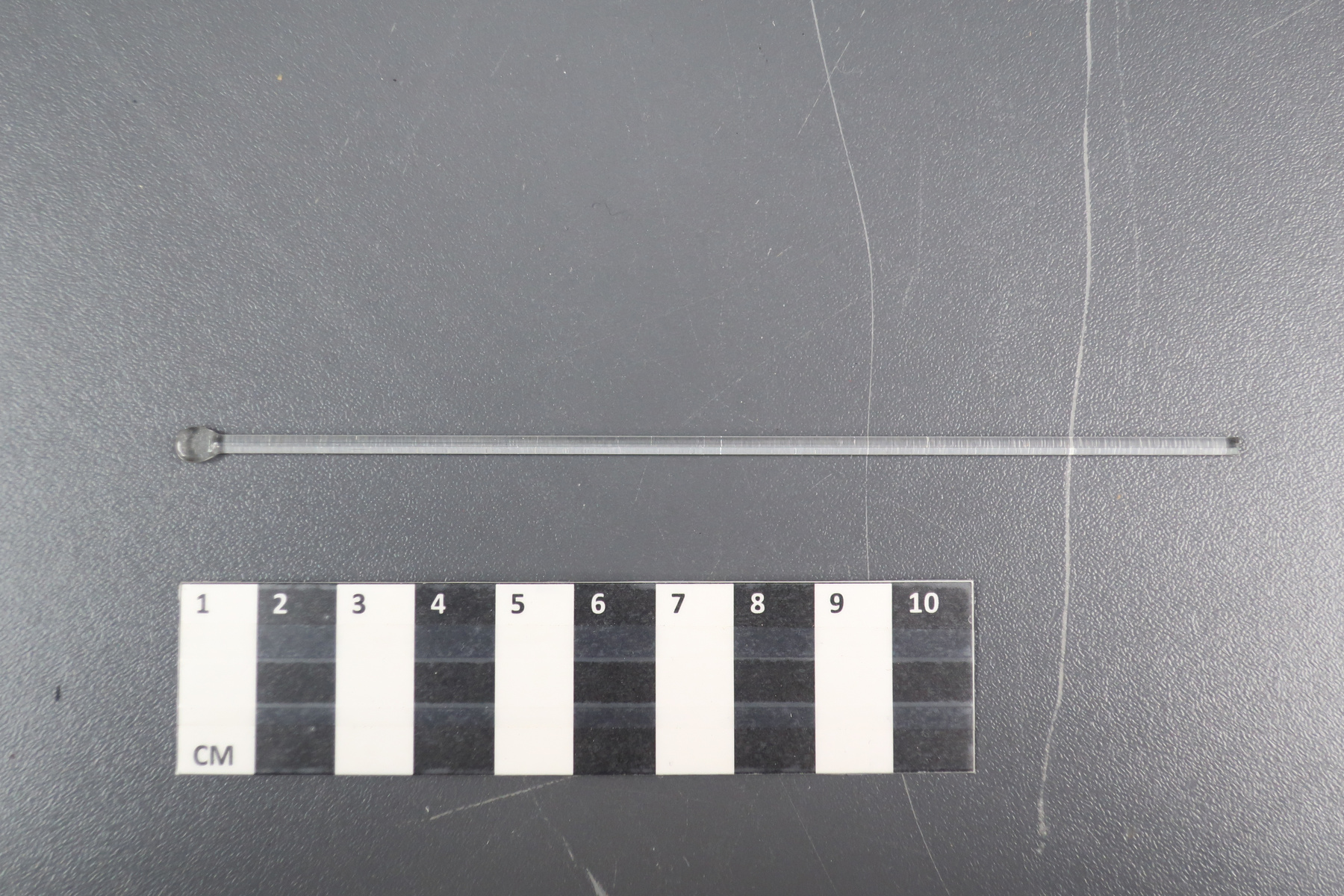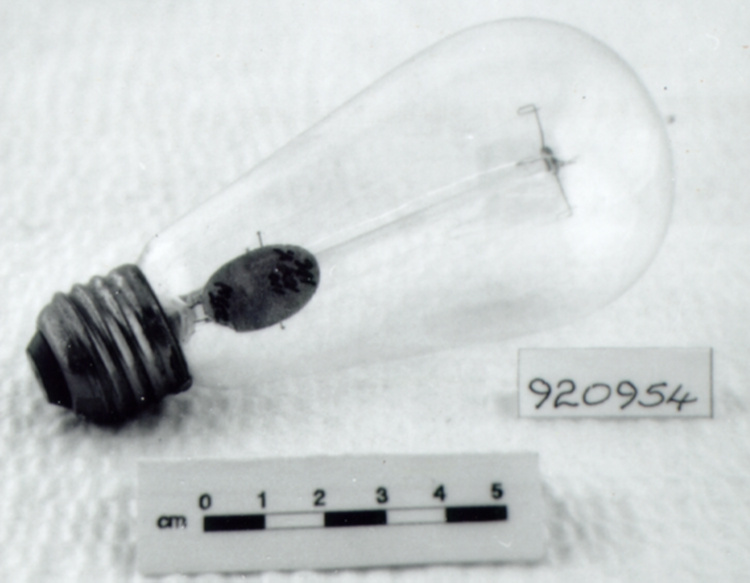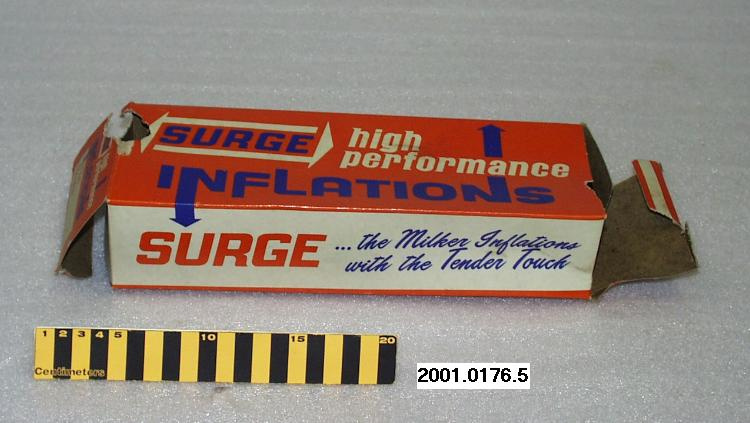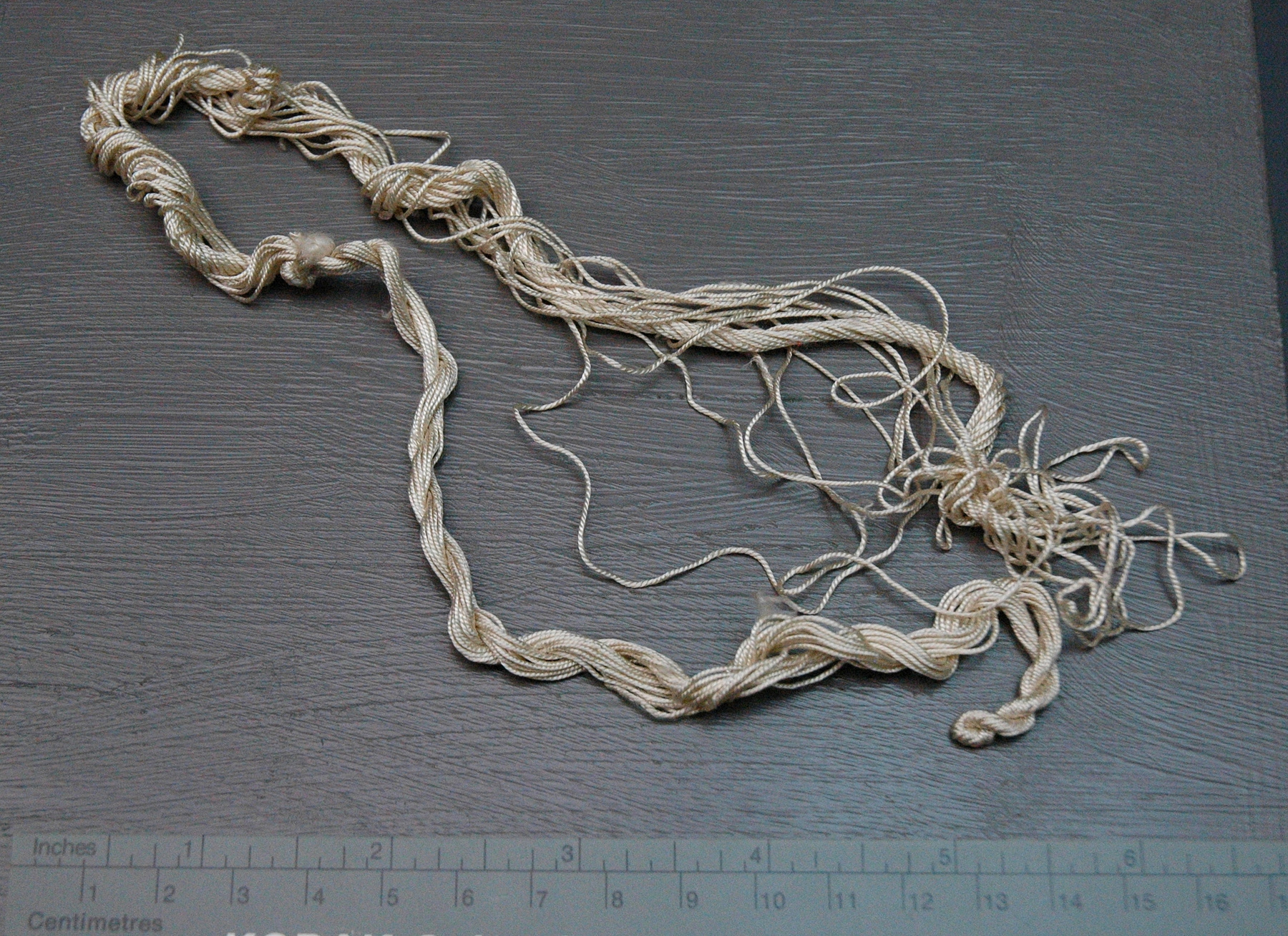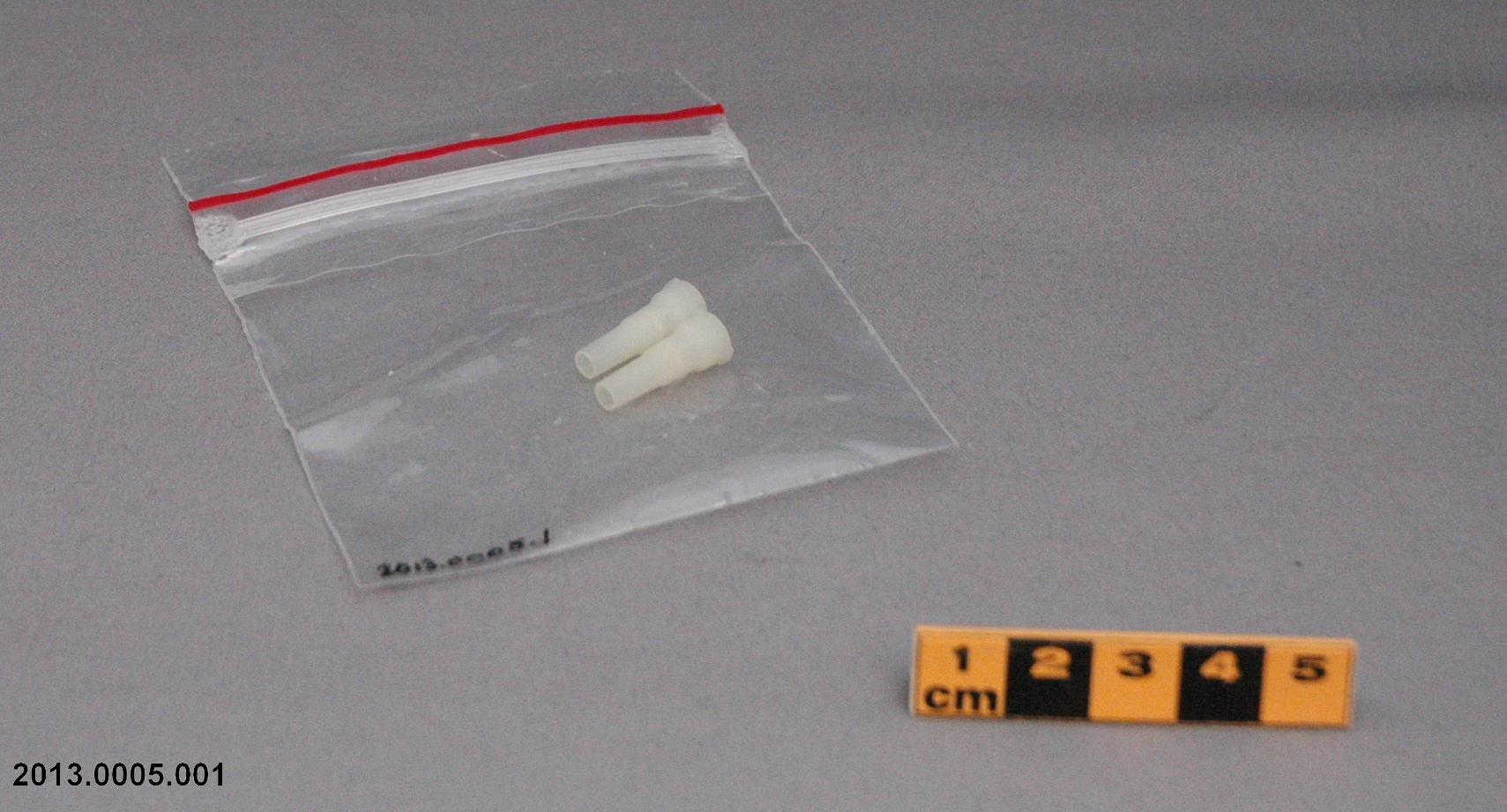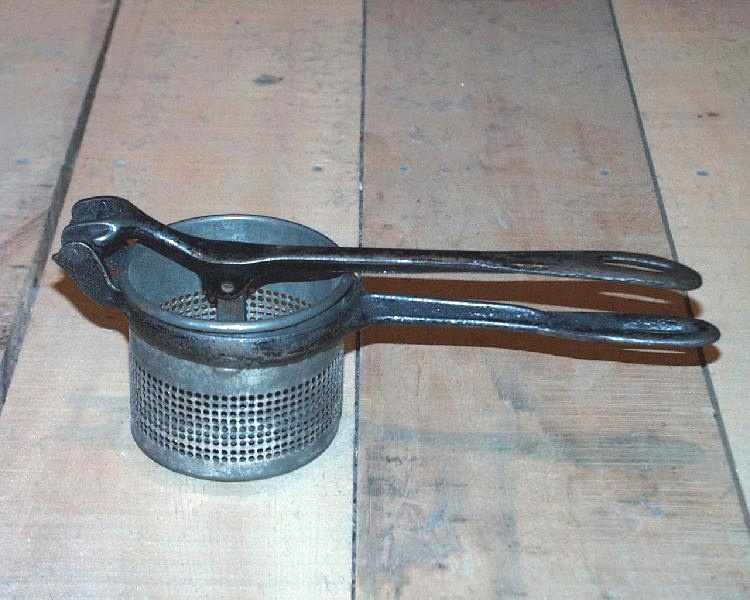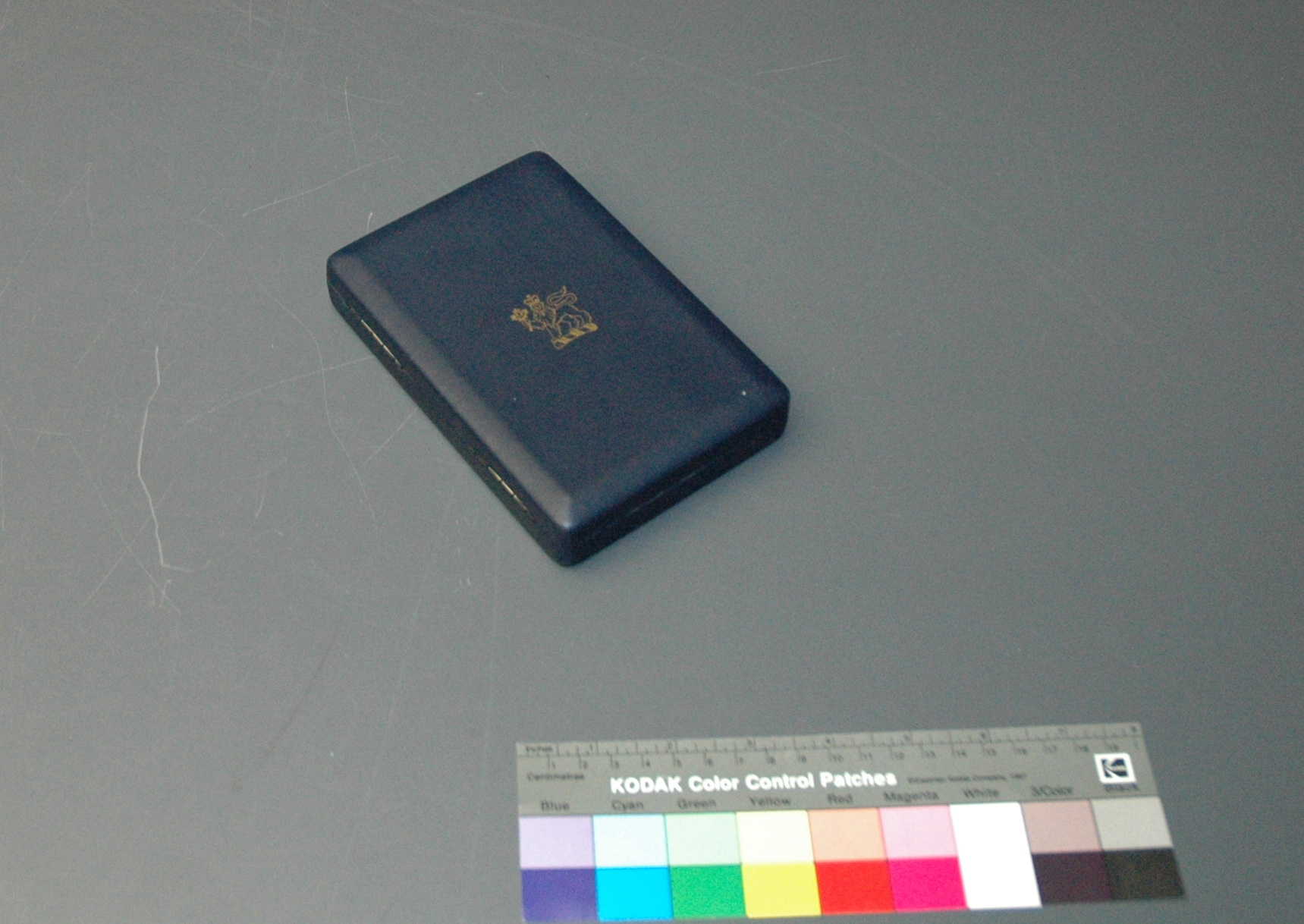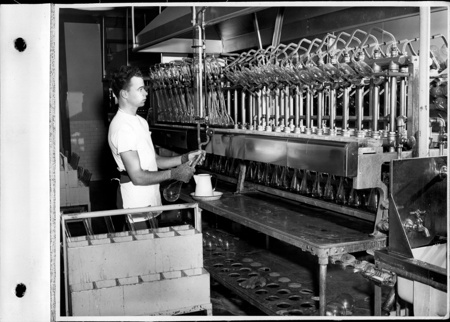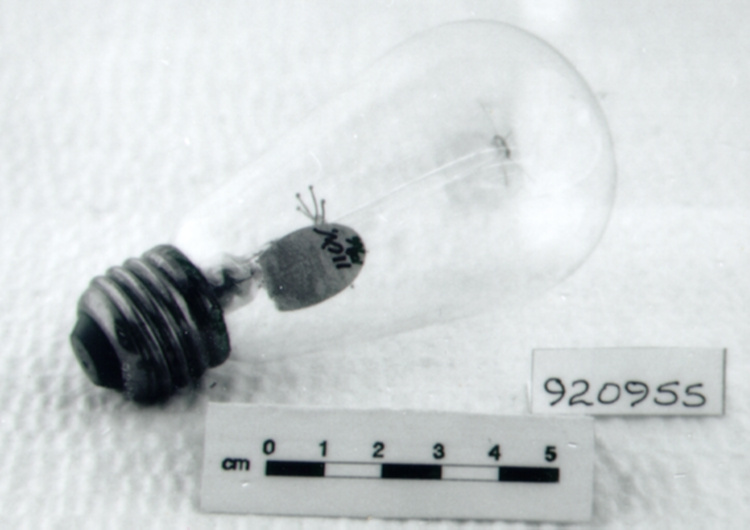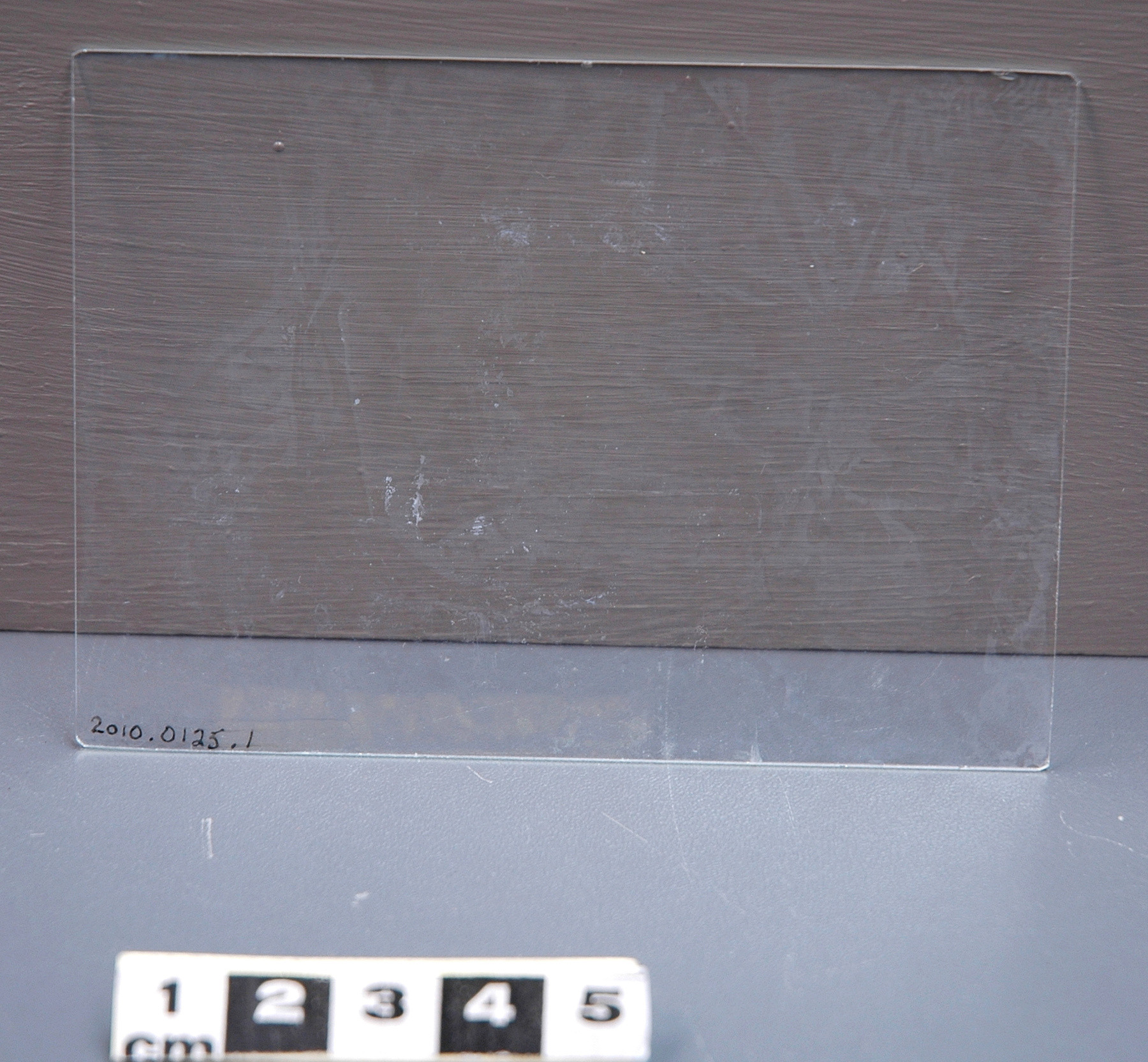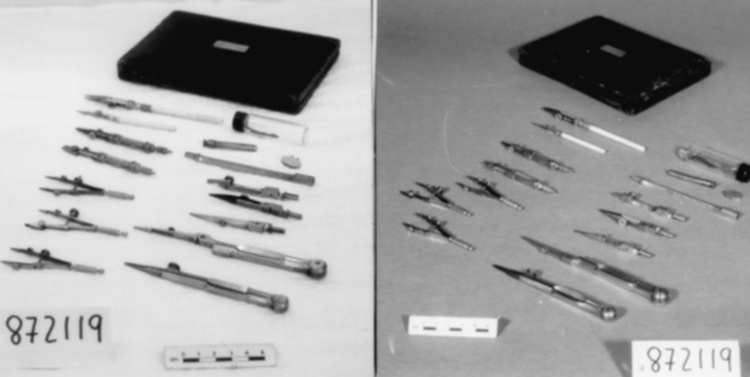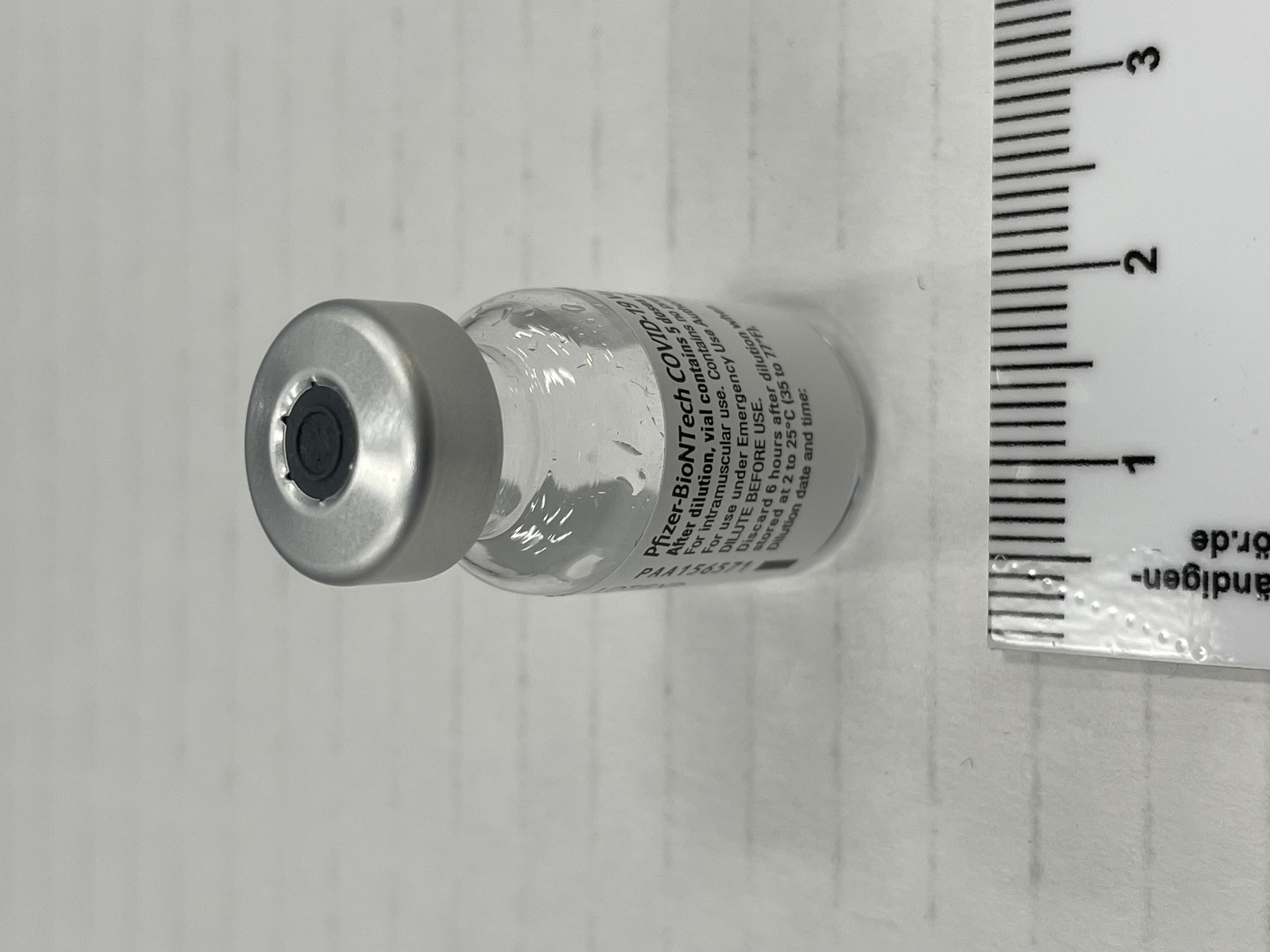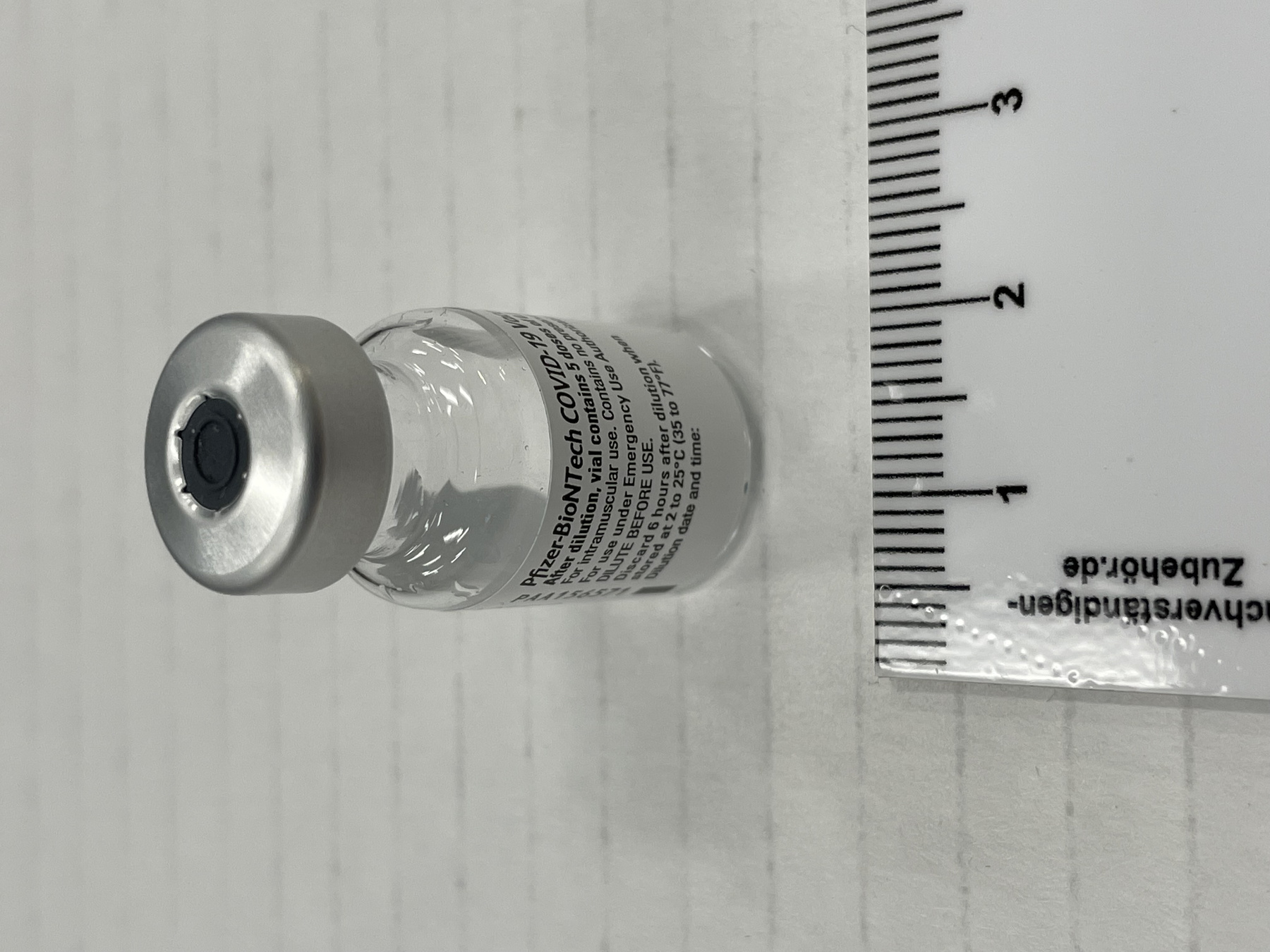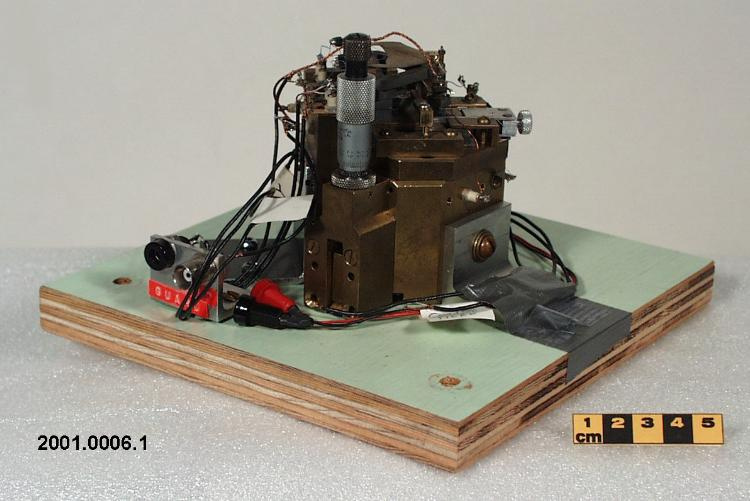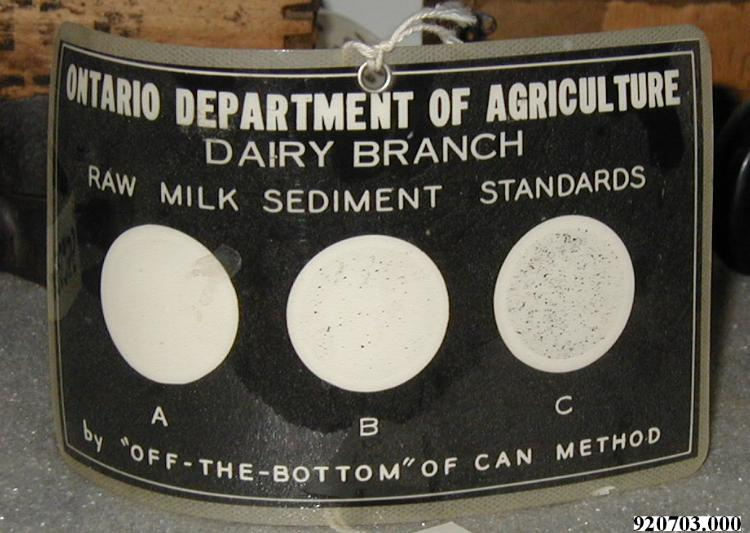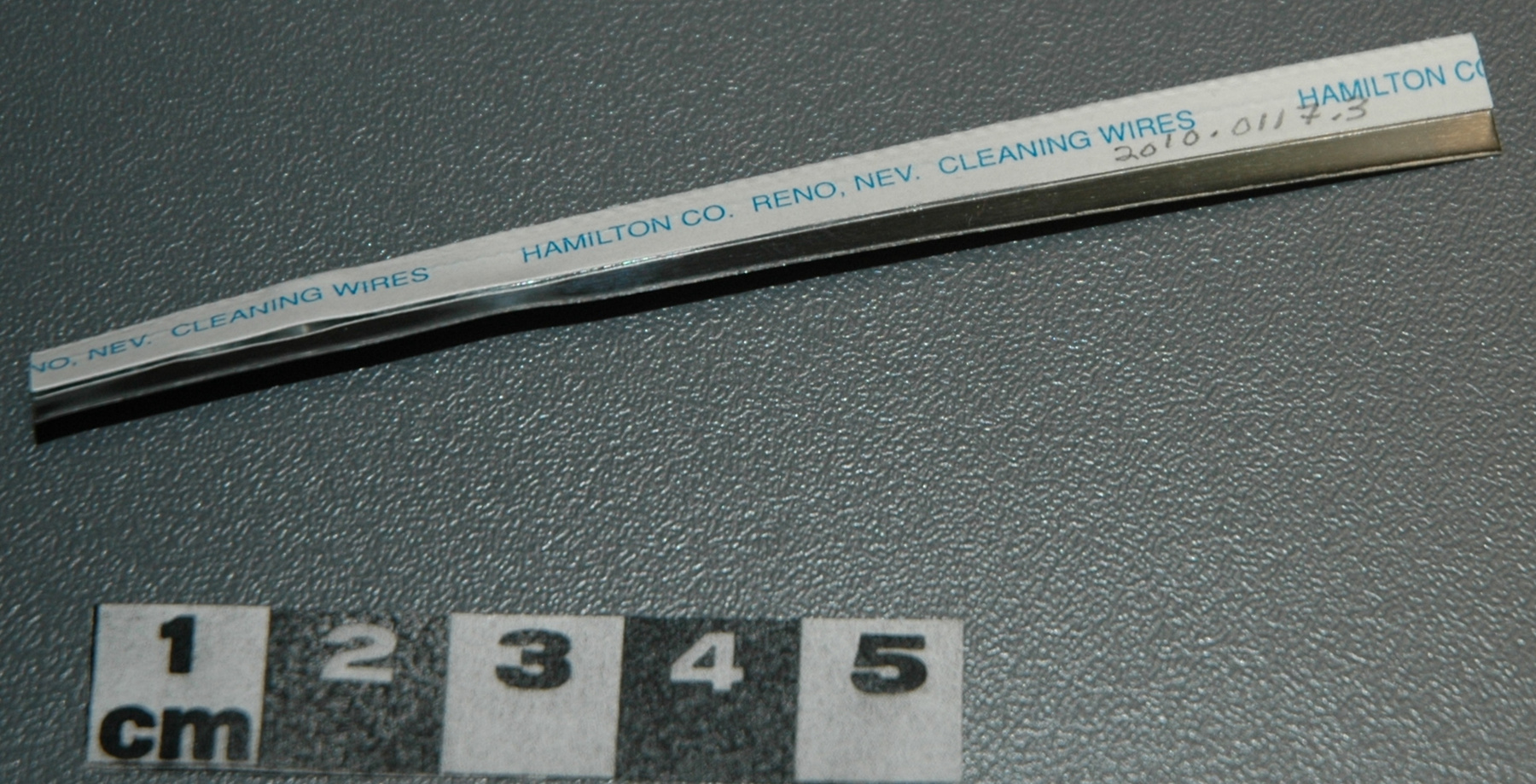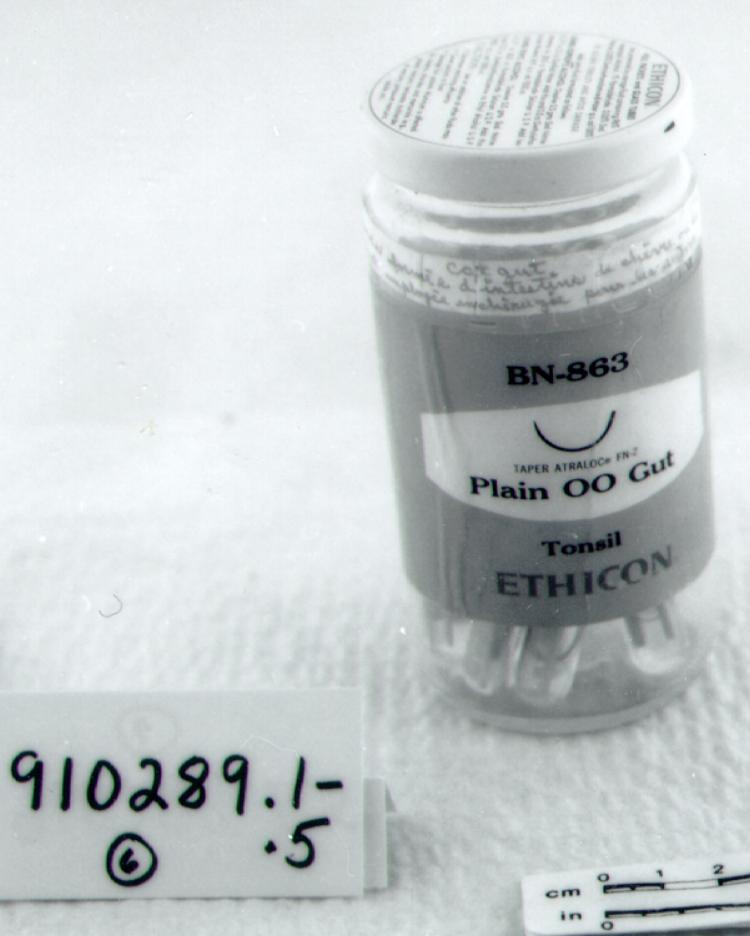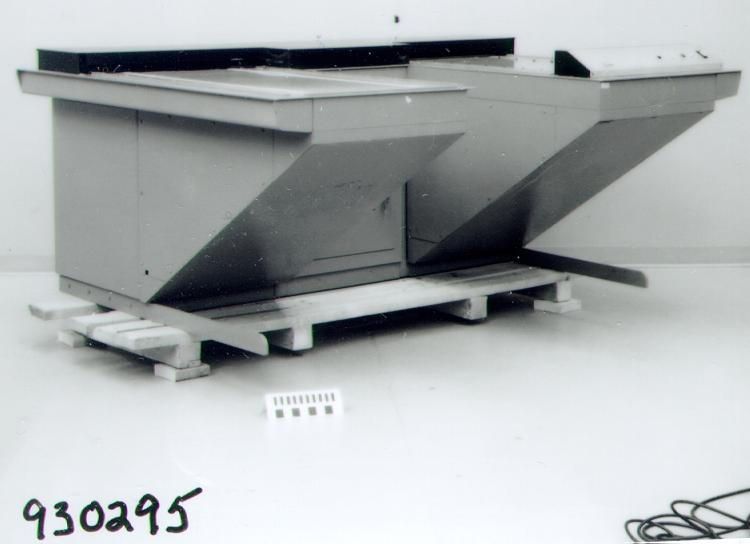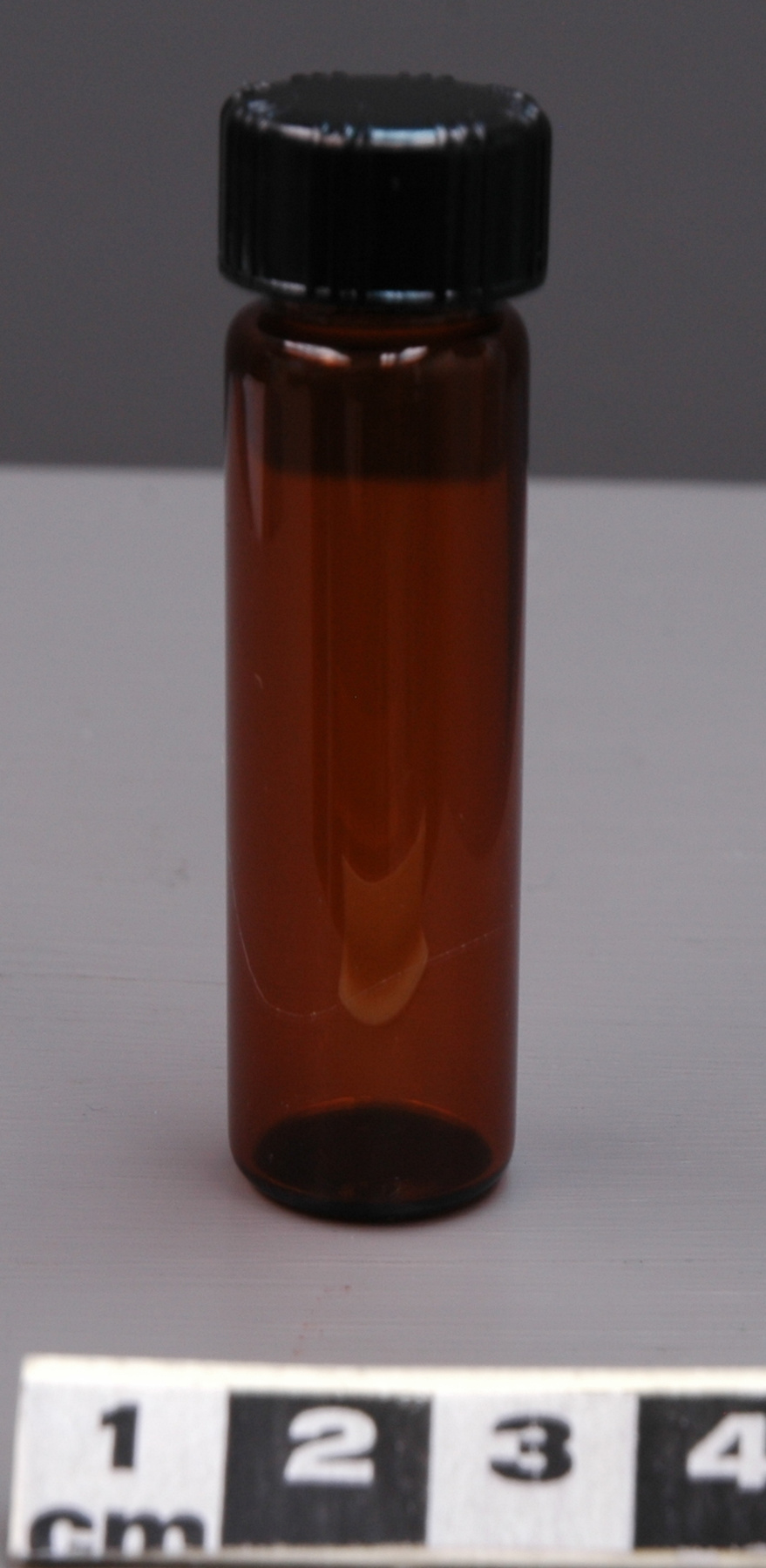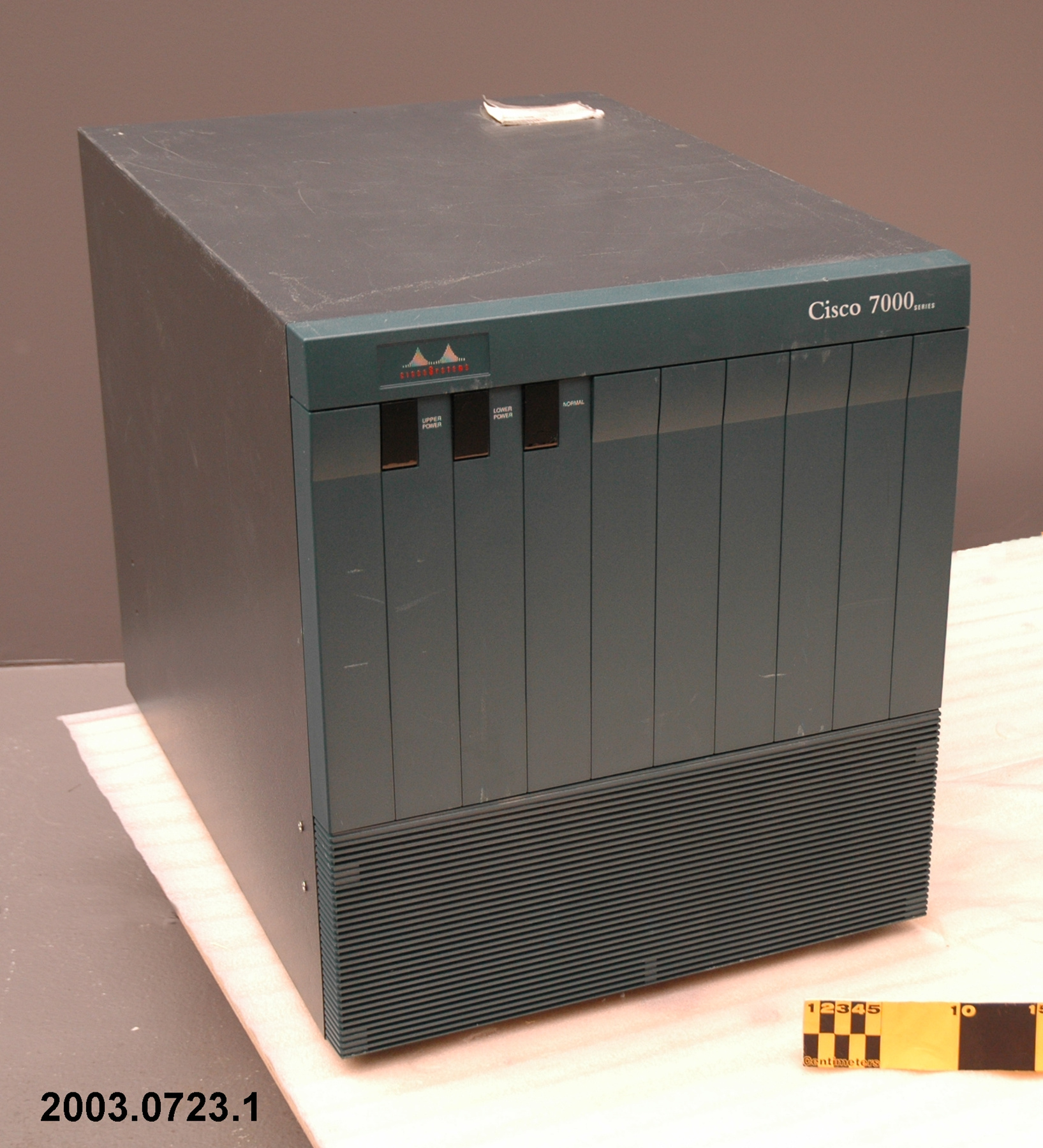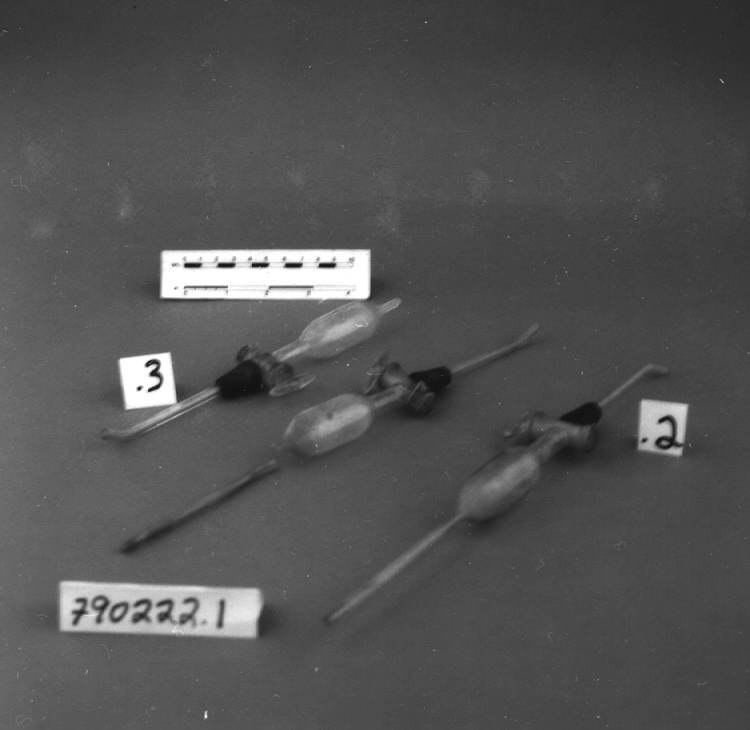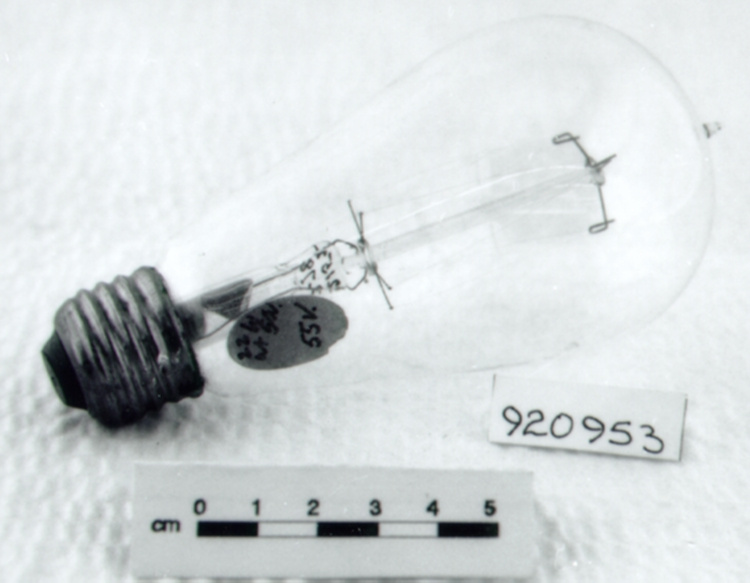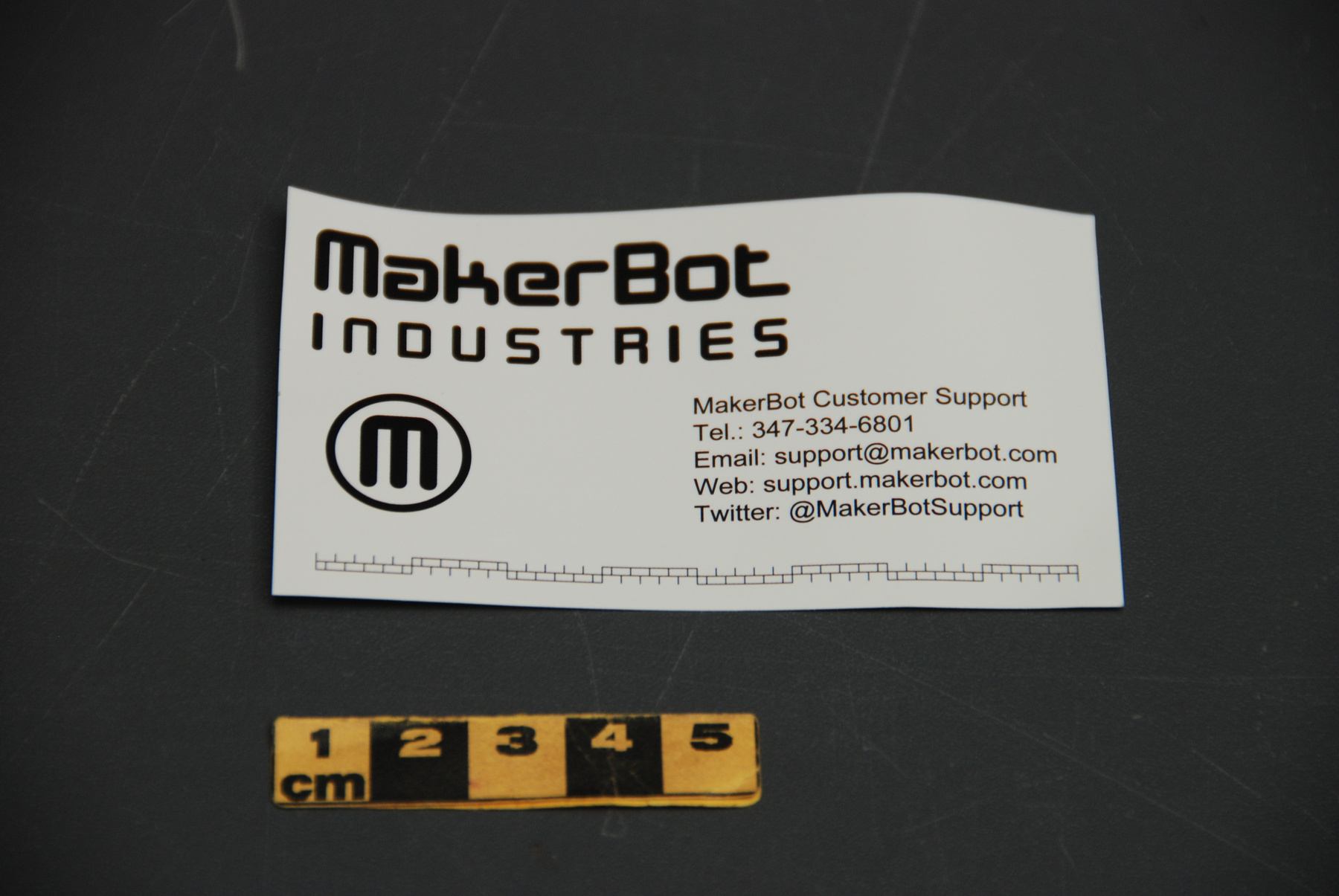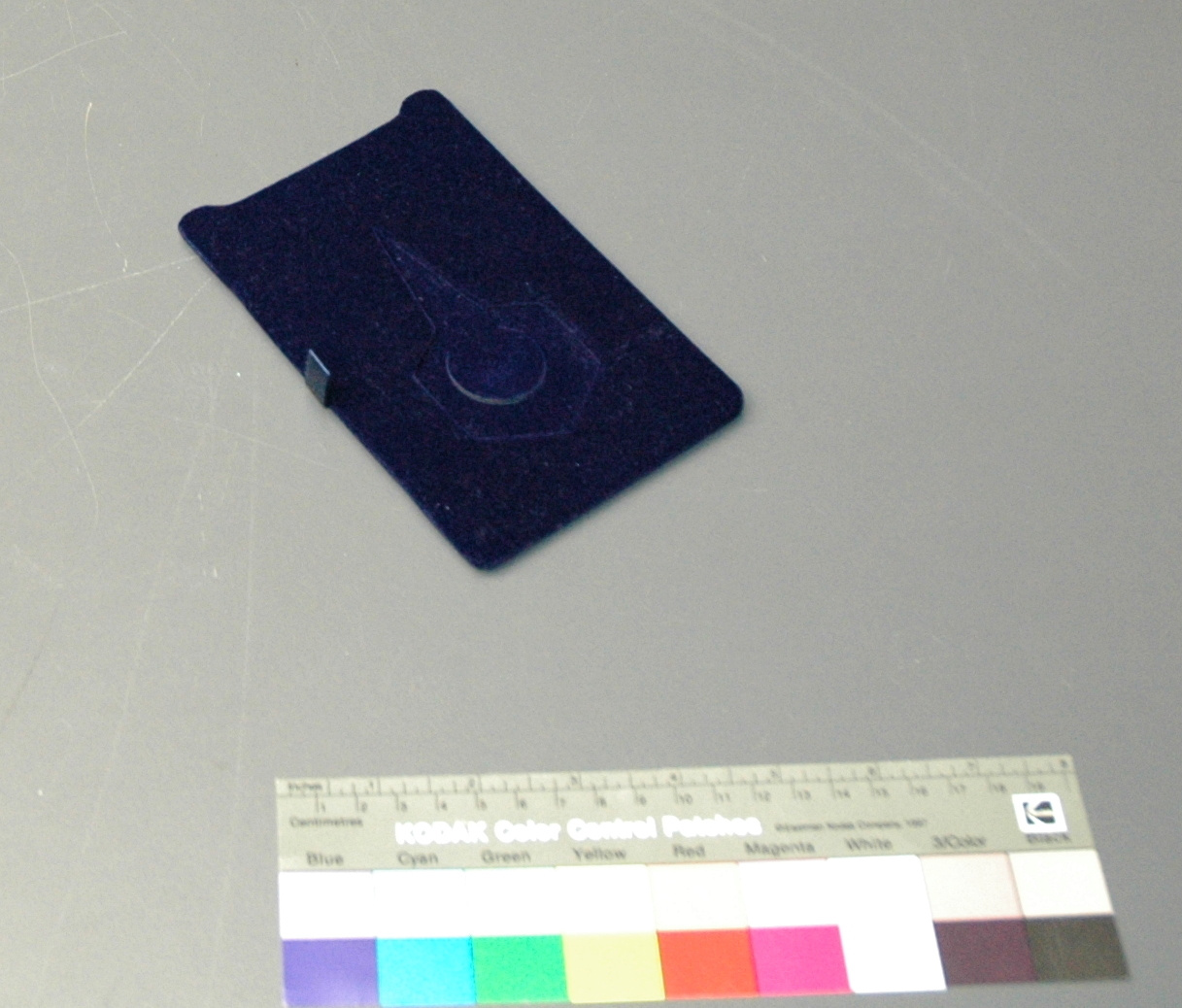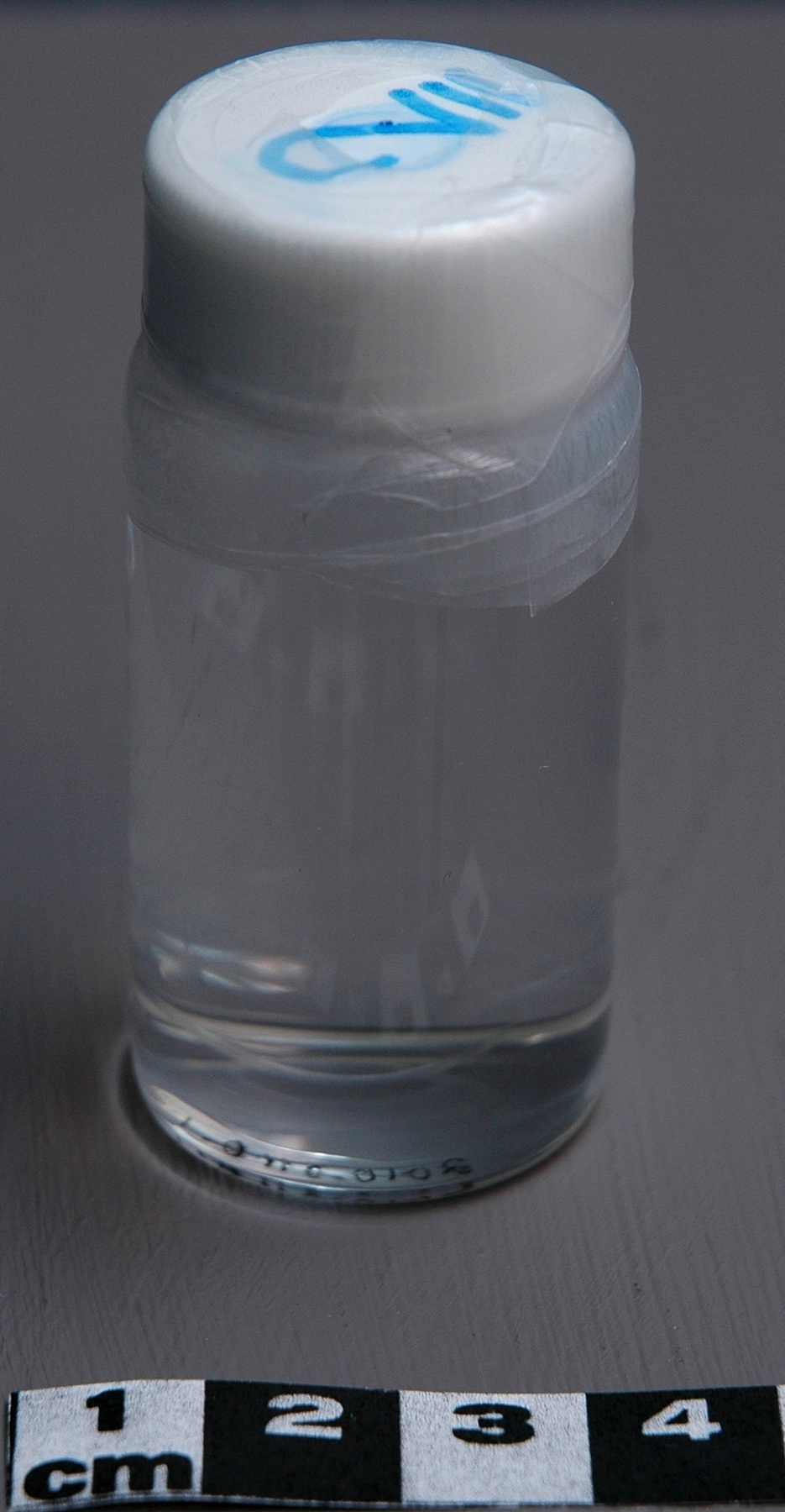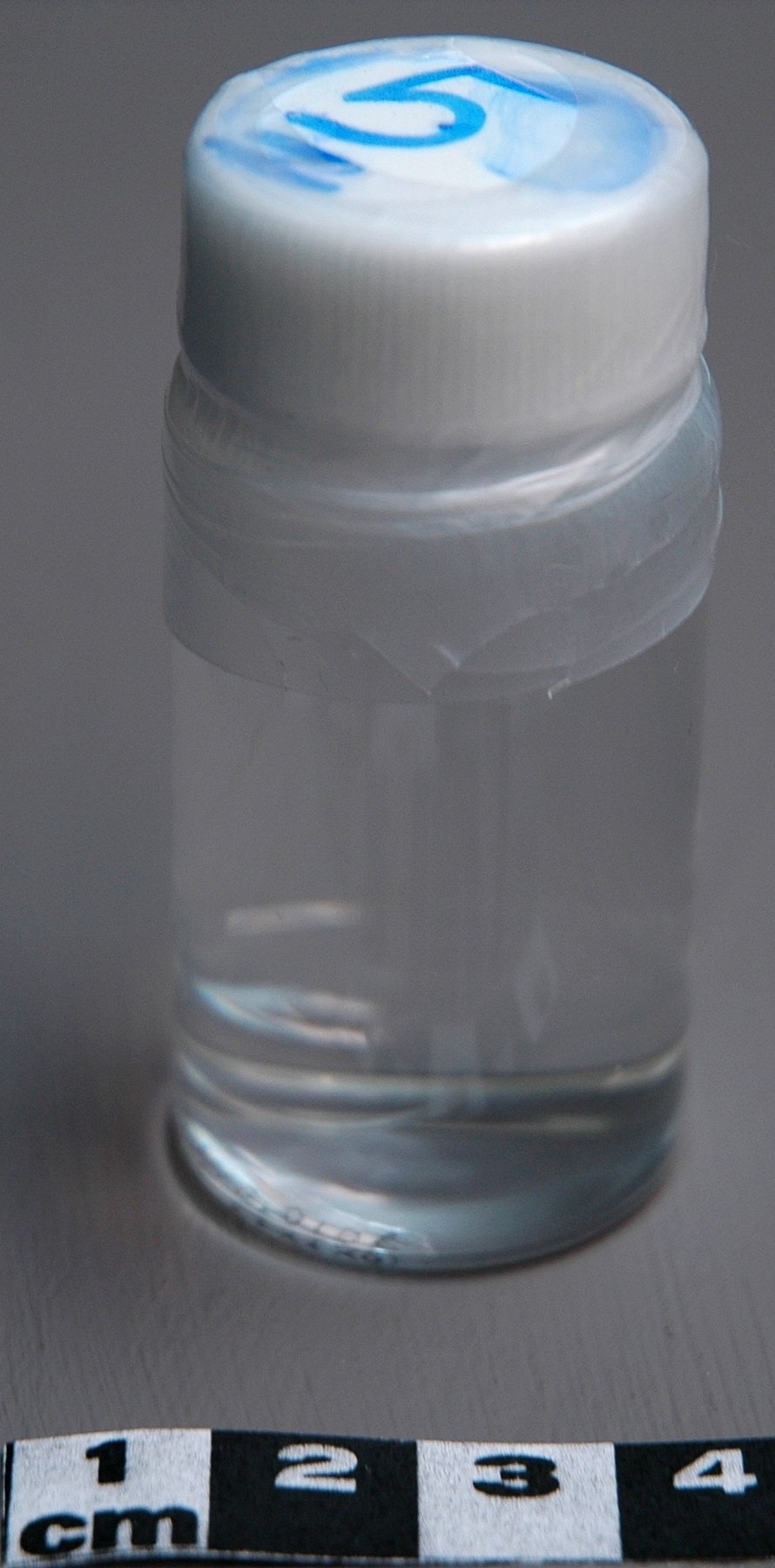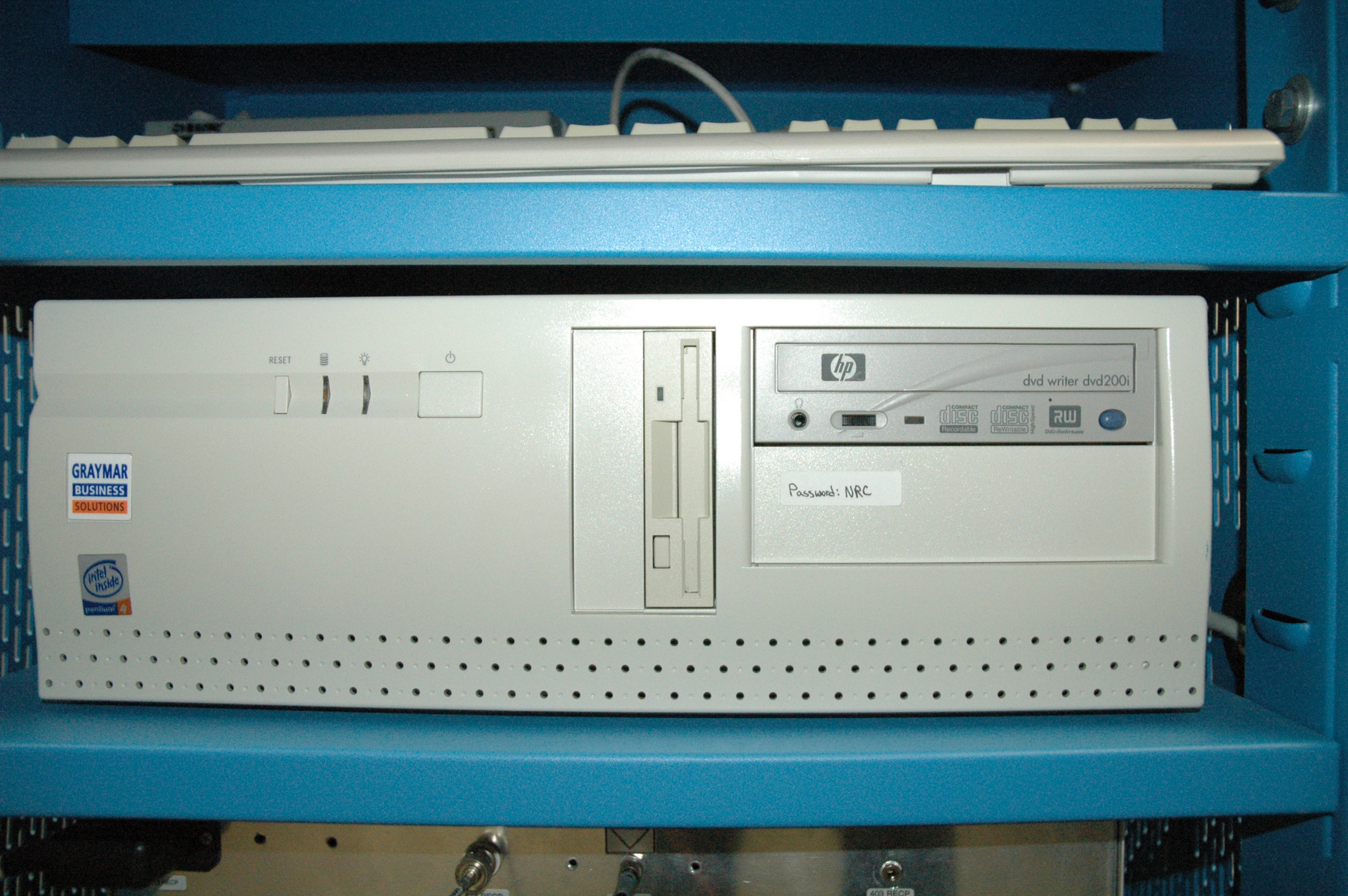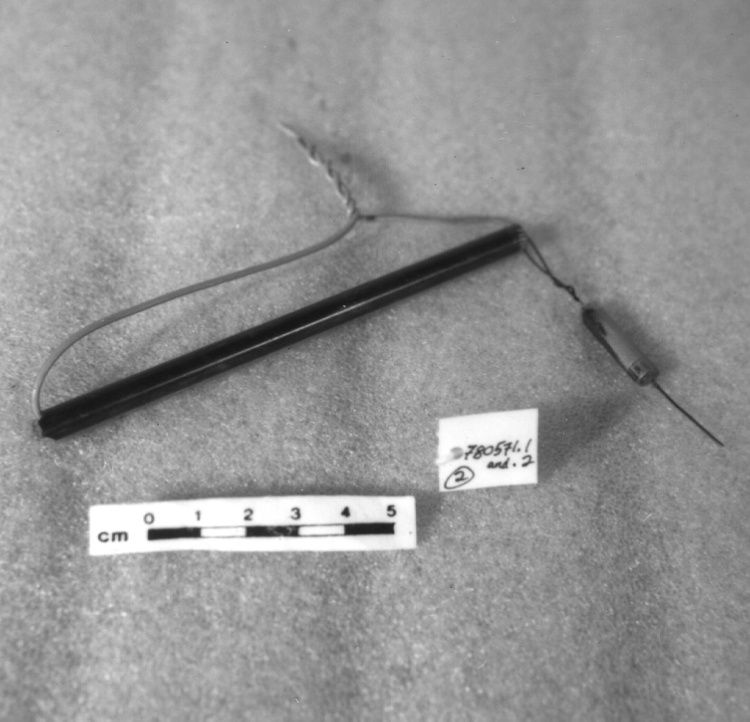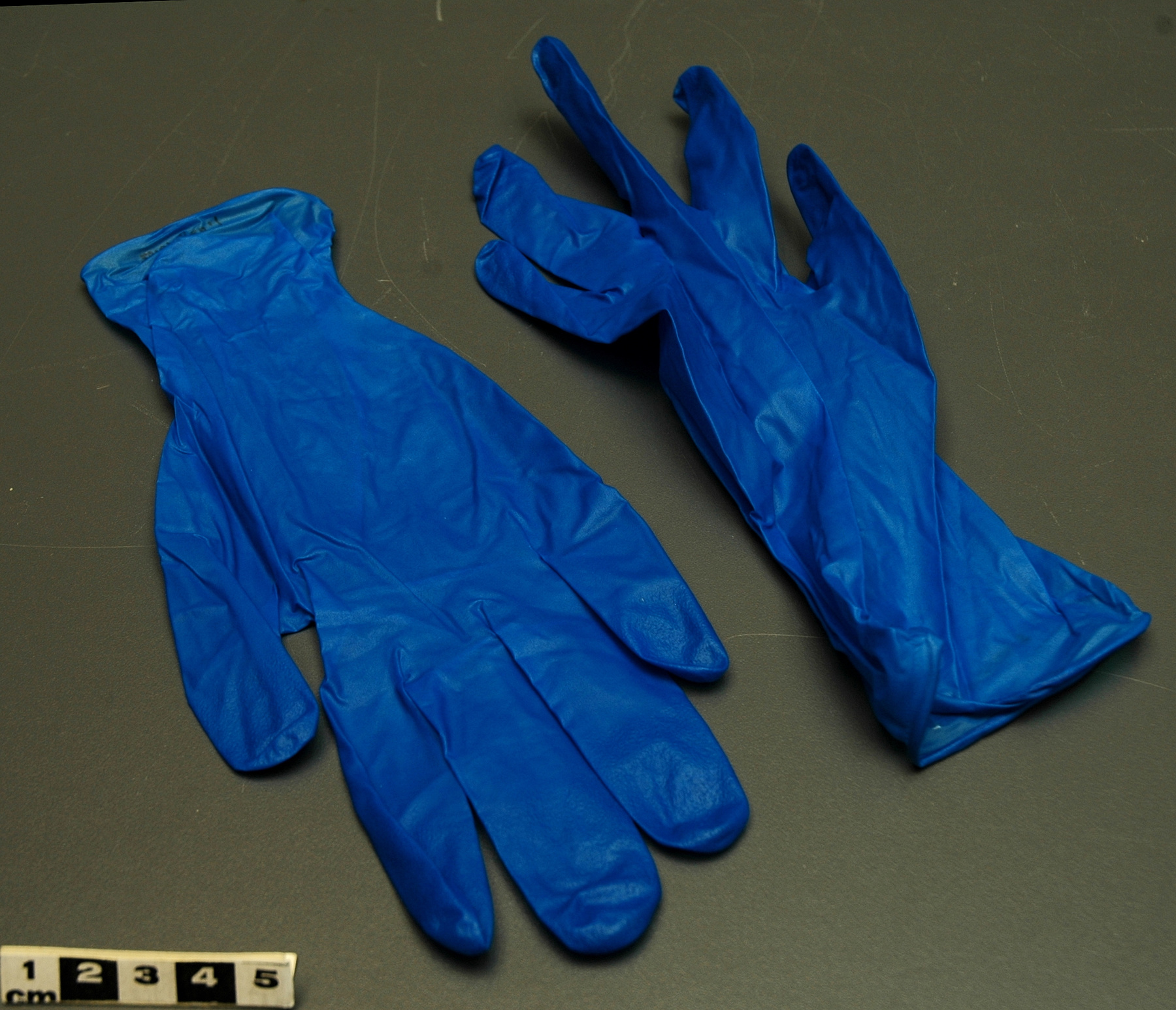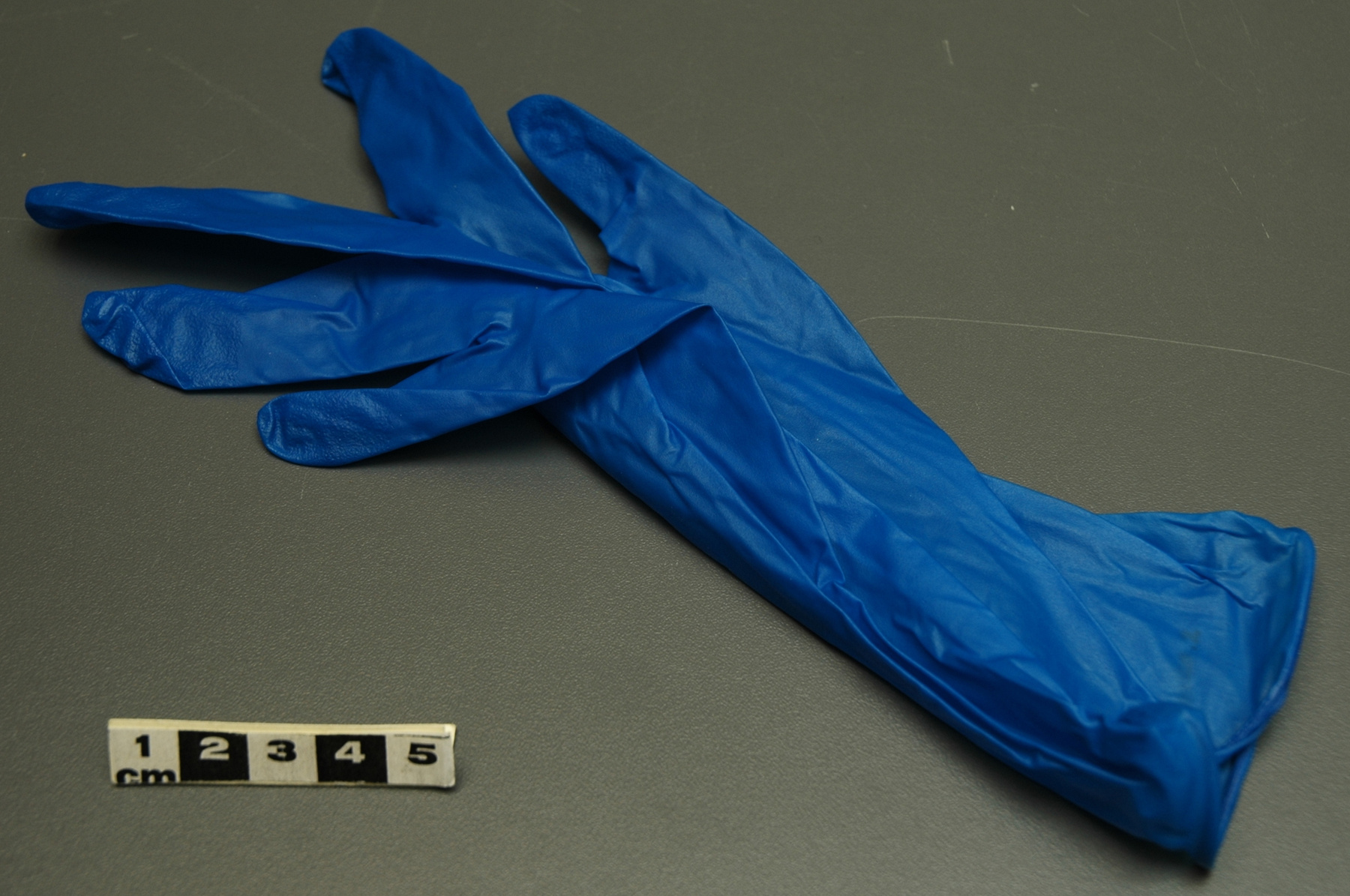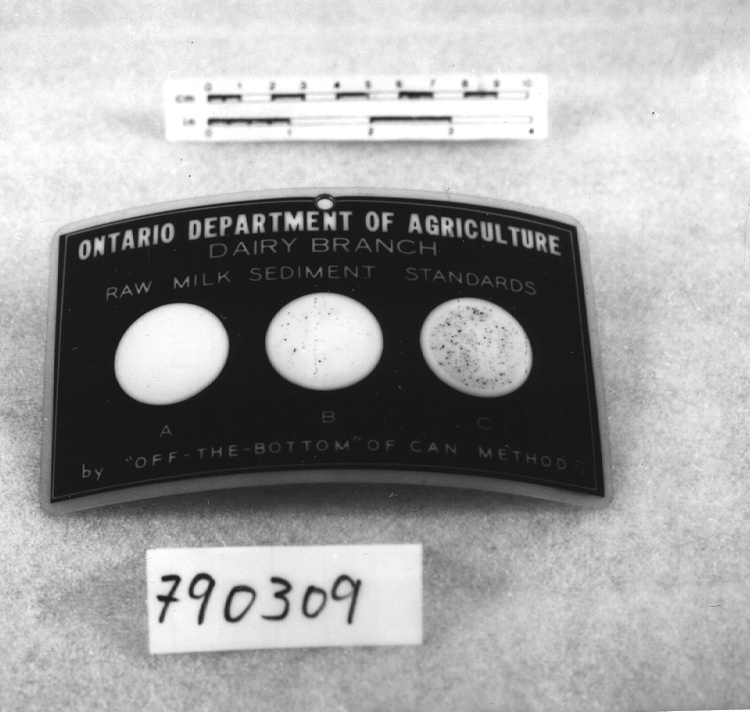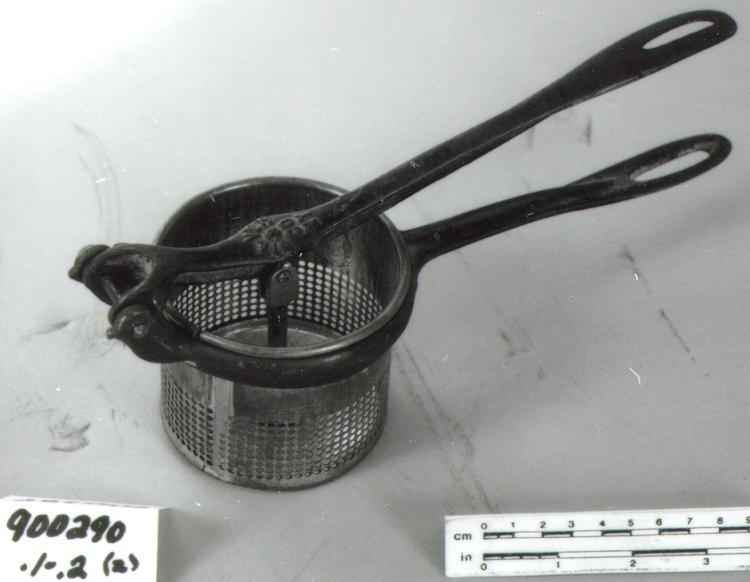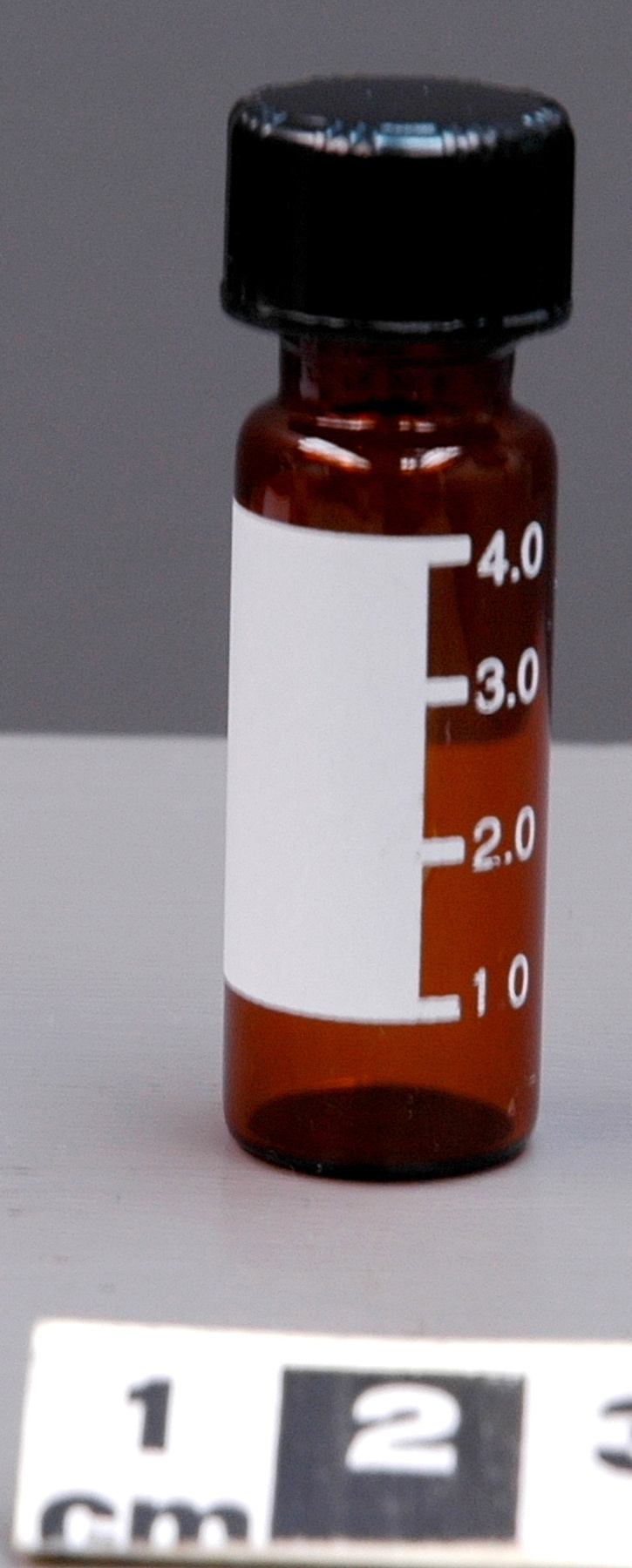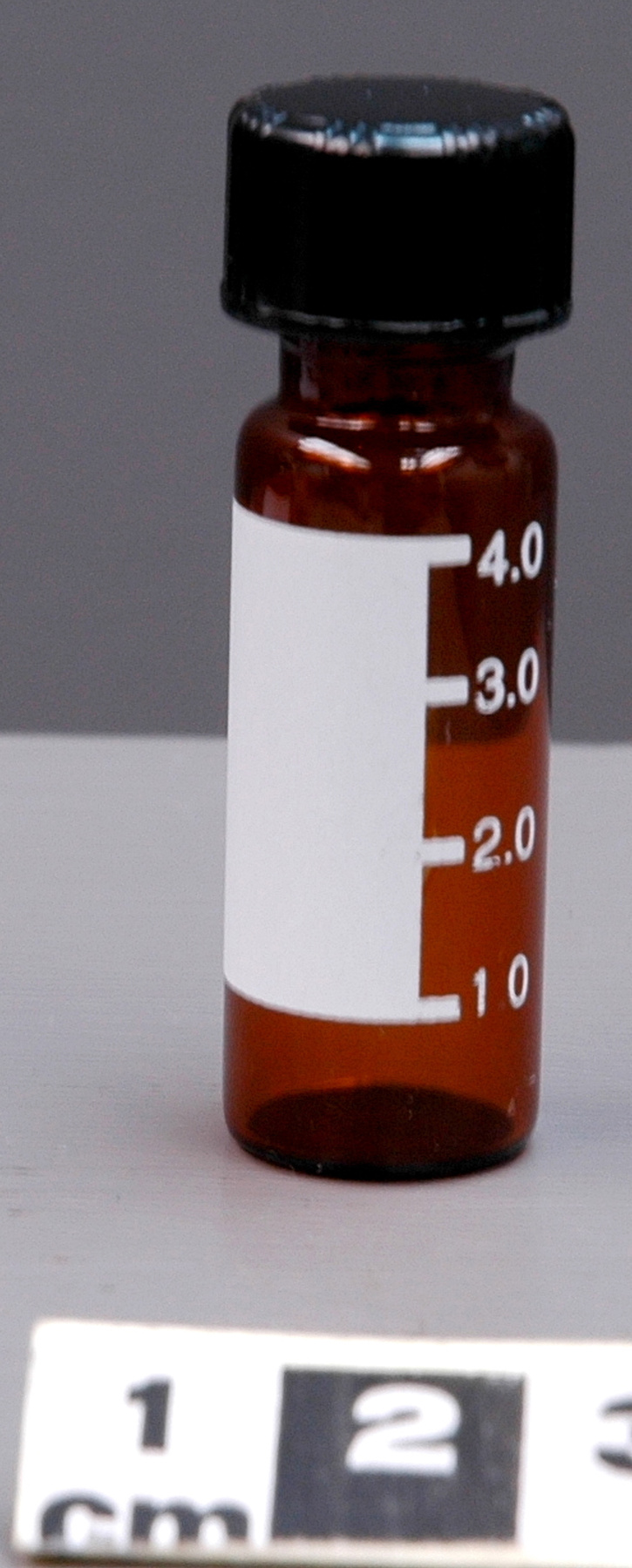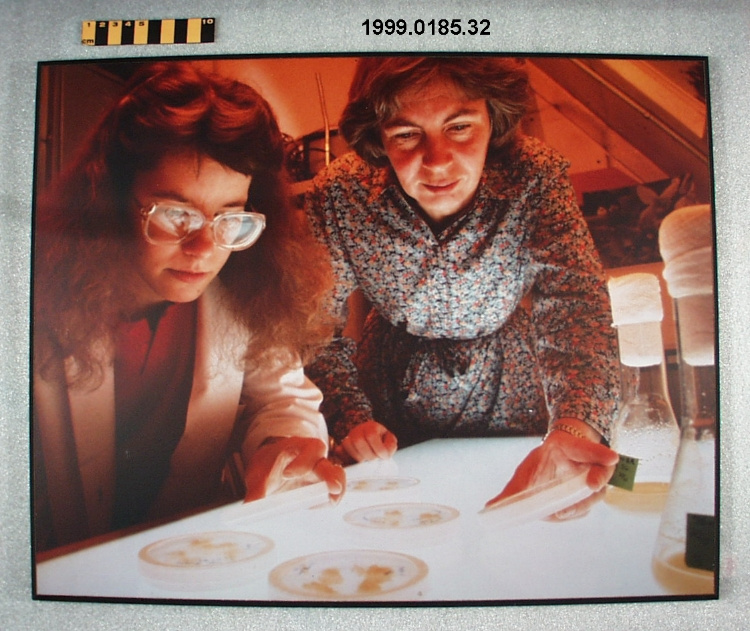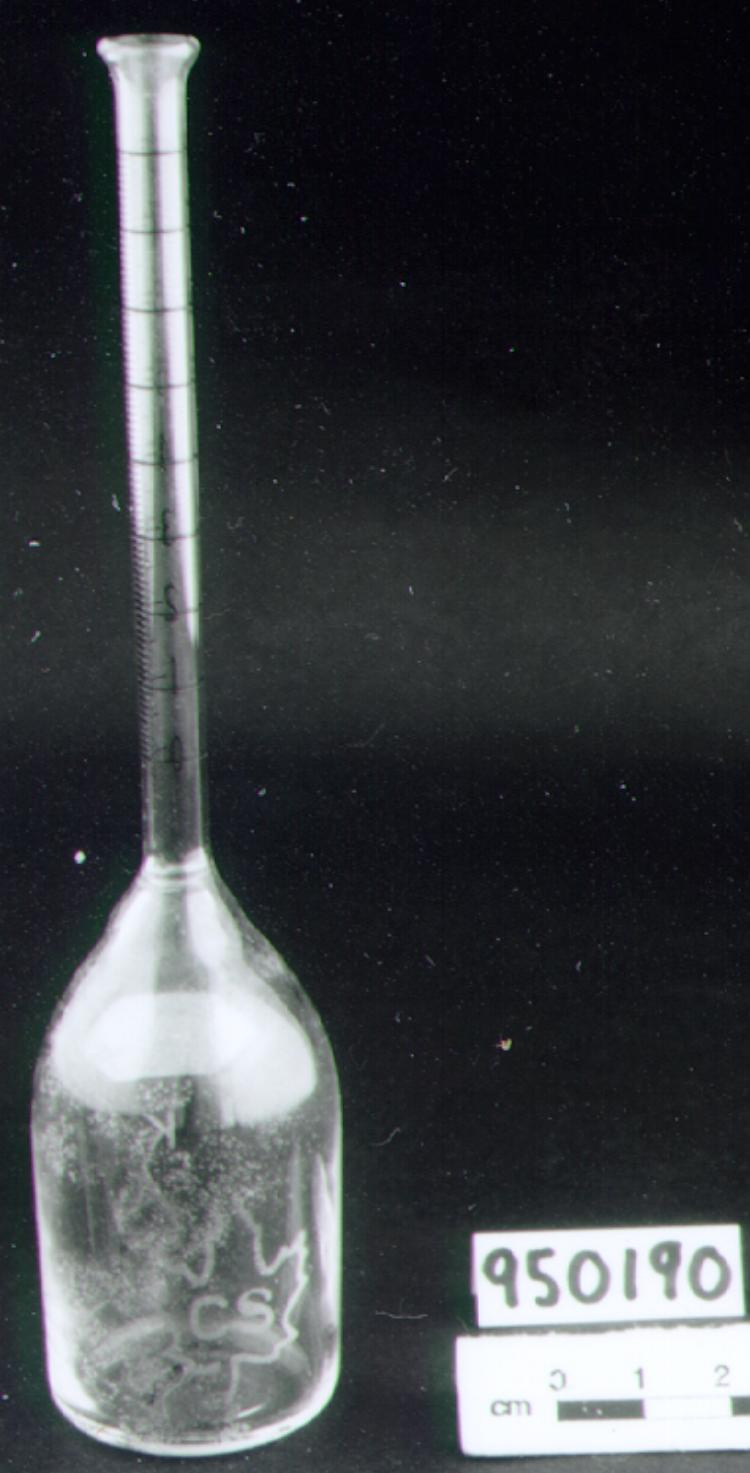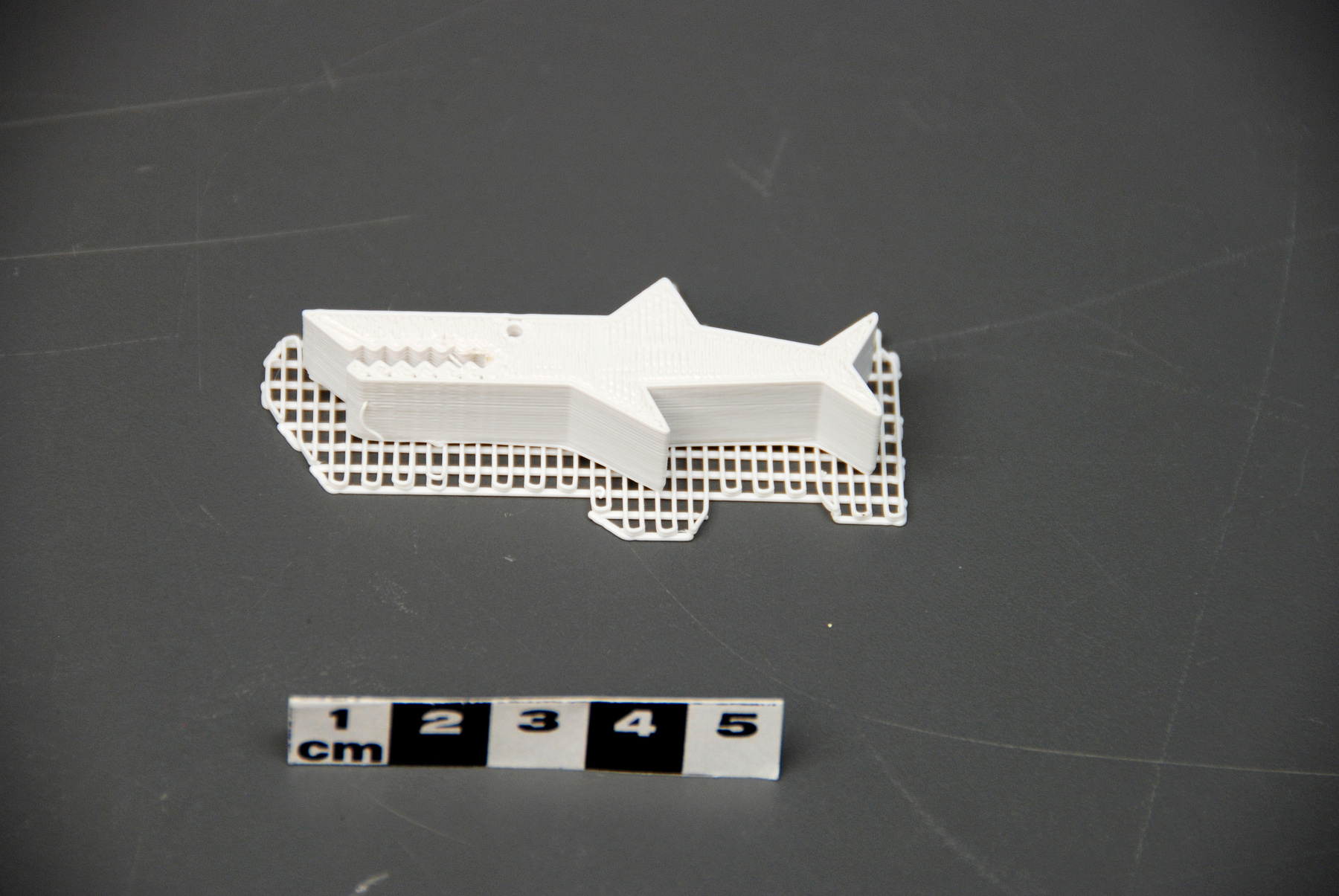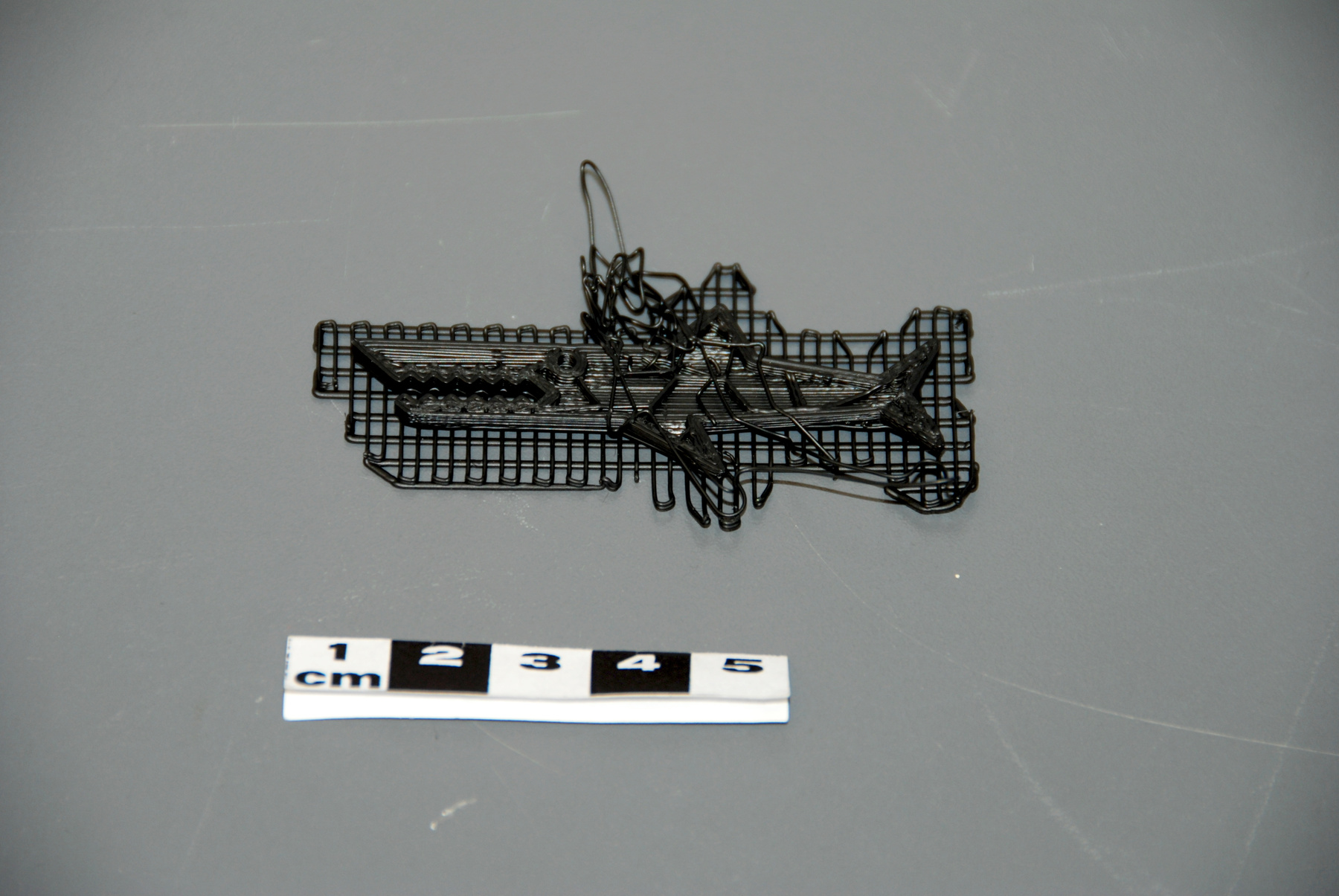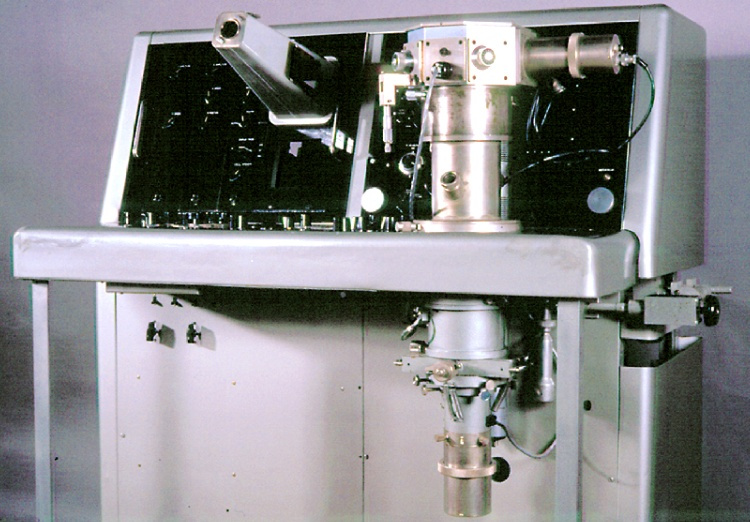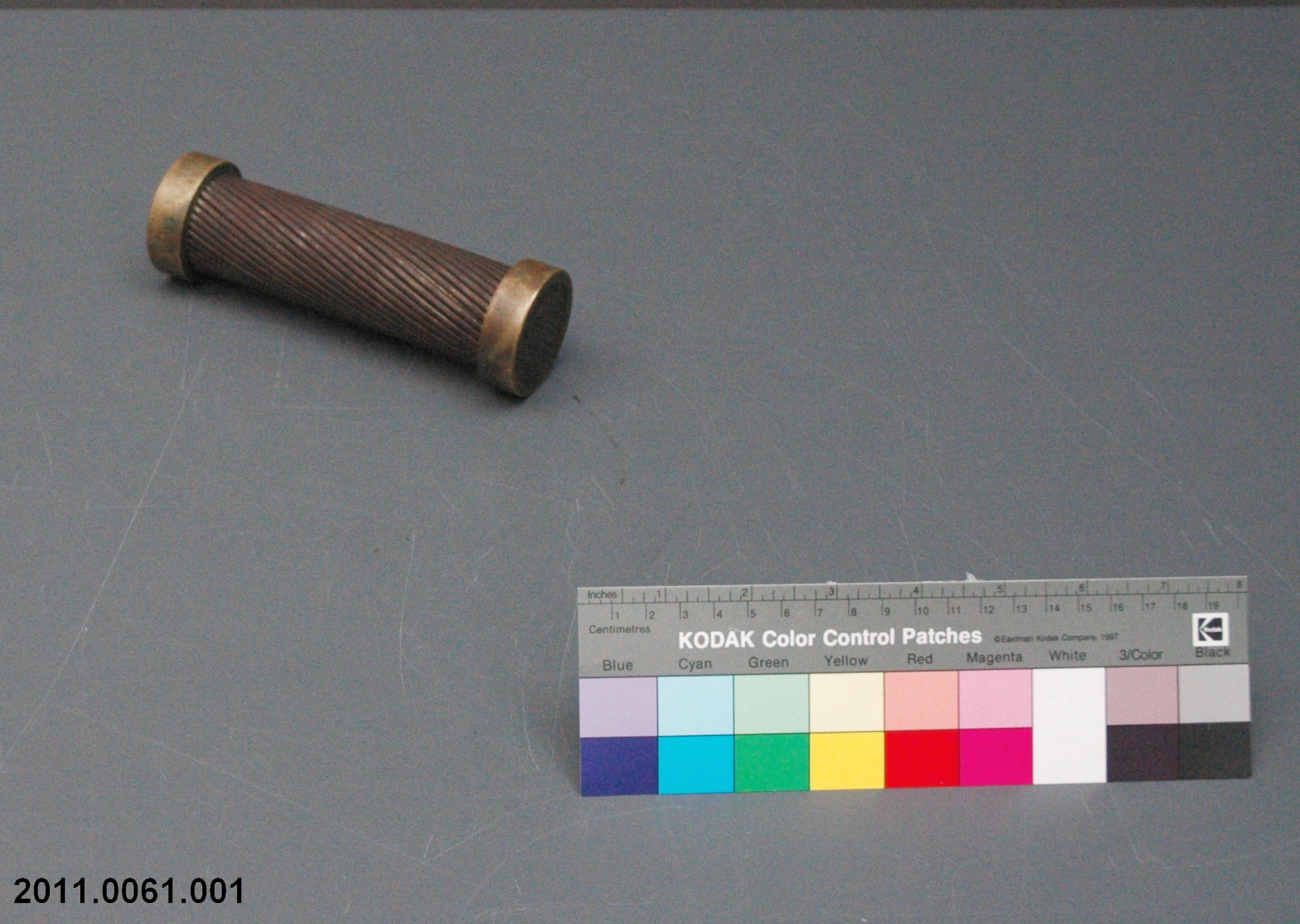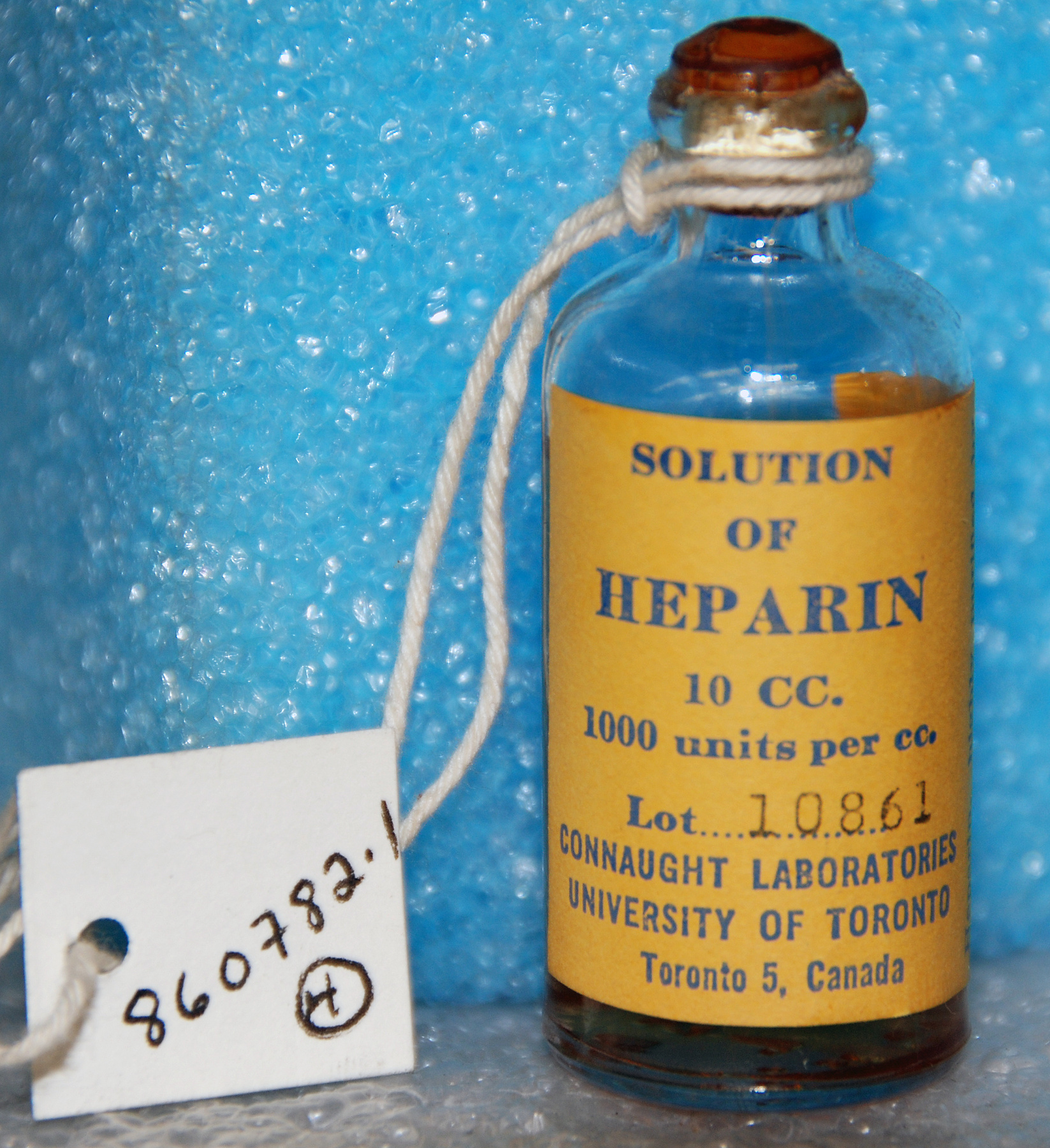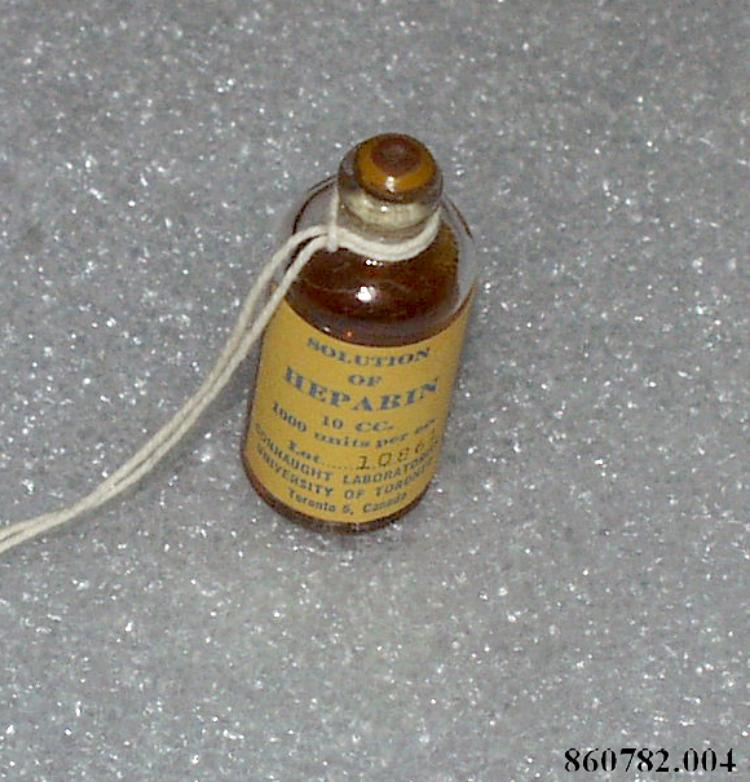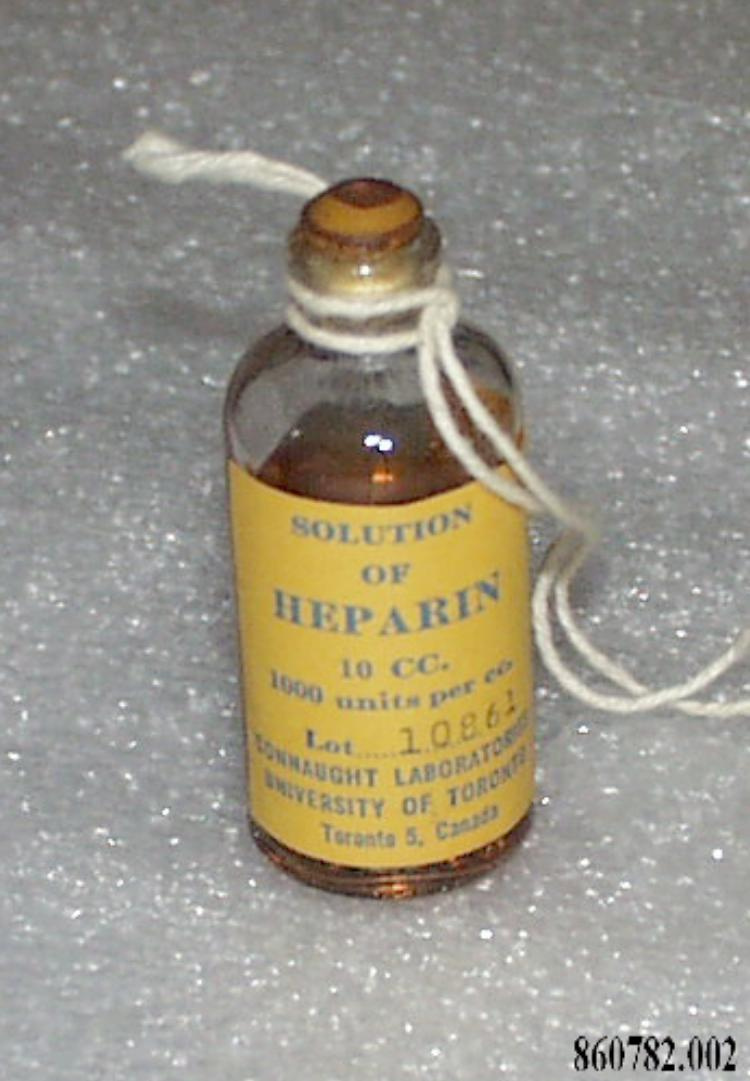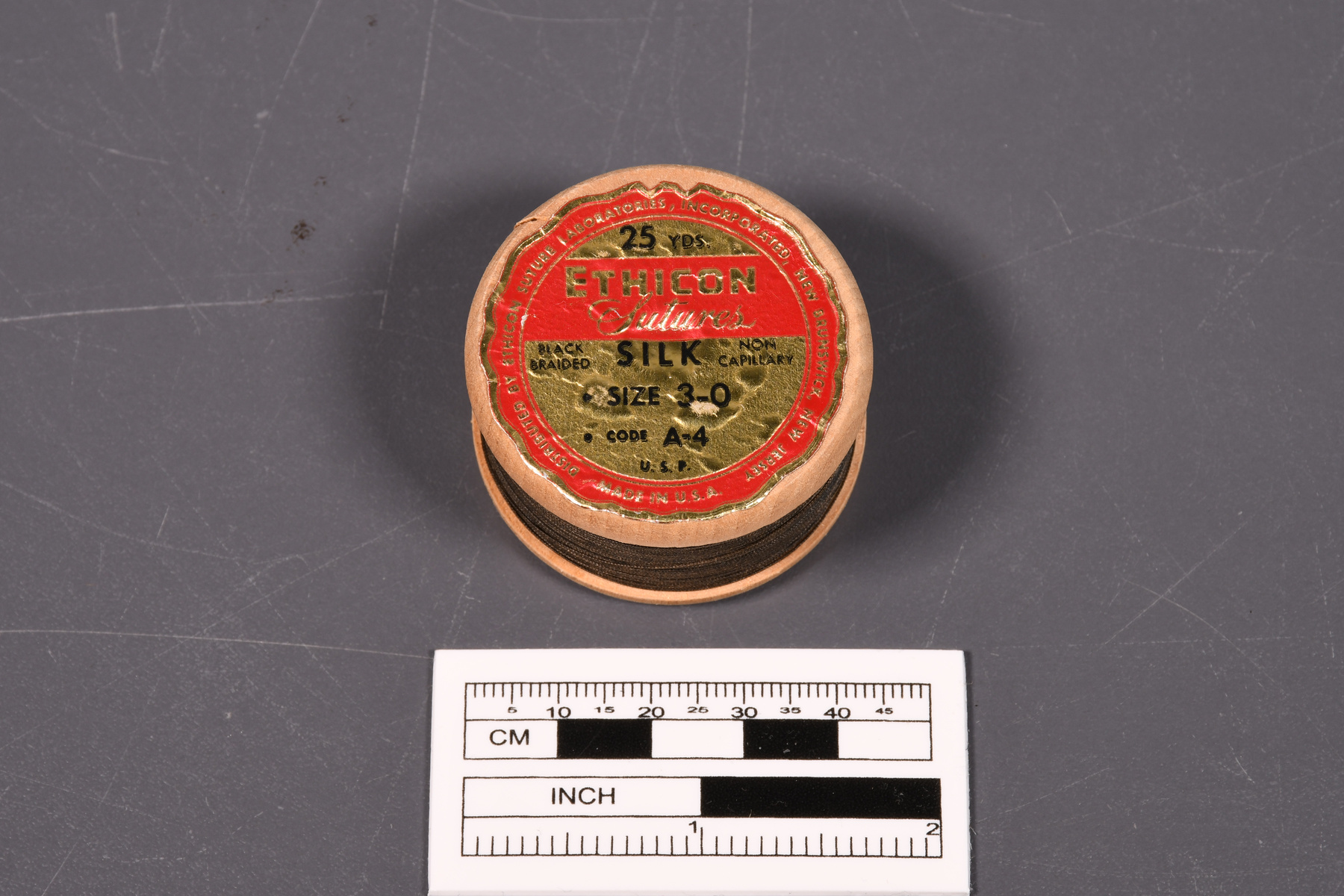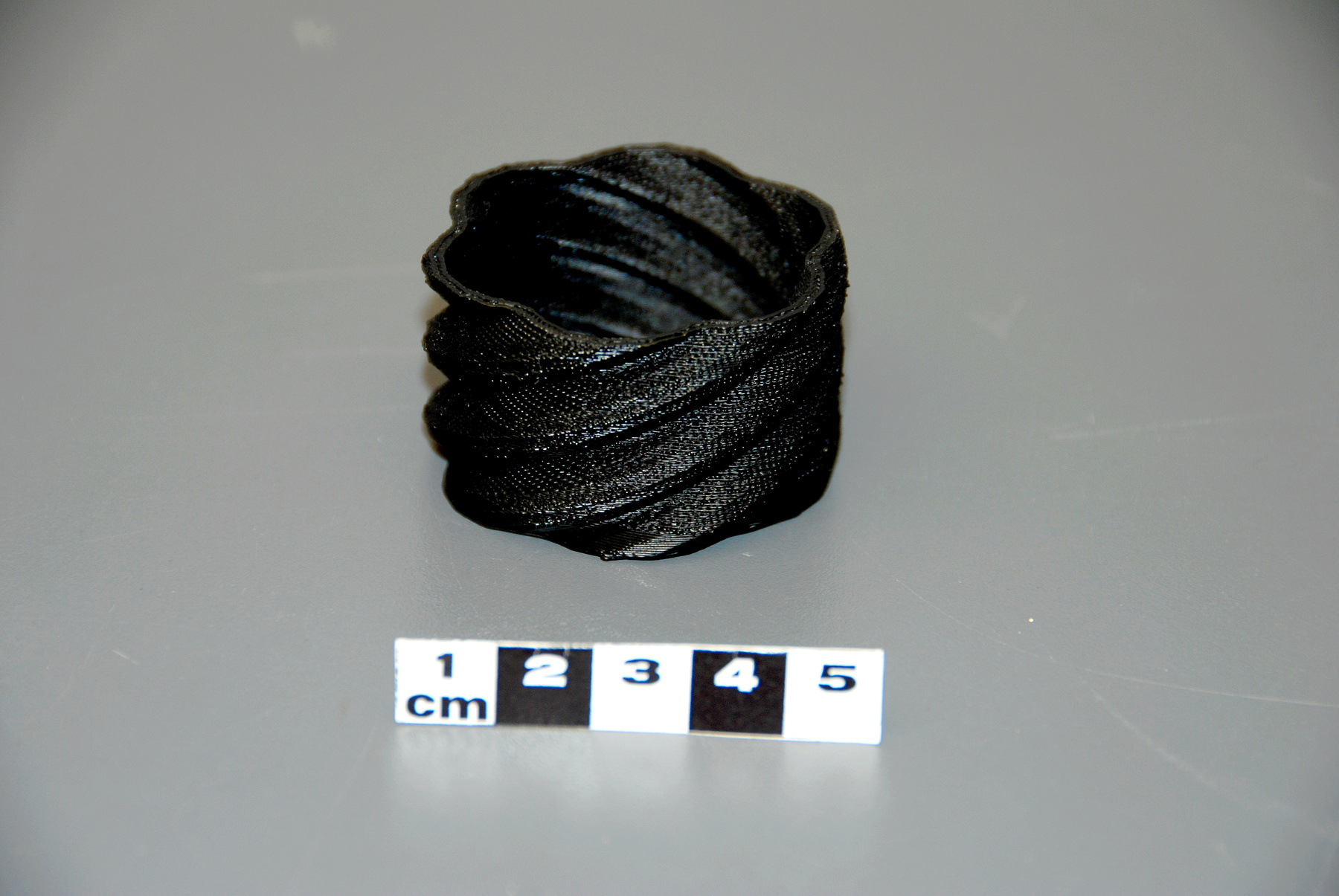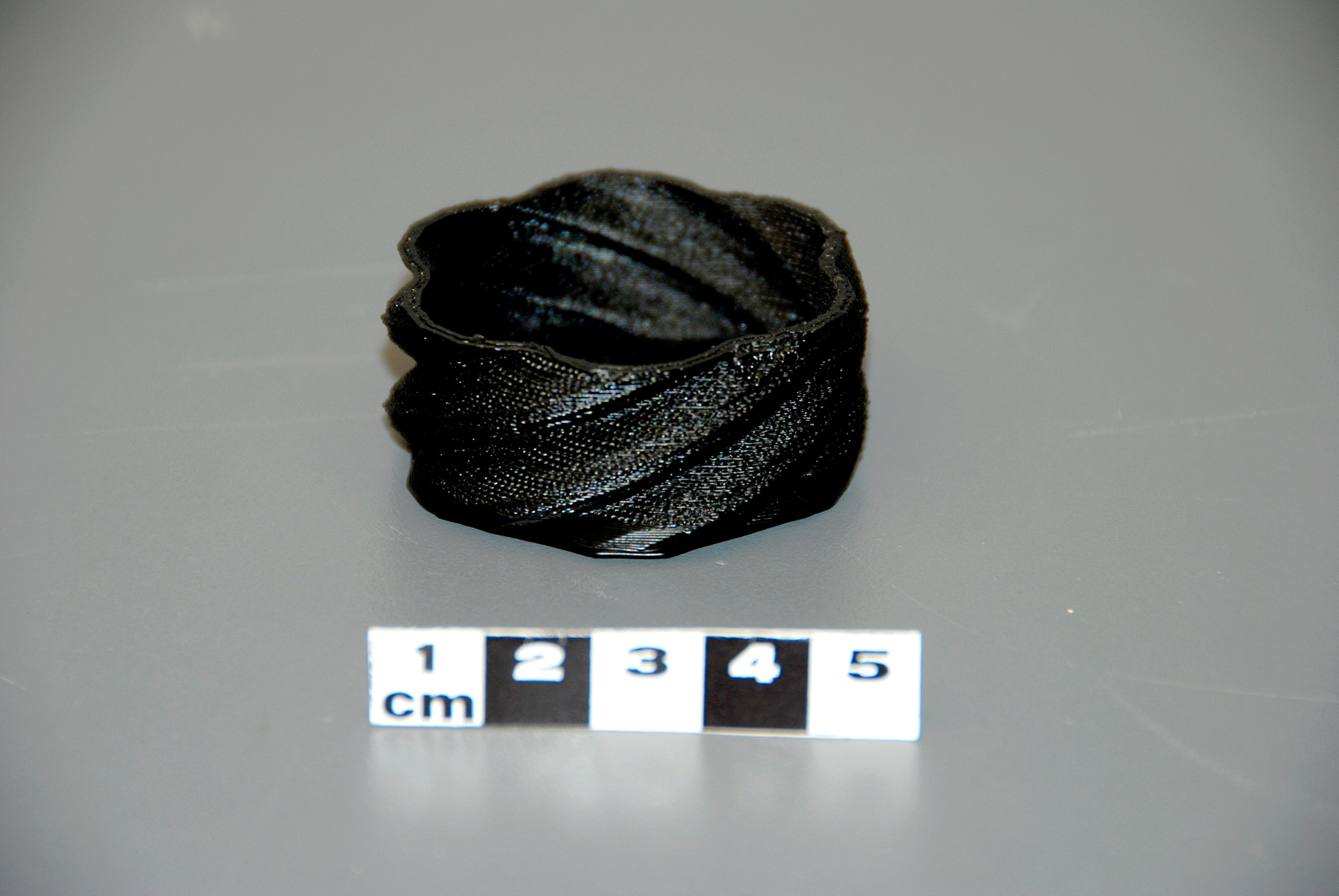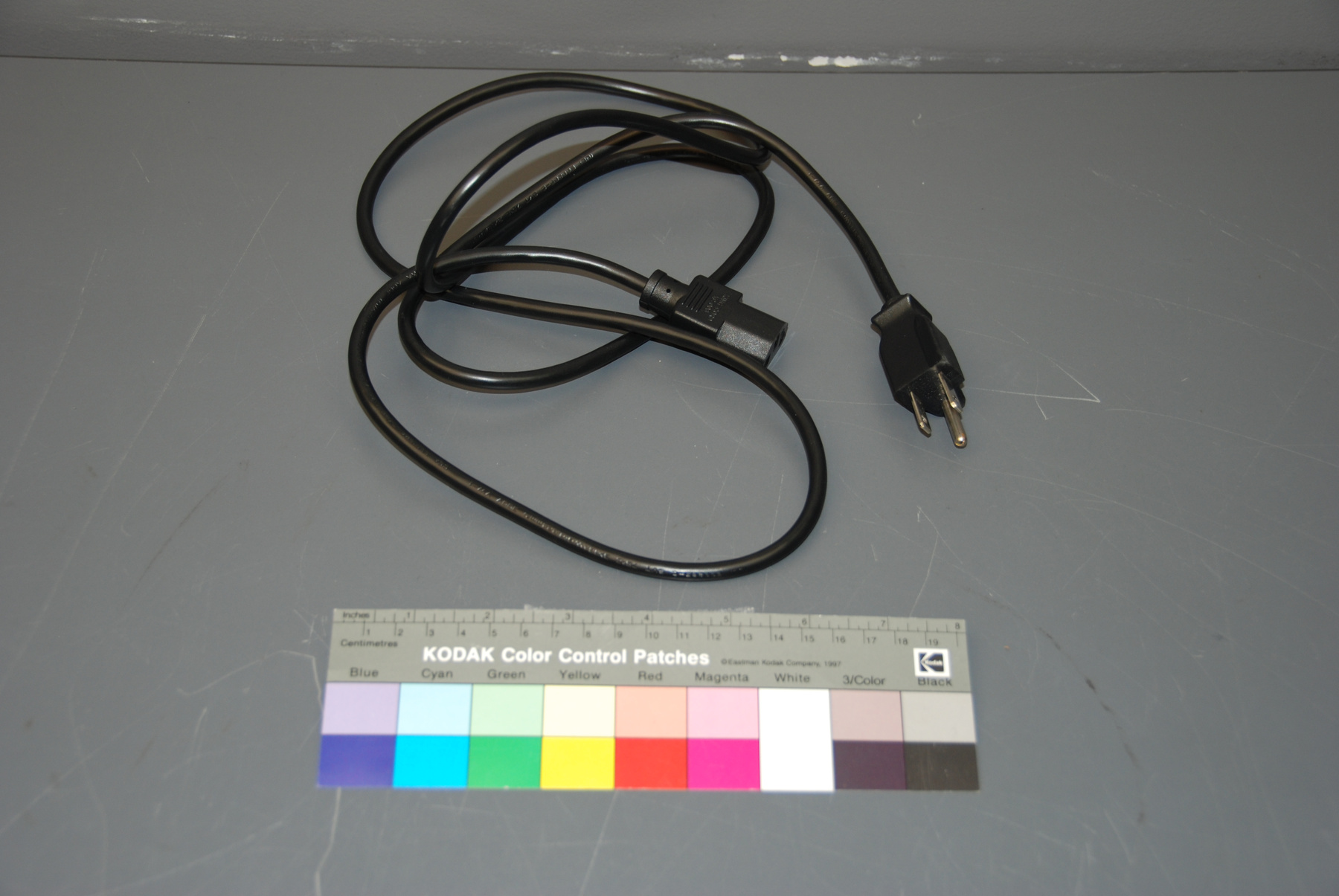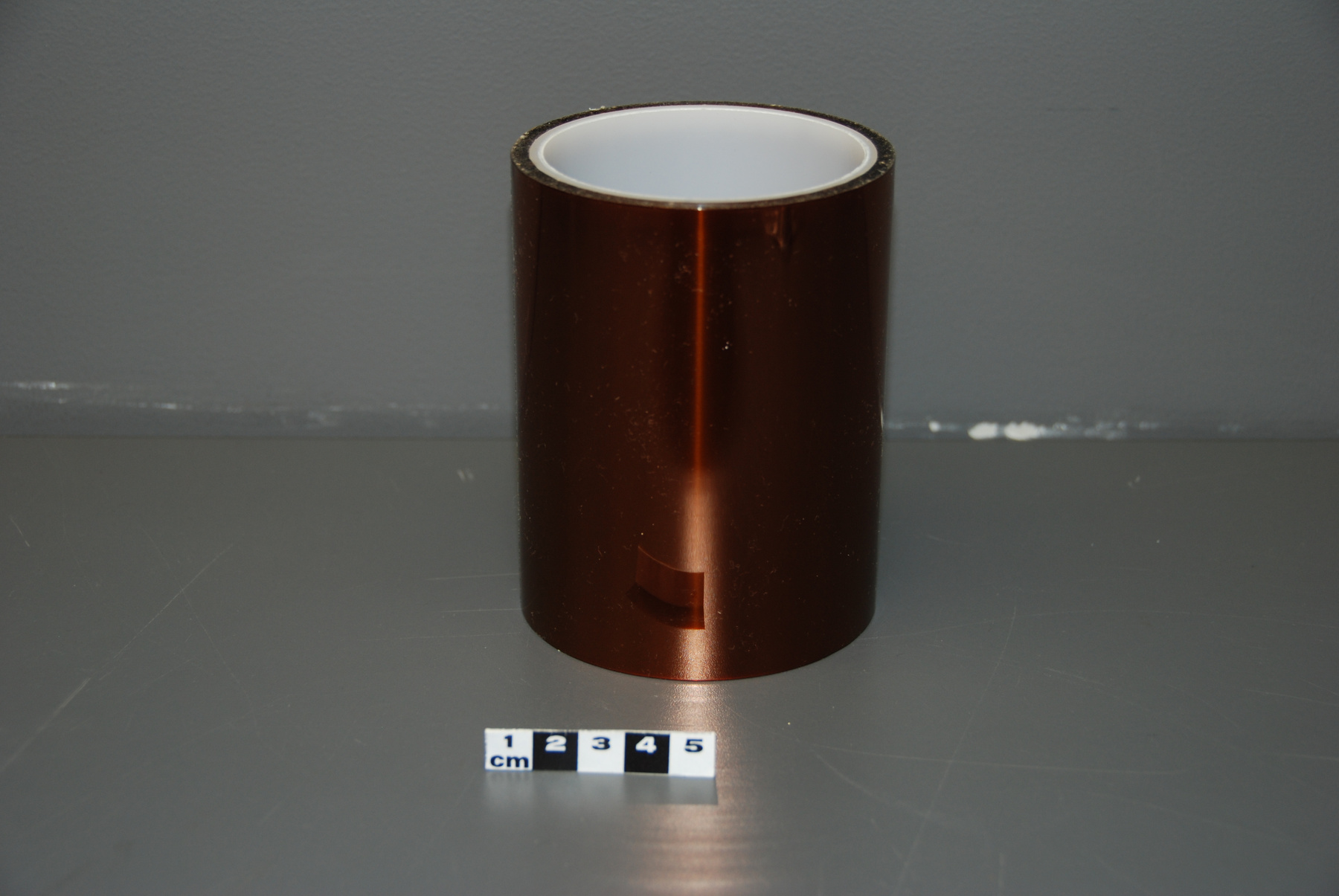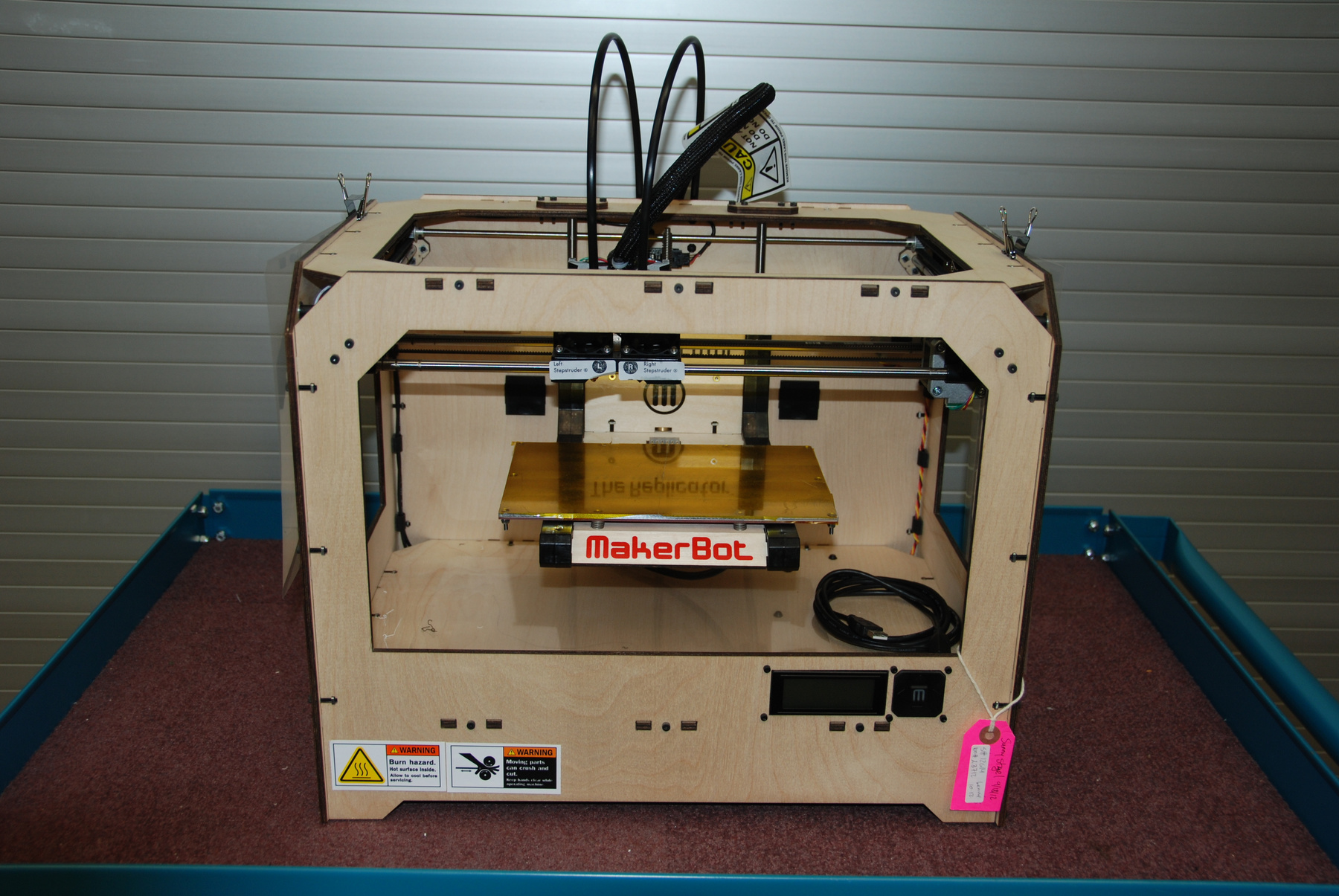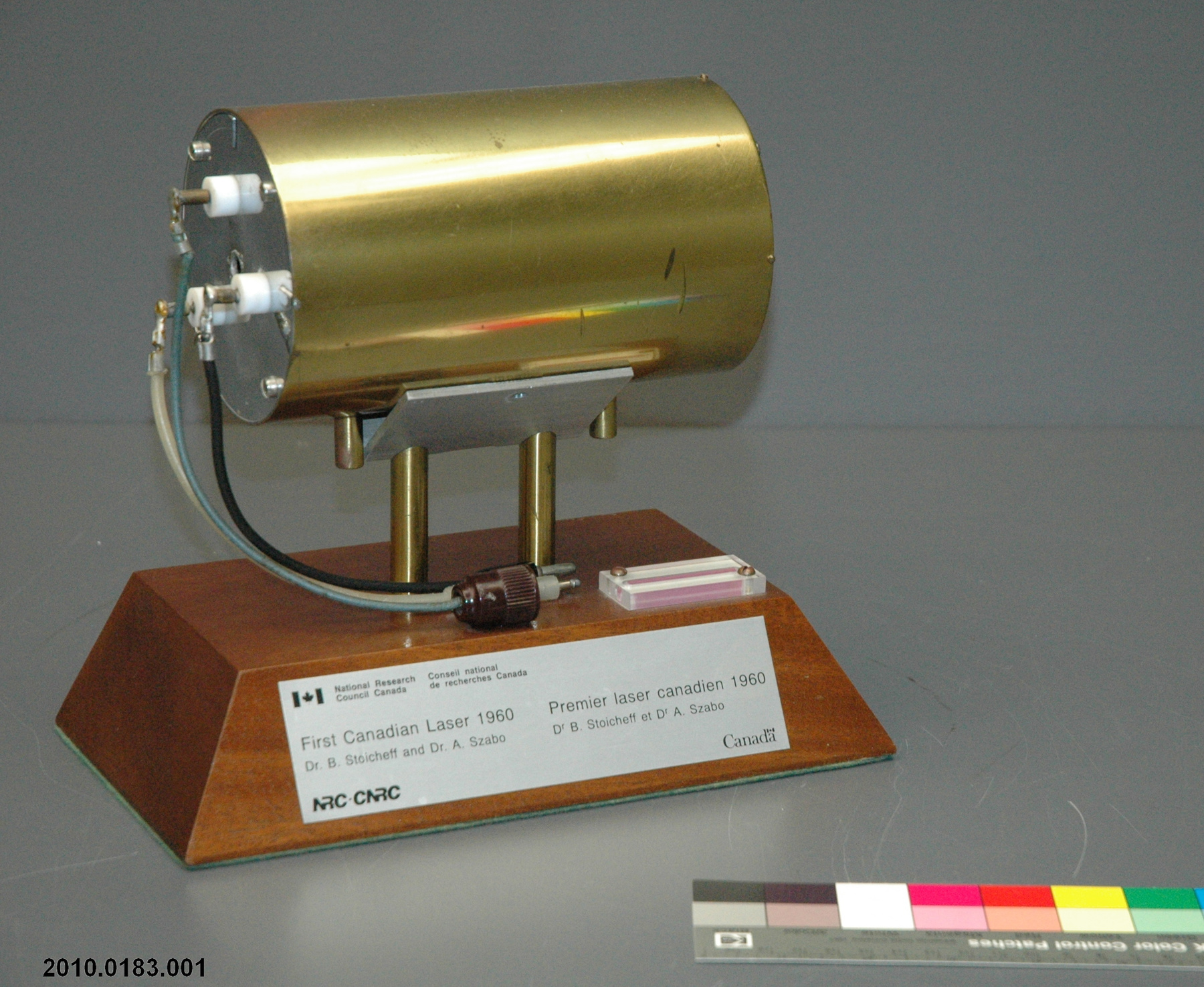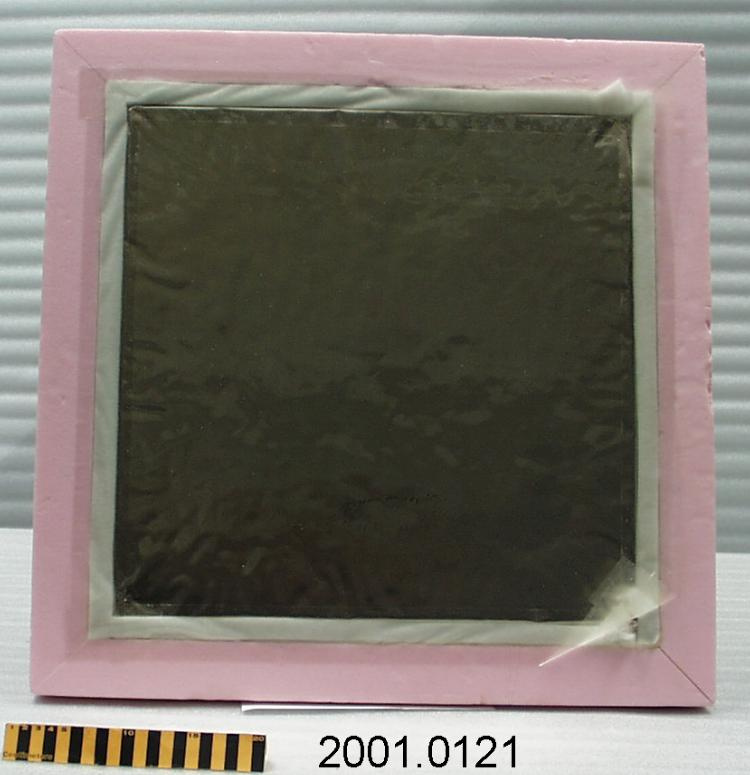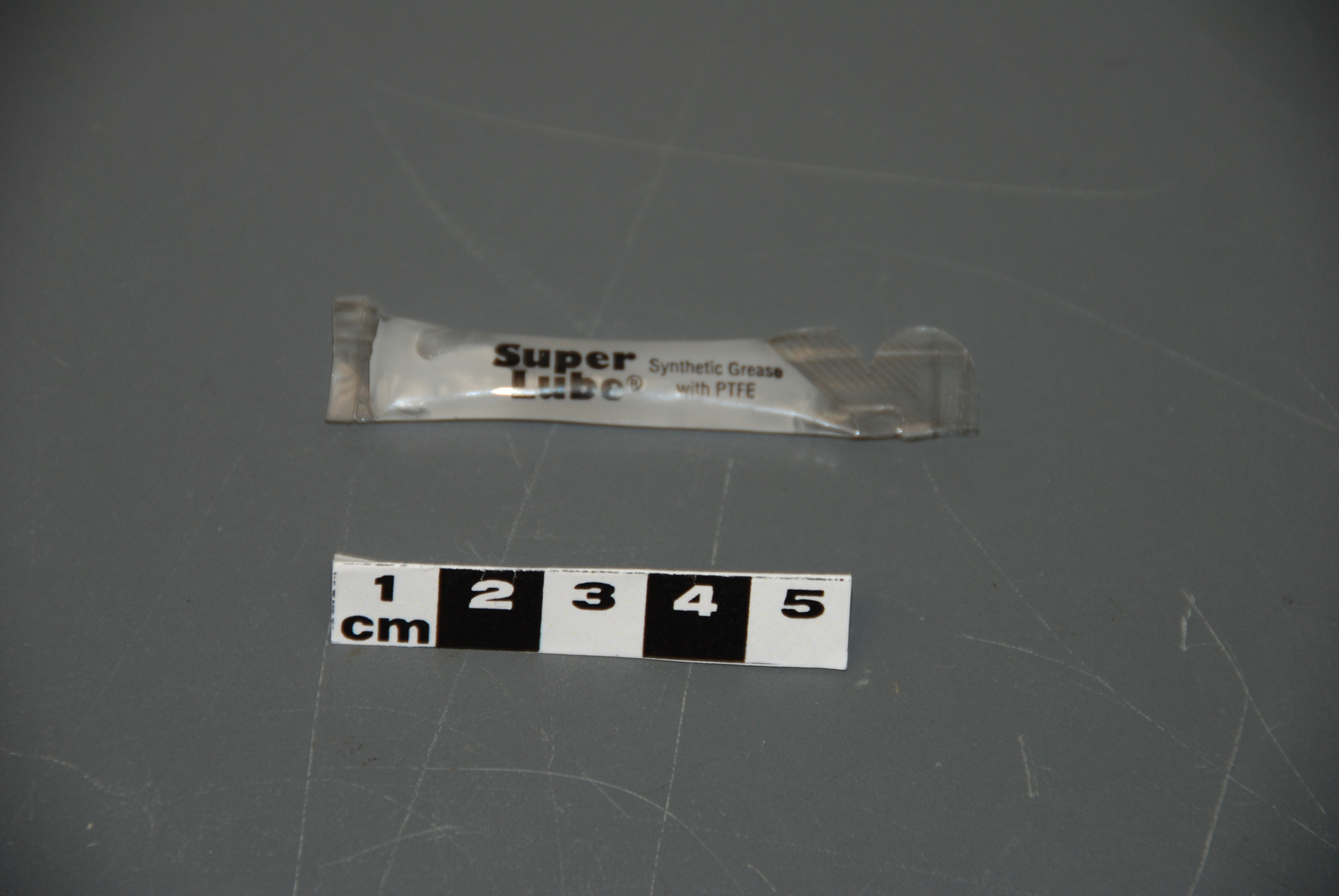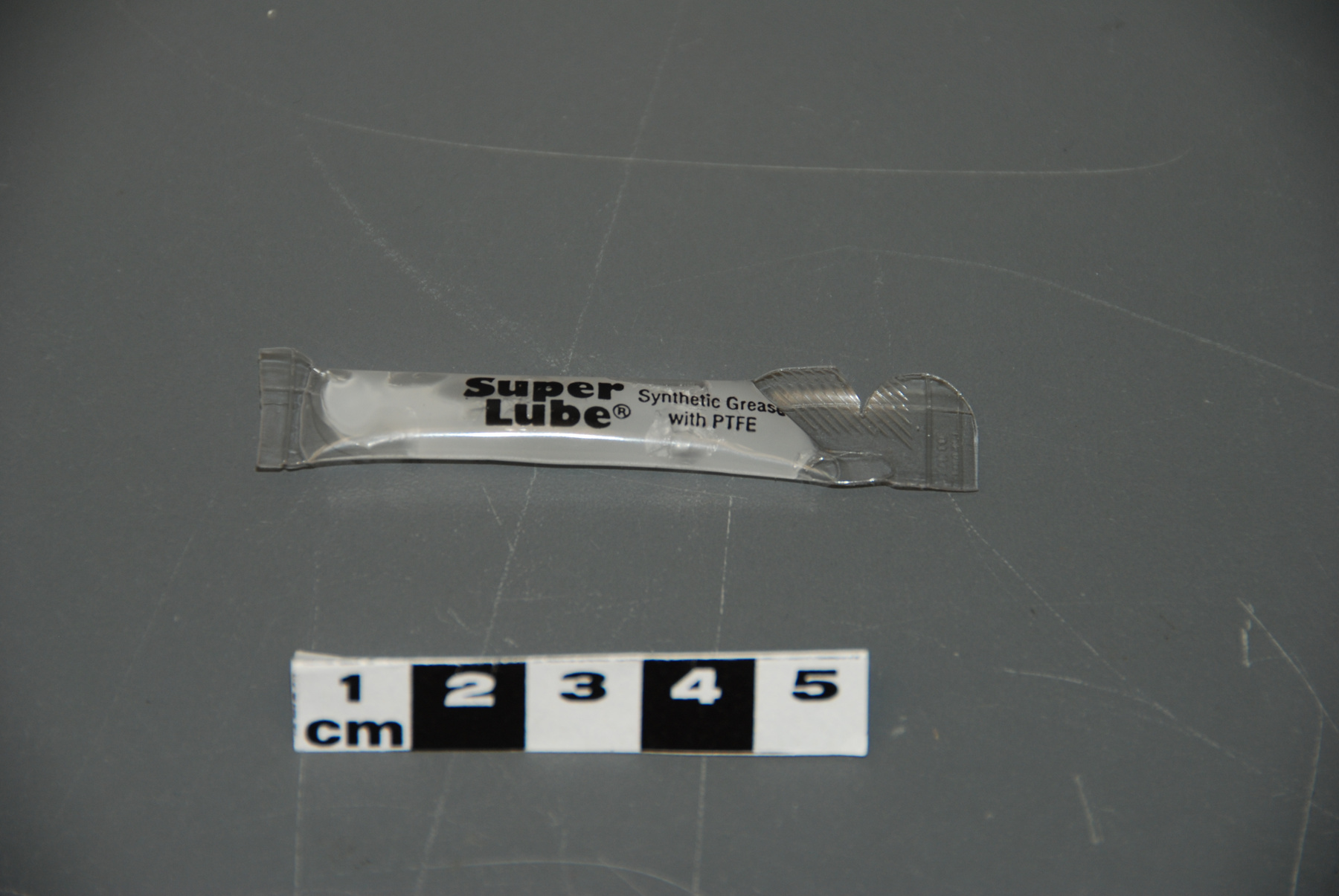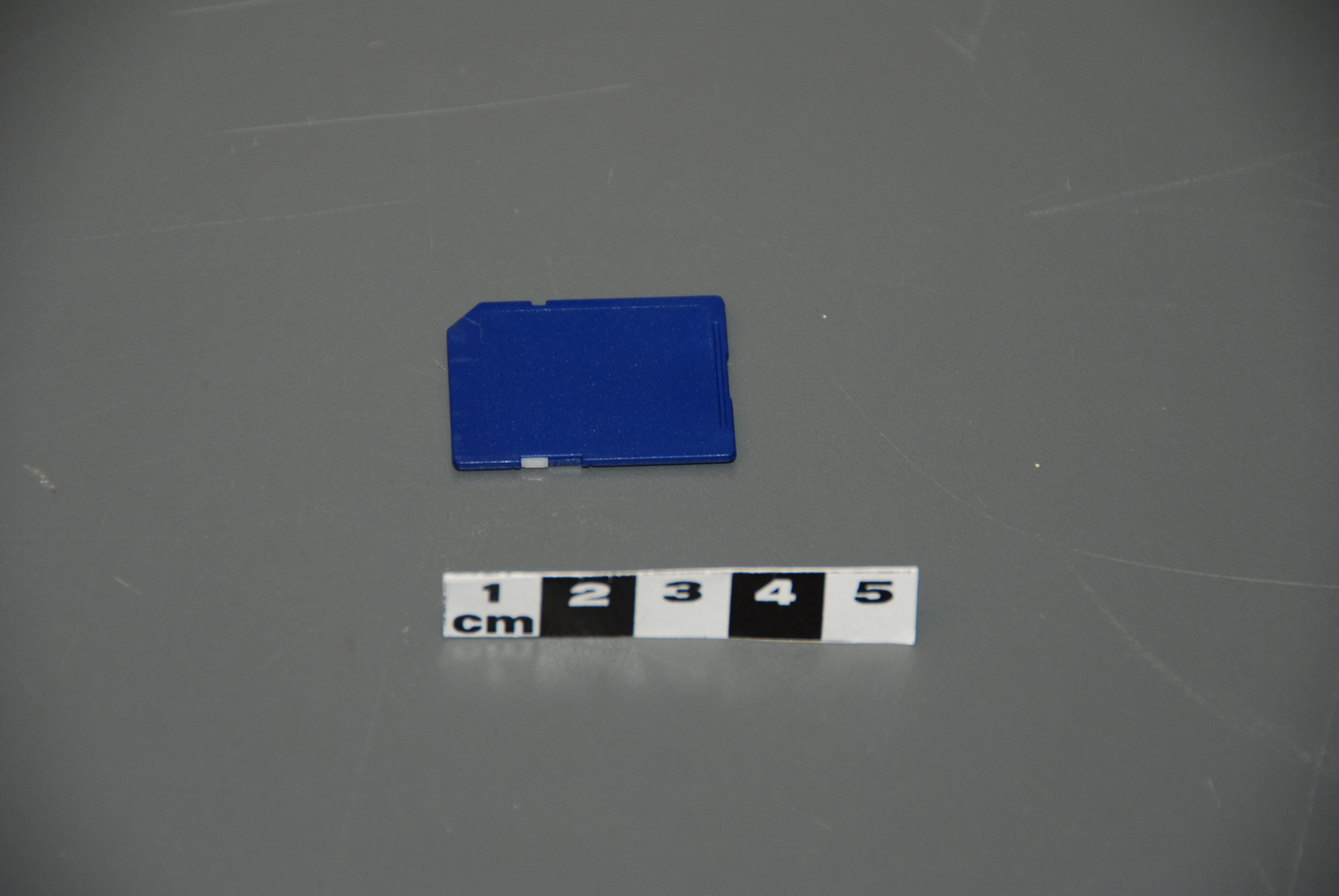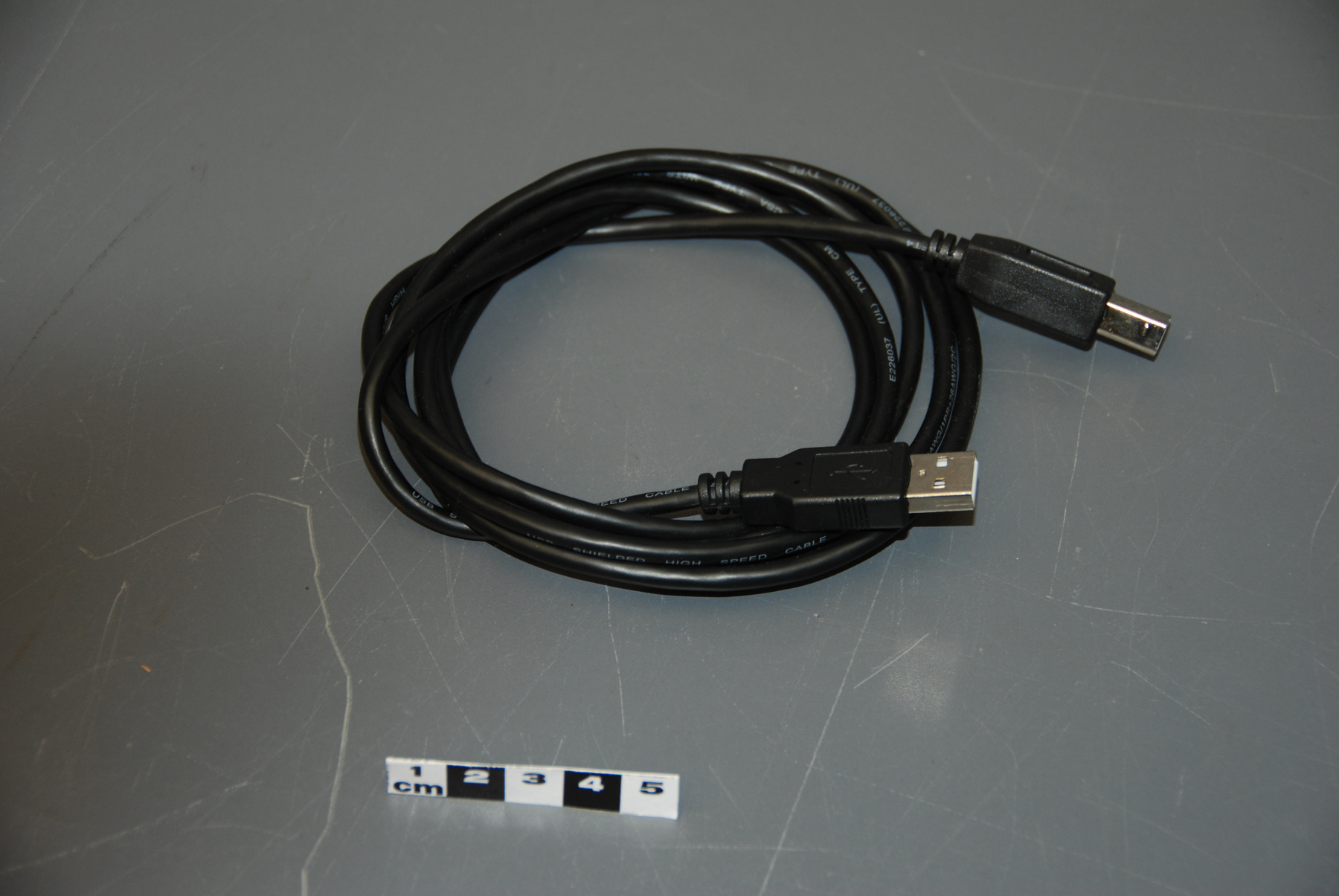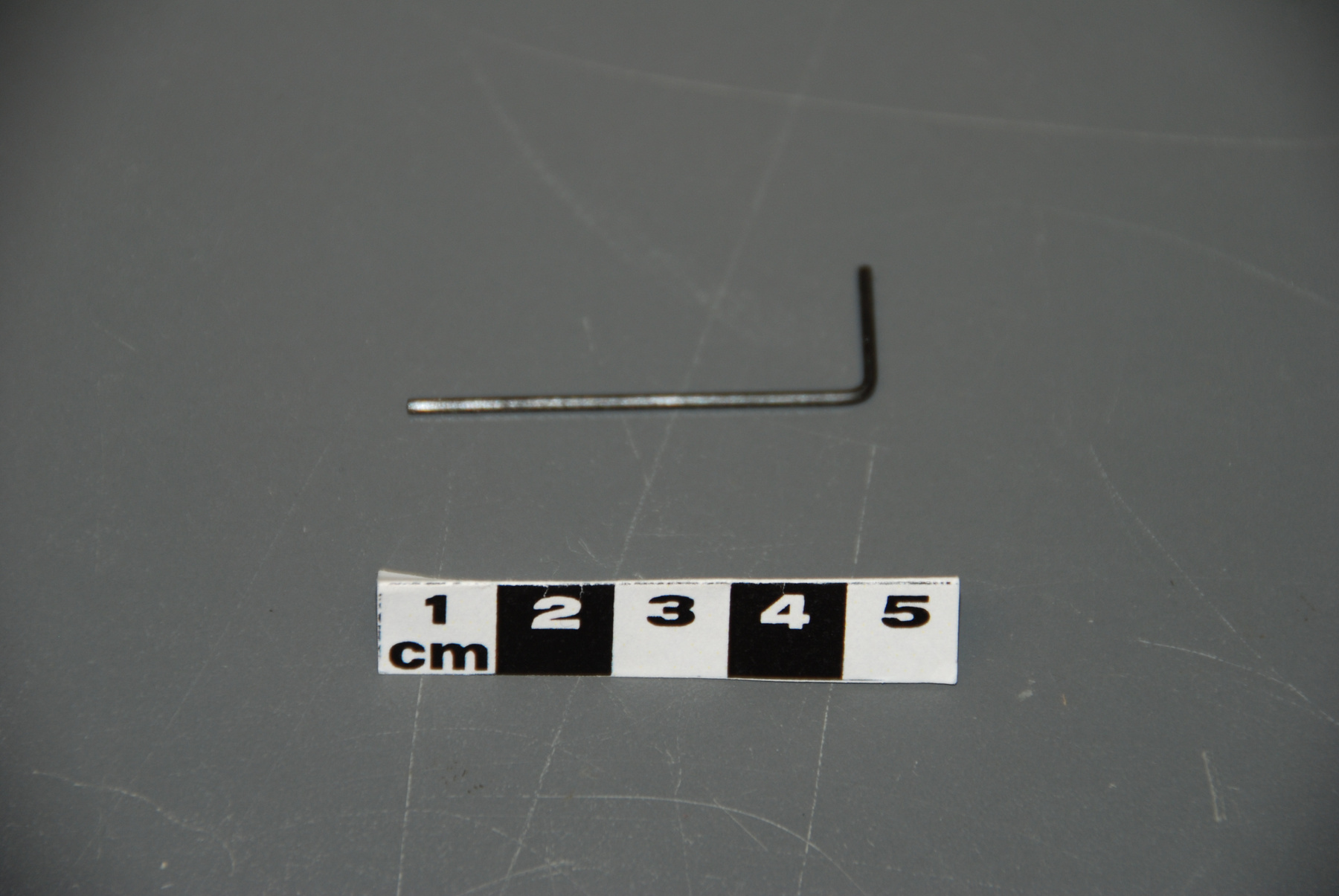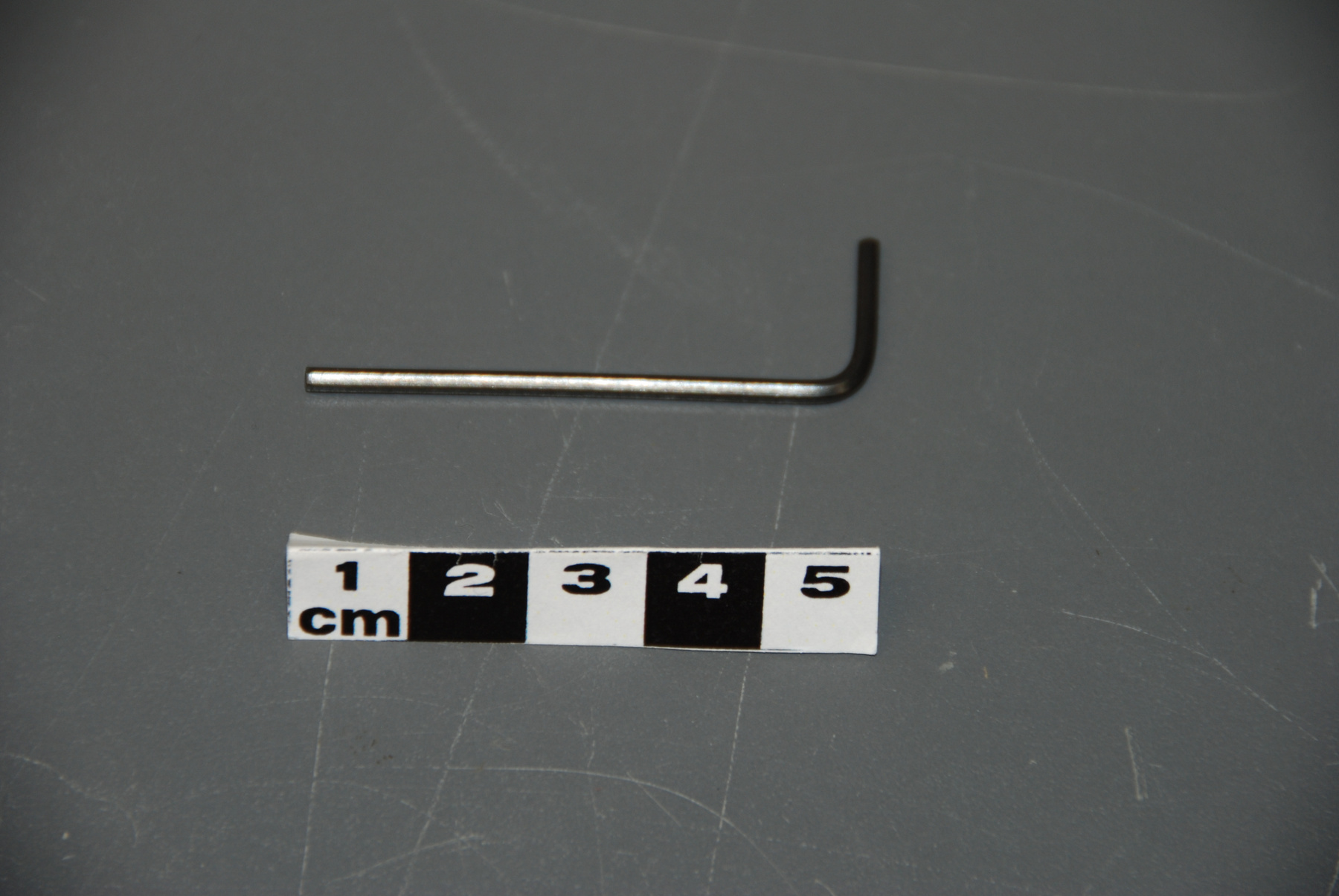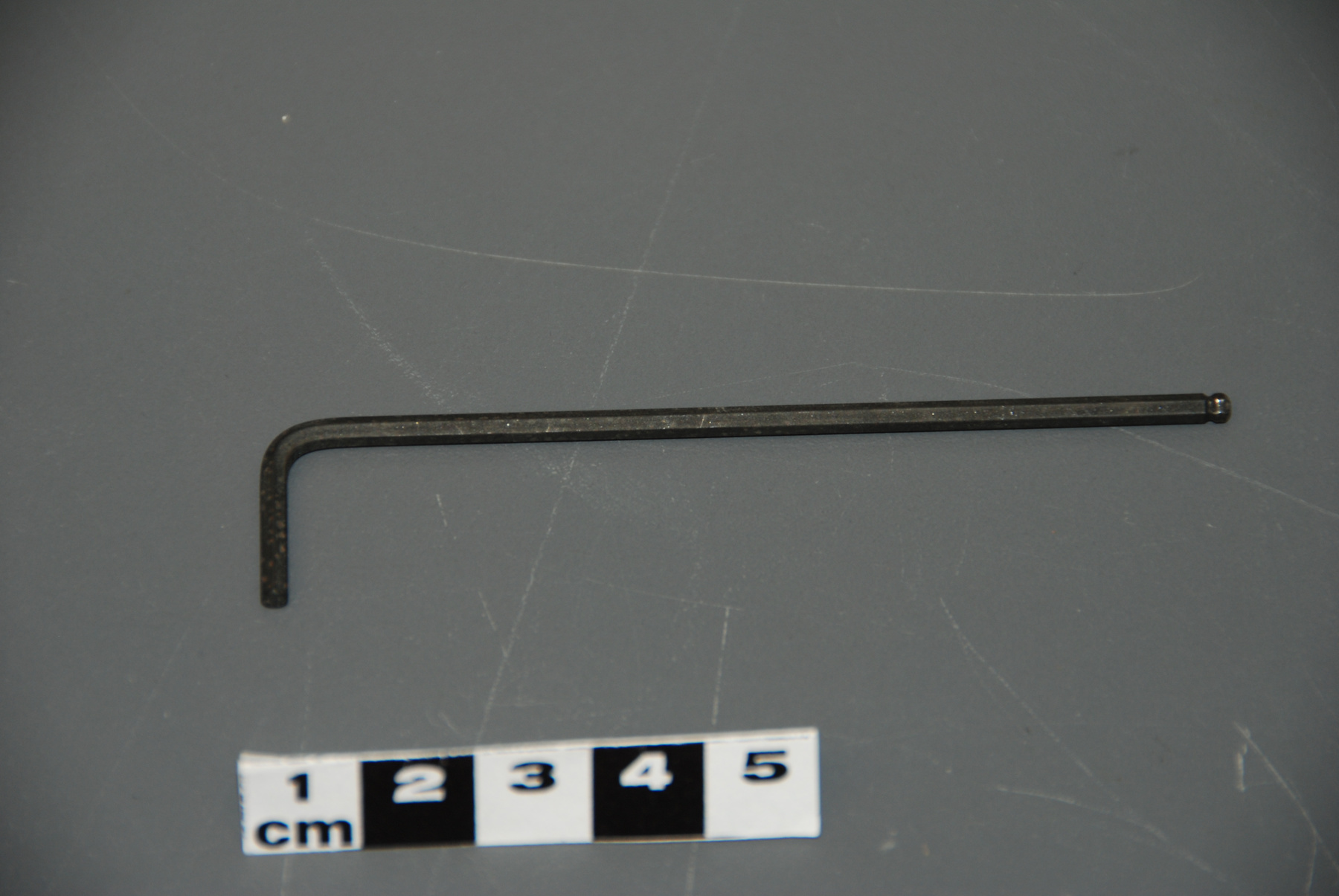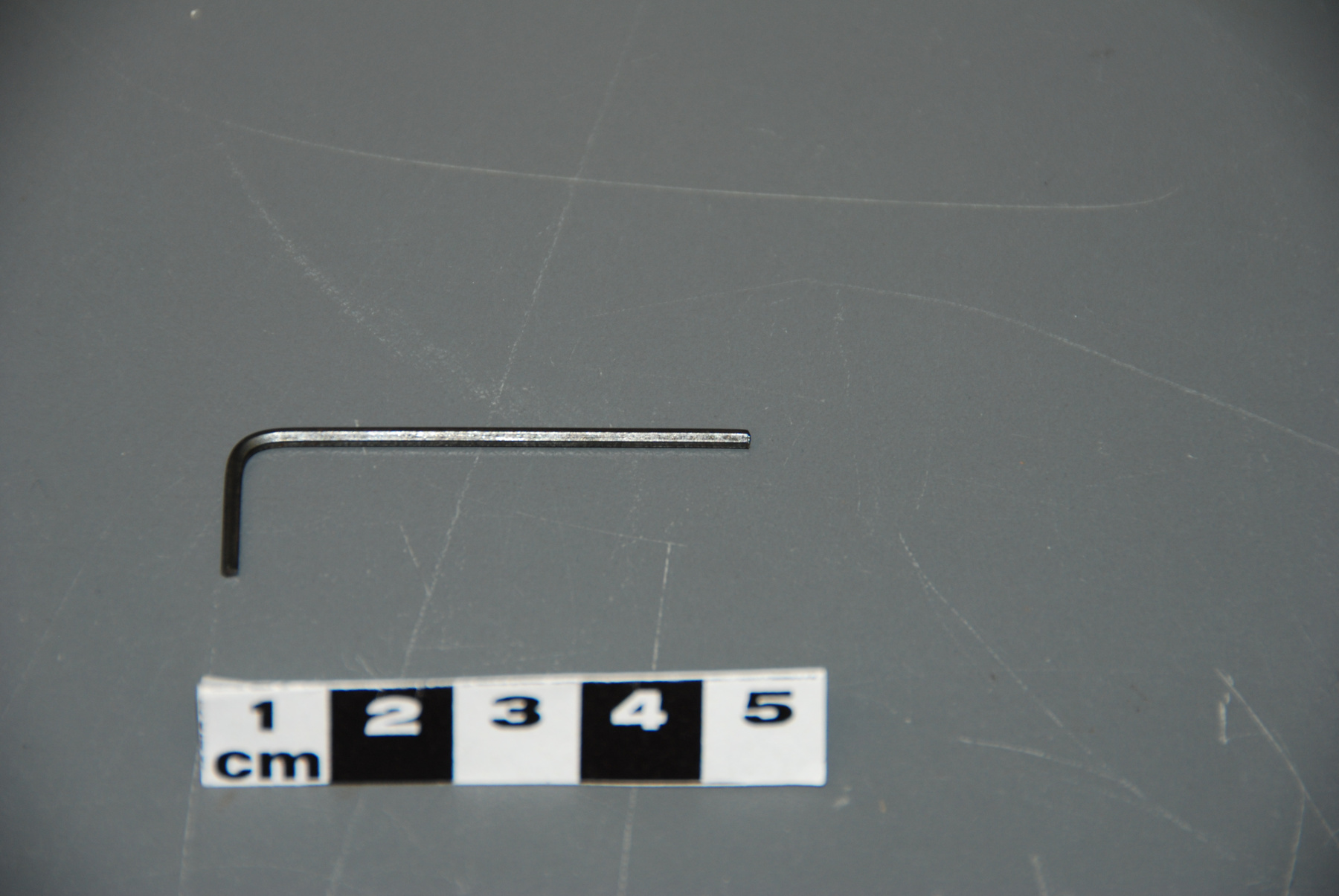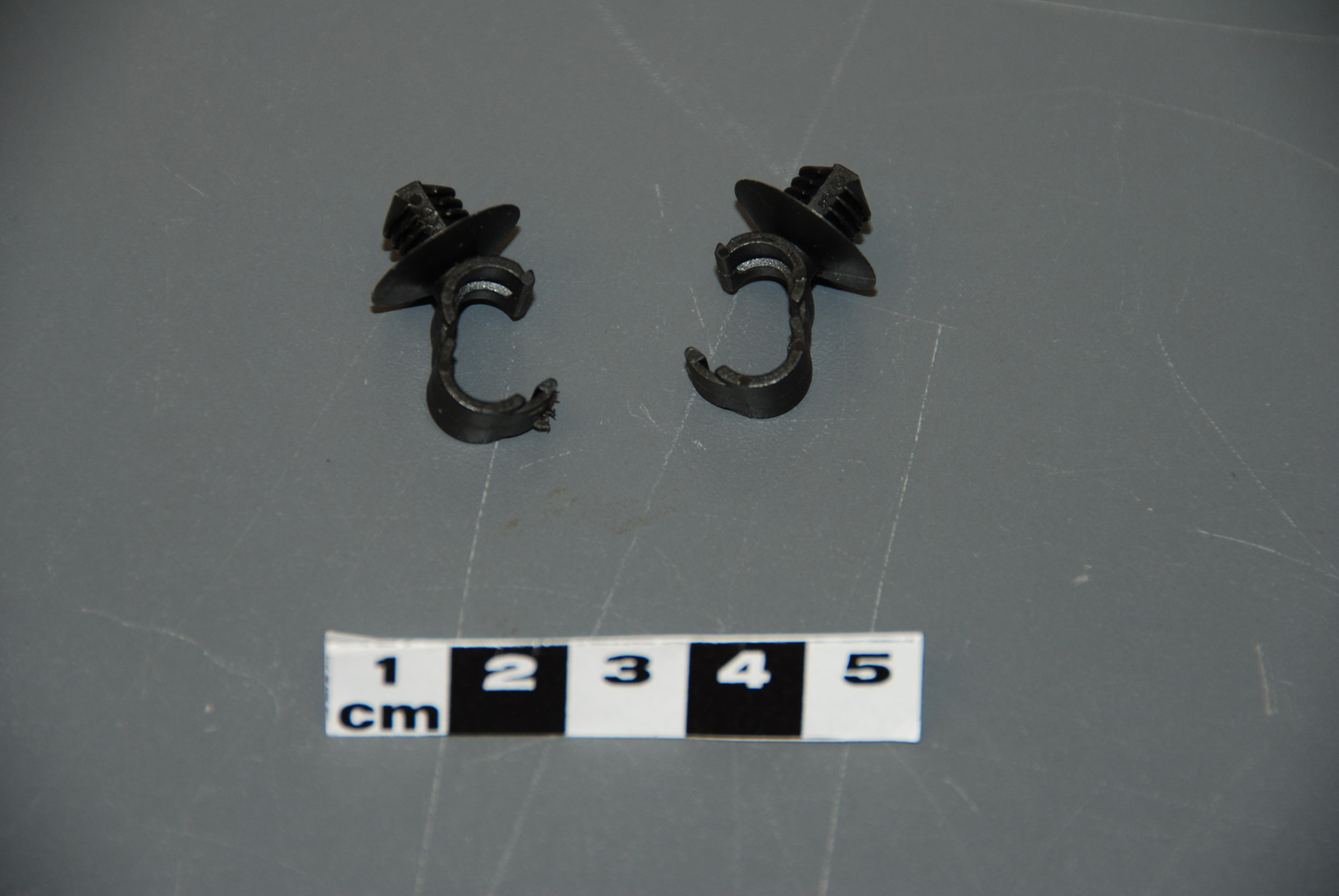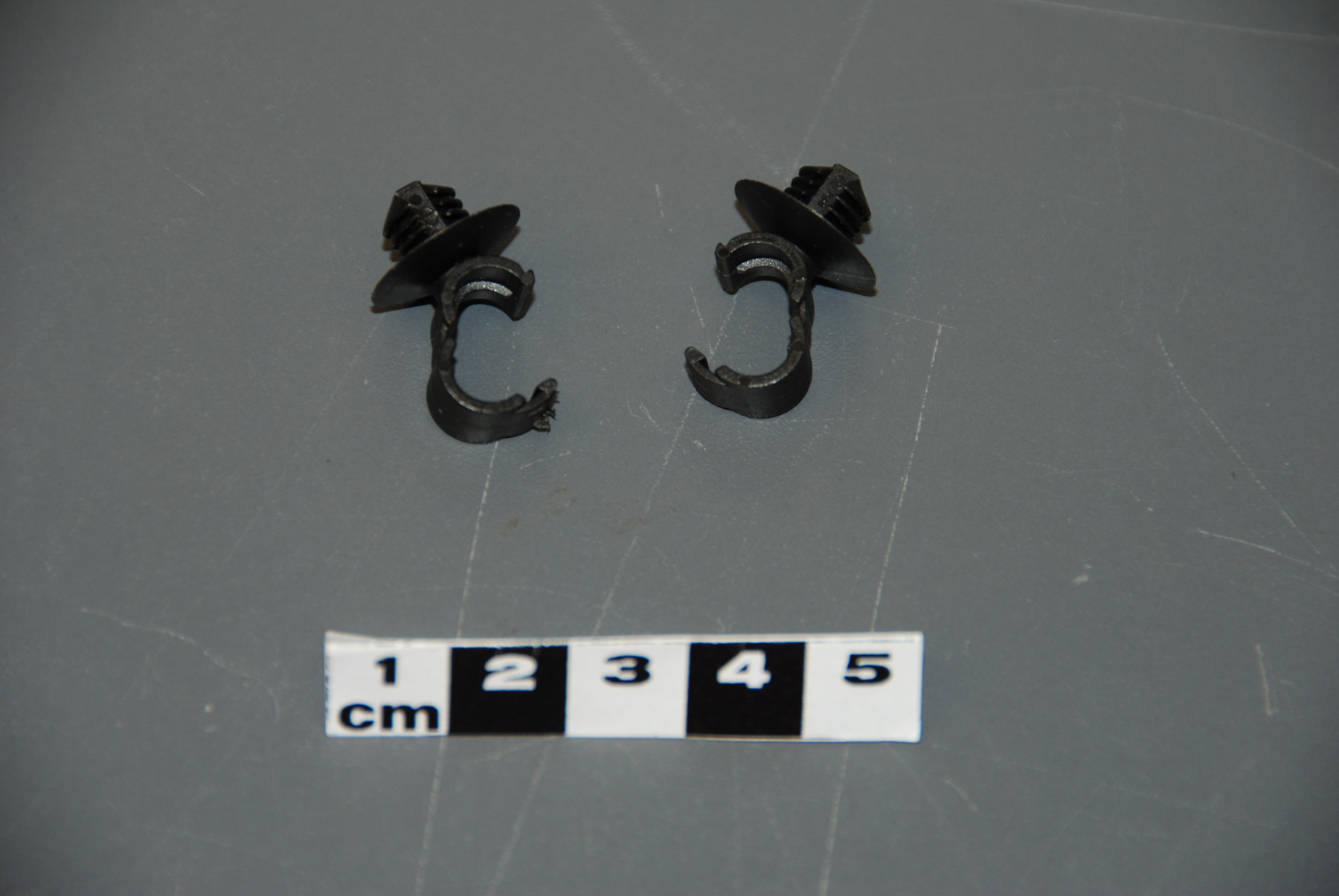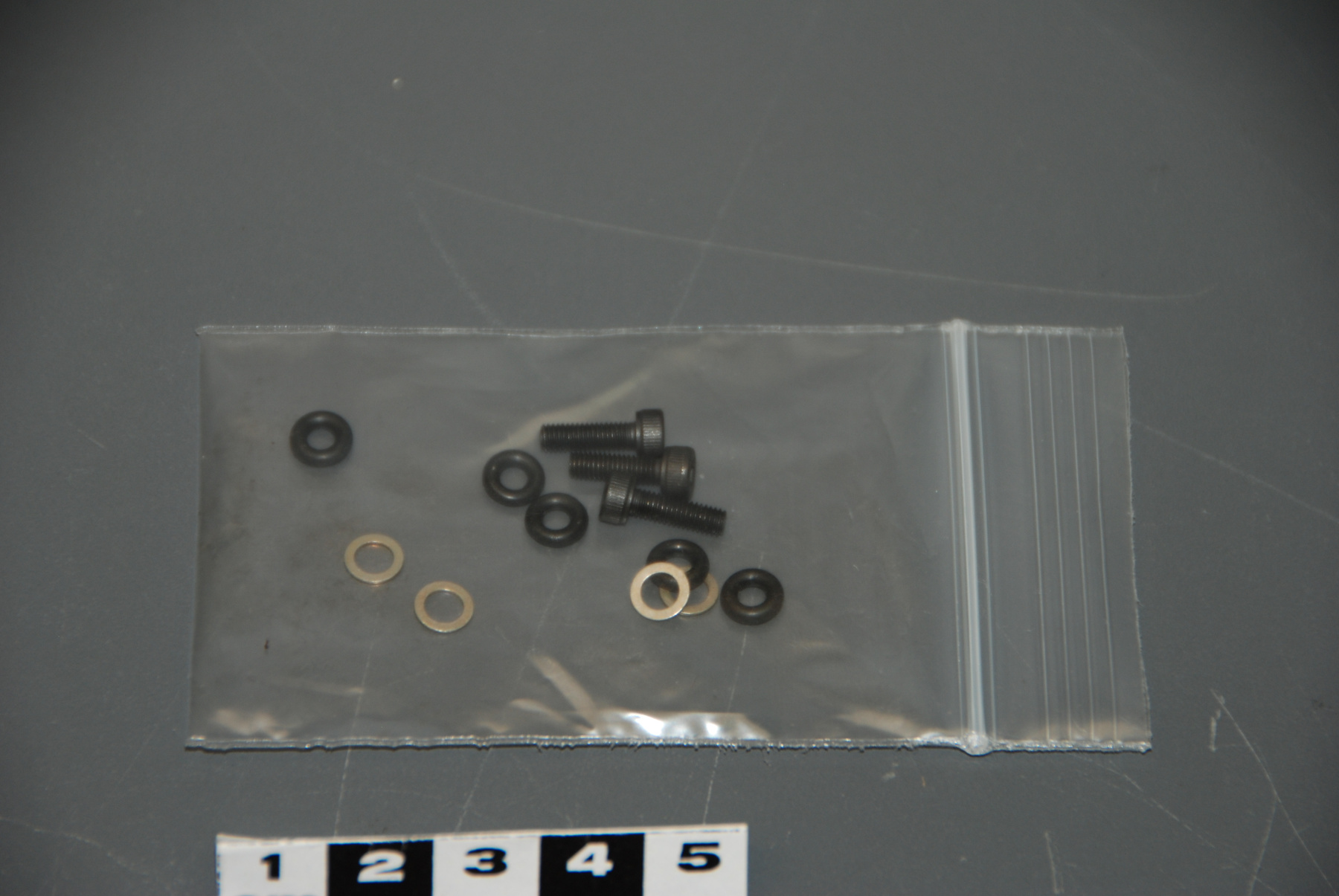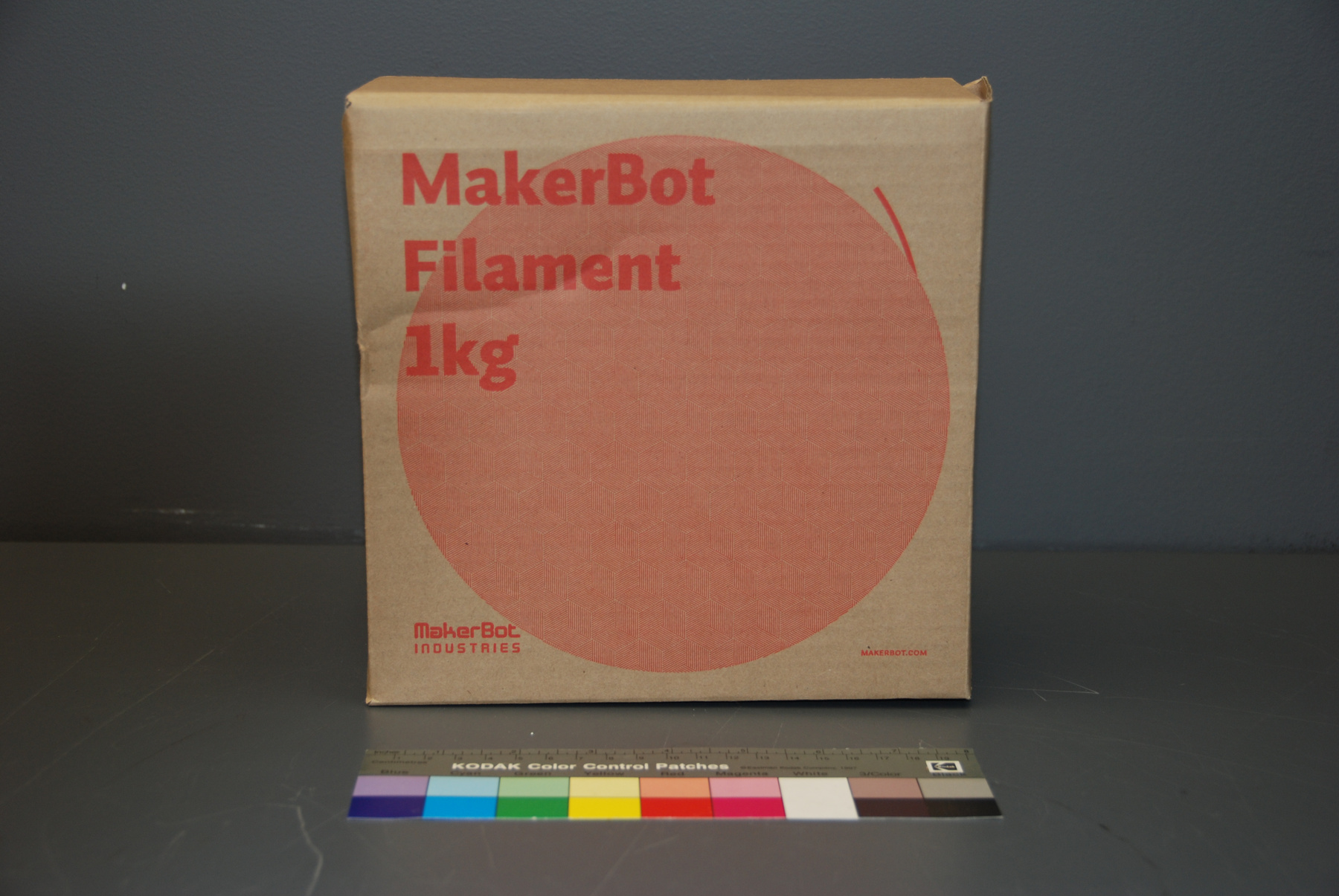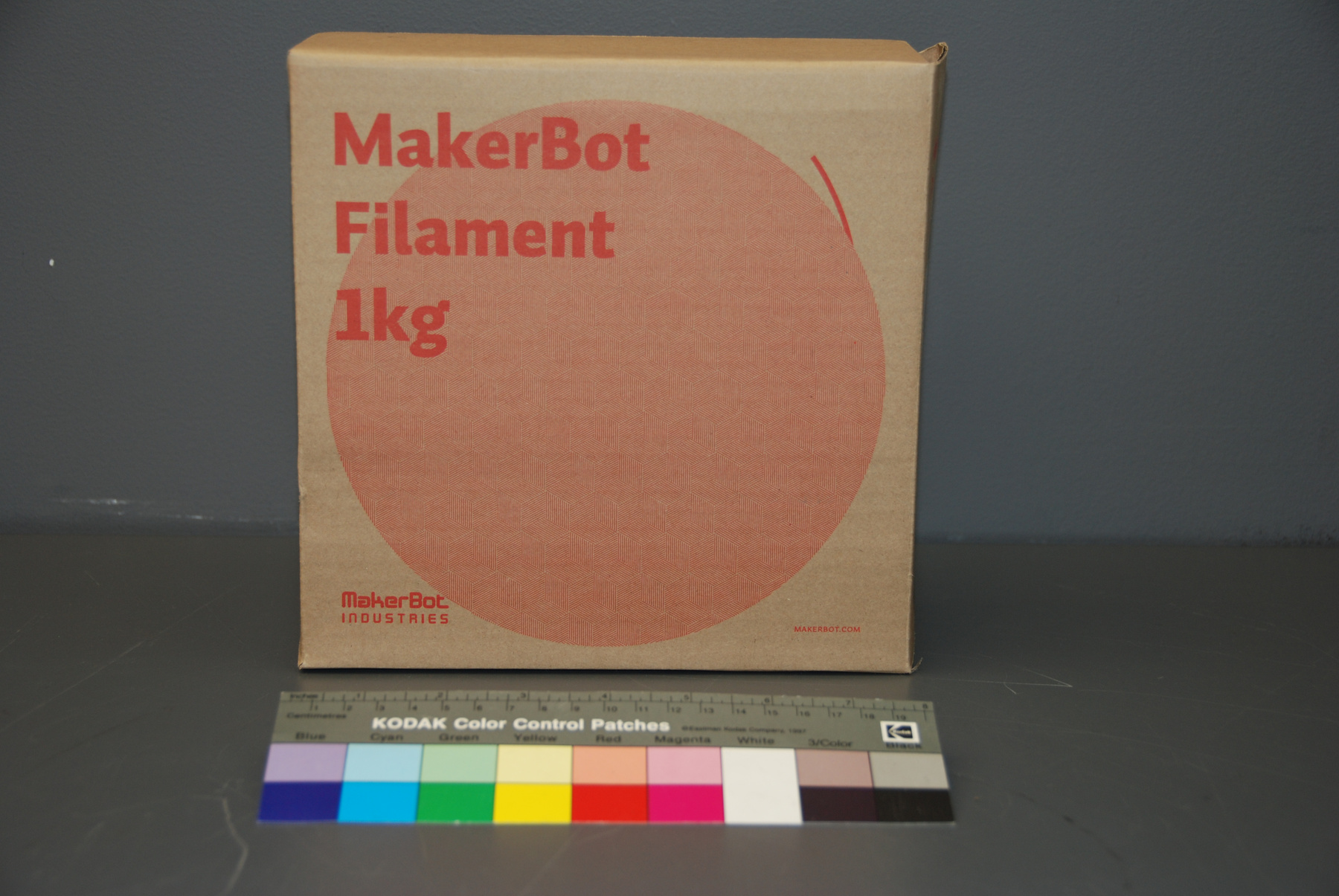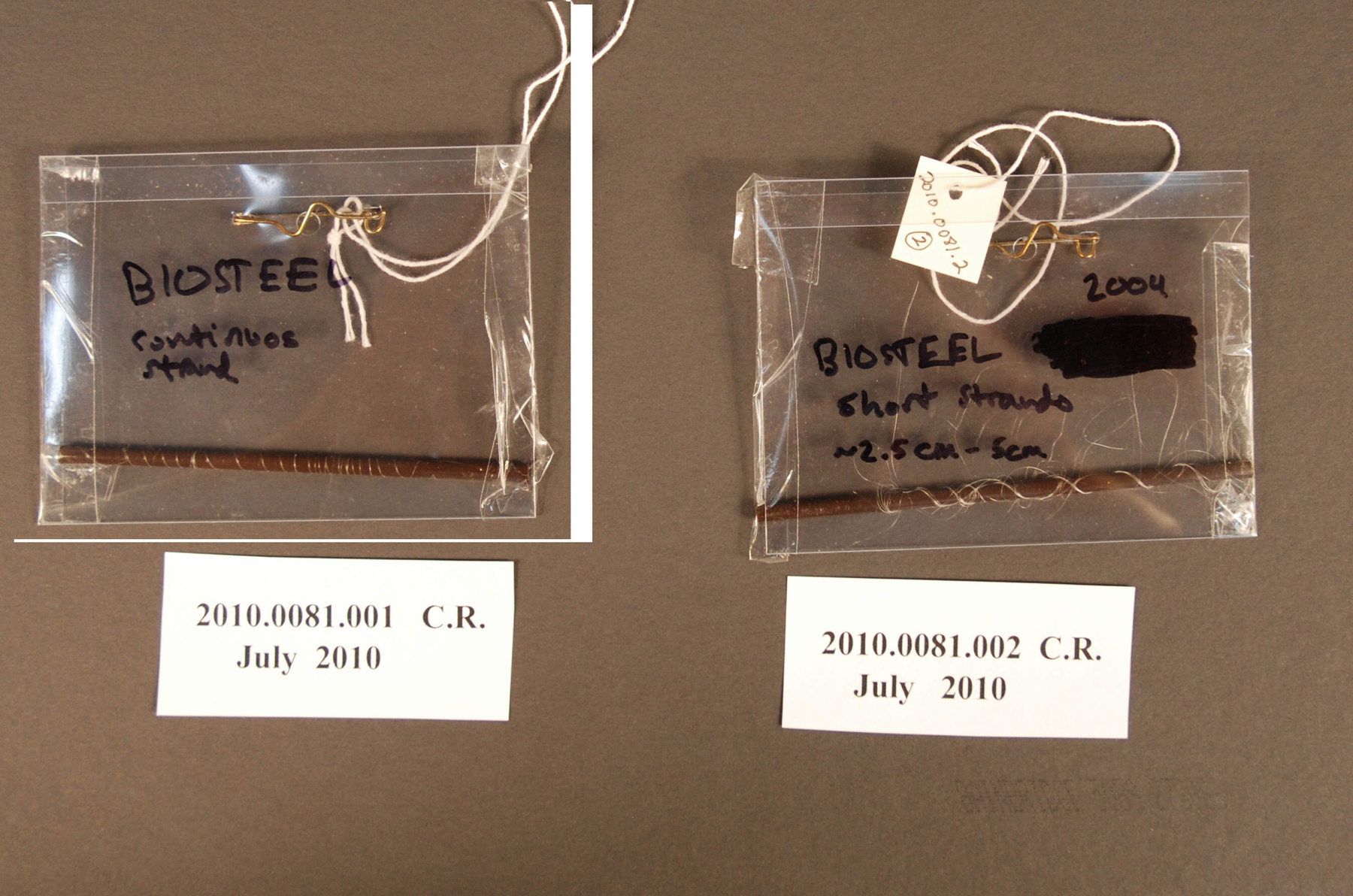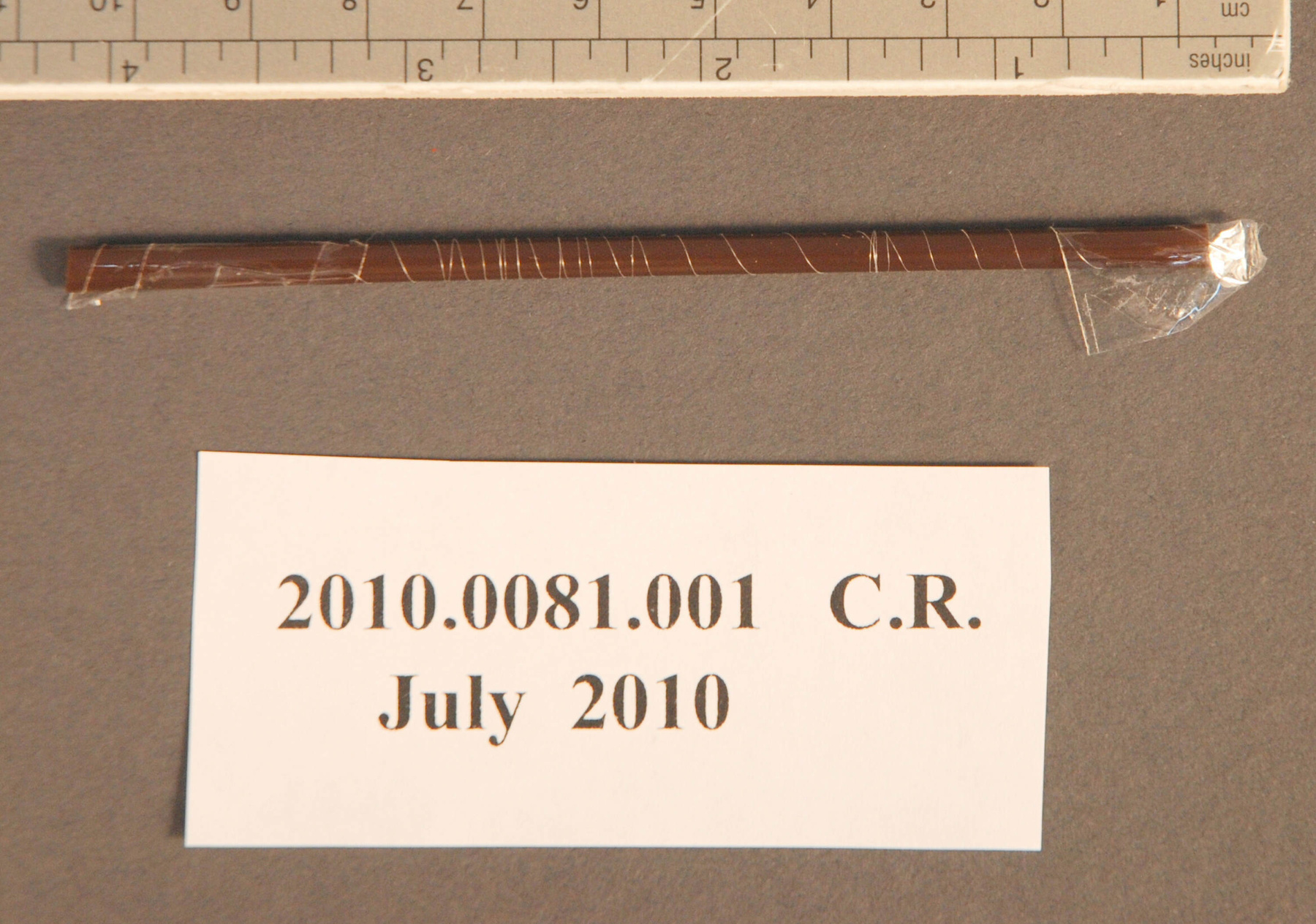Fibre sample
Use this image
Can I reuse this image without permission? Yes
Object images on the Ingenium Collection’s portal have the following Creative Commons license:
Copyright Ingenium / CC BY-NC-ND (Attribution-NonCommercial 4.0 International (CC BY-NC 4.0)
ATTRIBUTE THIS IMAGE
Ingenium,
2010.0081.001
Permalink:
Ingenium is releasing this image under the Creative Commons licensing framework, and encourages downloading and reuse for non-commercial purposes. Please acknowledge Ingenium and cite the artifact number.
DOWNLOAD IMAGEPURCHASE THIS IMAGE
This image is free for non-commercial use.
For commercial use, please consult our Reproduction Fees and contact us to purchase the image.
- OBJECT TYPE
- silk protein
- DATE
- 2010
- ARTIFACT NUMBER
- 2010.0081.001
- MANUFACTURER
- Advanced Food & Materials Network
- MODEL
- BioSteel
- LOCATION
- Guelph, Ontario, Canada
More Information
General Information
- Serial #
- N/A
- Part Number
- 1
- Total Parts
- 2
- AKA
- N/A
- Patents
- N/A
- General Description
- recombinant silk protein fiber sample, wound on synthetic [?] rod; synthetic and metal tag holder
Dimensions
Note: These reflect the general size for storage and are not necessarily representative of the object's true dimensions.
- Length
- 10.5 cm
- Width
- 8.1 cm
- Height
- 1.1 cm
- Thickness
- N/A
- Weight
- N/A
- Diameter
- N/A
- Volume
- N/A
Lexicon
- Group
- Agriculture
- Category
- Research
- Sub-Category
- N/A
Manufacturer
- AKA
- AFMNet
- Country
- Canada
- State/Province
- Ontario
- City
- Guelph
Context
- Country
- Canada
- State/Province
- Ontario
- Period
- This sample presumably produced in 2010.
- Canada
-
Research related to this innovation has and does take place in both Canada and the United States, but Nexia Biotechnologies, based outside of Montreal, were responsible for the initial development of the goats and the fiber. Humans have been interested in spider silk, which is exceptionally strong, for centuries, but have been held back from using spider silk in any major way because of the difficulty of harvesting it in large quantities. In the last quarter of the twentieth century, scientists became interested in manufacturing the silk outside of the spider. Randy Lewis, from the University of Wyoming, isolated the gene that produced the dragline silk in orb weavers and determined the code of its DNA. Nexia Biotechnologies was able to produce the protein in goats and spin them into fibers. Nexia's accomplishments were announced in 2002. Since 2005, Nexia has done very little development of BioSteel and transgenic spider silk goats. The company's goat herd was moved to a farm in eastern Ontario and, in 2007, many of the goats were transferred to the University of Wyoming for further academic research. Advanced Food and Materials Network (AFMNet), a national research network federally funded through the Networks of Centres of Excellence, purchased Nexia's spider silk assets in 2009 and signed an agreement with the University of Wyoming to jointly develop the production system (goats). AFMNet researchers from Canadian universities do research that is not connected to the goats, but rather to the proteins and the produced fibers. [Ref. 1] - Function
-
Fibre intended for use in high performance materials. - Technical
-
BioSteel is the trademarked name for a biologically produced silk protein fiber. As of 2010, it is spun from recombinant spider silk protein produced in the mammary glands of genetically modified goats. The goats are created through a process that starts outside of the goat, when scientists create a genetic construct, which includes one of the spider genes that produces silk, a promotor that is milk specific, and a terminator. The genetic construct is transferred to a female goat at the beginning of her pregnancy. Her female offspring will produce the spider silk protein in their milk when they lactate. Milk is obtained from these goats the same as in any other milking process. The milk is spun quickly to separate it into its different components, one of which is a liquid solution that contains the spider silk protein. The protein is then precipitated from the solution. It is made into a fiber through wet spinning. The protein is dissolved in a water-based solution that is then extruded through the tiny holes of a spinneret. Contact with the air begins to solidify the extruded strands. The remaining water is moved by exposing the strands to methanol. The strands are then wound onto a bobbin. AFMNet and the University of Wyoming continue to research the transgenic goats and the protein they produce. The University of Wyoming is working to optimize the production system (goats) of protein and milk, improving isolating the protein, and formulating some prototype products. AFMNet is working on research that does not relate to the goats, such as formulation of the proteins into fibers with commercially relevant mechanical properties. The work on transgenic goats and BioSteel reflects trends in genetic modification. Tom Dowler, from AFMNet, argues that "Industry and scientists are always looking for new ways to express useful proteins which could be used in pharmaceuticals and biomaterials. [. . .] These biomaterials represent a sustainable, biodegradable replacement for many high performance products, including Kevlar, nylon, and plastics. As a number of biomaterials cannot be extracted in high enough volumes from their original source, alternative expression systems have been developed such as transgenic goats and transgenic crops" ( Supp info 1.) - Area Notes
-
Unknown
Details
- Markings
- No markings evident on sample proper. "BIOSTEEL/ continuos [sic]/ strand" printed by hand in blue marker on tag holder casing.
- Missing
- Appears complete.
- Finish
- Translucent strand wound around dark brown synthetic [?] rod. Sample and rod housed within synthetic name tag holder, fitted with silver metal pin.
- Decoration
- N/A
CITE THIS OBJECT
If you choose to share our information about this collection object, please cite:
Advanced Food & Materials Network, Fibre sample, circa 2010, Artifact no. 2010.0081, Ingenium – Canada’s Museums of Science and Innovation, http://collection.ingeniumcanada.org/en/id/2010.0081.001/
FEEDBACK
Submit a question or comment about this artifact.
More Like This
